You may know Tsukiji as the home of Tokyo’s world-famous fish market, but it’s also the site of one of the city’s most unique and popular events—Tsukiji Hashigo-zake. (“Hashigo-zake,” which literally translates to “drinking ladder,” is the Japanese phrase for bar hopping or a pub crawl.) Conceived and organized by a committee of young local shop owners looking to liven up their neighborhood, the event was first held in 2014 and was a rousing success from the start. It’s been held every year since then, with 2016 marking its third anniversary. With the 2017 incarnation of the event right around the corner, we spoke with the organizers about the motivation behind the event and their passion for their local neighborhood of Tsukiji. At the end of the article, we’ll tell you how you can take part yourself!
▲Tsukiji Hashigo-zake in November 12,2016(audio will play)
Take Map in Hand and Savor the Best of Tsukiji!
Conceived and organized by a group of young shop and restaurant proprietors in the Tsukiji area, the first Tsukiji Hashigo-zake was held in November 2014. Twenty-three shops took part, welcoming a whopping eight hundred customers—a remarkable success for the inaugural event. It’s continued to grow in scale and scope each year, with last year’s event setting new highs of forty participating venues and 2200(!) visitors.
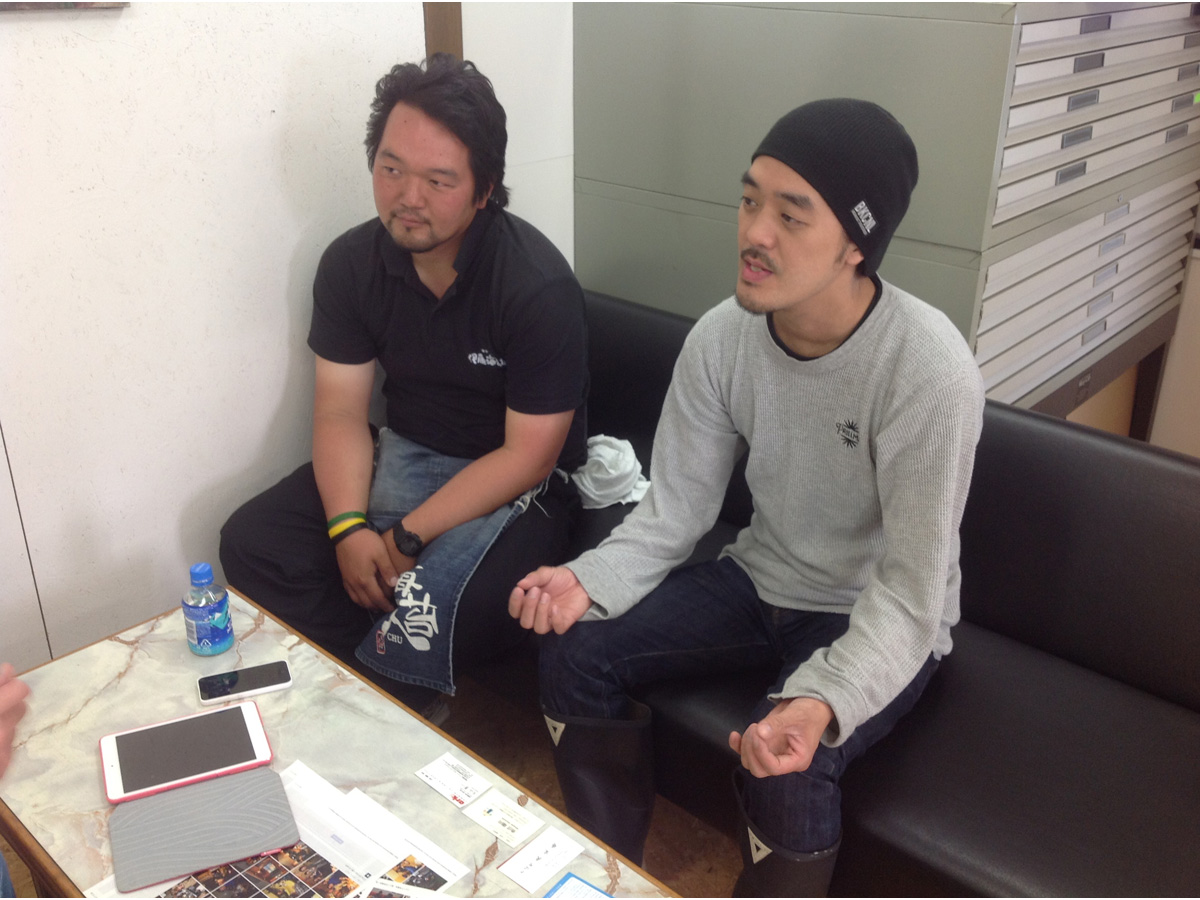
▲On the left is Shingo Ito, fourth-generation proprietor of Tsukiji’s Itō Nori-ten (Itō Seaweed Shop). On the right is event committee chair and second-generation proprietor of Tsukiji Choseian, Sōichirō Matsumoto. Not pictured is chairperson and Facebook PR manager Hideaki Kojima, third-generation proprietor of Hongyoku Kojima, a specialty tamago-yaki (rolled egg omelette) shop also in Tsukiji.
●Feast on the Flavors of Tsukiji
From fresh sashimi and sushi to tempura, soba noodles, grilled skewers and even Japanese curry and ramen, you can enjoy the entire range of culinary delights Tsukiji has to offer. Many shops also offer special dishes made specifically for this event. “One of the new dishes was so popular that we ended up adding it to our regular menu,” explains Mr. Ito. “At any rate, all the food is just to die for—this is Tsukiji, after all,” he adds with a smile.
●Bottoms Up!
Looking to wet your whistle? You can enjoy sake, beer, wine, shōchū and wide variety of other tasty and refreshing beverages.
“When you think of Tsukiji, you may think of sushi and other Japanese food, but the Hongwanji area has trendye European-inspired bars as well” Mr. Ito adds. “A prosciutto and wine bar and a German-style beer house—just to name two—were particularly popular.”
●A Perfect Place to Make New Friends
Of course, you can invite your friends and enjoy Tsukiji together, but don’t be shy—meeting new people is one of the best things about an event like this. Say “Kanpai!” and share a toast with the people around you—and exchange information about the tastiest spots you’ve found—and strangers will become drinking buddies before you know it!
“We get participants of all ages, particularly those in their thirties, forties, and fifties. The male-female ratio just about half and half,” Mr. Matsumoto explains, giving us a breakdown. “I even saw an older man, probably in his sixties, who had come alone—he looked like he was having the time of his life,” he adds with a grin.
See a Whole New Side of Tsukiji!
The committee responsible for organizing the event is composed mainly of young, second- to fourth-generation proprietors of local restaurants and businesses who are deeply invested in Tsukiji and its future.
“We want people to be able to casually enjoy the culinary delights Tsukiji is known for.”
“We want people to experience everything Tsukiji has to offer, and liven up the neighborhood more and more.”
“We want people to see Tsukiji as not just a one-time tourist stop, but a place they want to come back to again and again!”
The passion of the organizers is truly infectious, and has caught on among all the participating venues, who pour their heart and soul into preparing for this event.
“Ultimately, we want Tsukiji to be a neighborhood that is loved by all. We’re hoping that even people who live and work in the area will come and enjoy the event. Needless to say, we also welcome participants from around the world!” says Mr. Ito cheerfully.
“If someone comes to the event and thinks, ‘Wow, Tsukiji is a great place!’—nothing could make us happier,” nods Mr. Matsumoto. “If they decide they want to move to Tsukiji and join us, even better!” he adds with a laugh.
▲Tsukiji Hashigo-zake in November 12,2016(audio will play)
The 2018 Event Is Right Around the Corner!
Now in its fifth year, the event is so popular that every time it’s held, staff members are immediately bombarded with people asking “when’s the next one!?” Newcomers and veterans alike are waiting for the 2018 incarnation of the event with bated breath.
“Thanks to our wonderful customers, we’ve been able to bring the event back every year. We’re always building new connections and learning together, and we’re proud to say that it’s become more than just a day for people to get drunk and cast their worries away,” beams Mr. Ito. “The best eating and drinking establishments in Tsukiji can’t wait to welcome you inside,” he adds.
Mr. Matsumoto, “There are lots of neighborhood-wide events in Tokyo, each with their own character and selling points. We’ve dour best to ensure that Tsukiji Hashigo-zake has something to appeal to everyone. We feel that it’s important to keep the event going, as well as to exchange opinions—not only within our own neighborhood but all of central Tokyo—to build up excitement and enthusiasm and make Tsukiji all that it can be.”
You may have heard the news about the famous fish market moving from Tsukiji, but fear not. The outer market and the surrounding shops—and of course, the Tsukiji Hashigo-zake event—aren’t going anywhere! If you like to eat and drink, and are interested in exploring one of Tokyo’s most fascinating neighborhoods, why not come and experience it for yourself?
Welcome to Tsukiji:http://www.tsukiji.or.jp/english/index.html
Count Me In!
Tsukiji Hashigo-zake is almost like an orienteering event that will take you all across the Tsukiji area in your search for delicious food and drink. Here’s how to take part for yourself!
1. First, either buy an advance ticket online (see the site below), or simply show up and purchase a same day ticket at the venue.
The former is available for 600 yen and includes a wristband, official merchandise, and a free drink ticket that can be used from the day after the event. Same-day tickets are 1000 yen . (*2017 prices, tax included)
2. On the day of the event, go to the venue and line up at the reception counter. (There are separate lines for reserved and non-reserved tickets.)
3. Slip on your wristband, take map and menu in hand and make for whatever shop strikes your fancy. Enjoy tasty specialty dishes for a single coin (500 yen) as well as all kinds of beverages, paying as you go.
4. Once you’re through enjoying one shop, move on to the next venue, then the next, and the next—until you’ve had your fill!

★Tsukiji Hashigo-zake 2018★
When: Saturday, November 17, 2018 from 4 p.m. to 9 p.m.
Where: Fifty participating locations across the Tsukiji area
Check-in at Tsukiji Hongwanji Temple.
Admission fee: 600 yen (advance tickets), 1000 yen (same-day tickets)
Reserve advance tickets online at:
https://passmarket.yahoo.co.jp/event/show/detail/01008nz6ubej.html
(*Site available in Japanese language only)
For more information, visit the official Facebook site at:
http://www.facebook.com/Tsukijihasigo/
*The above has been translated from an updated version of a Japanese article originally posted on the Ark Blog on September 28, 2015.
Translation: Jon Machida
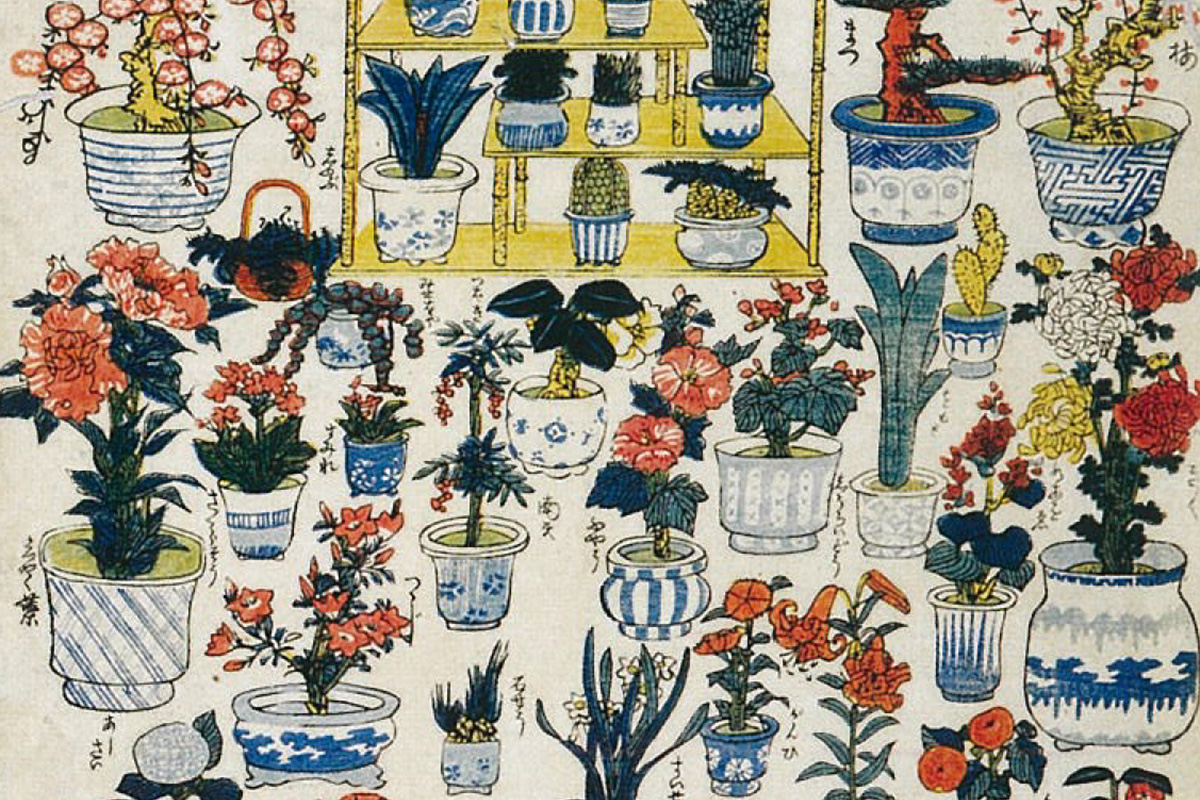
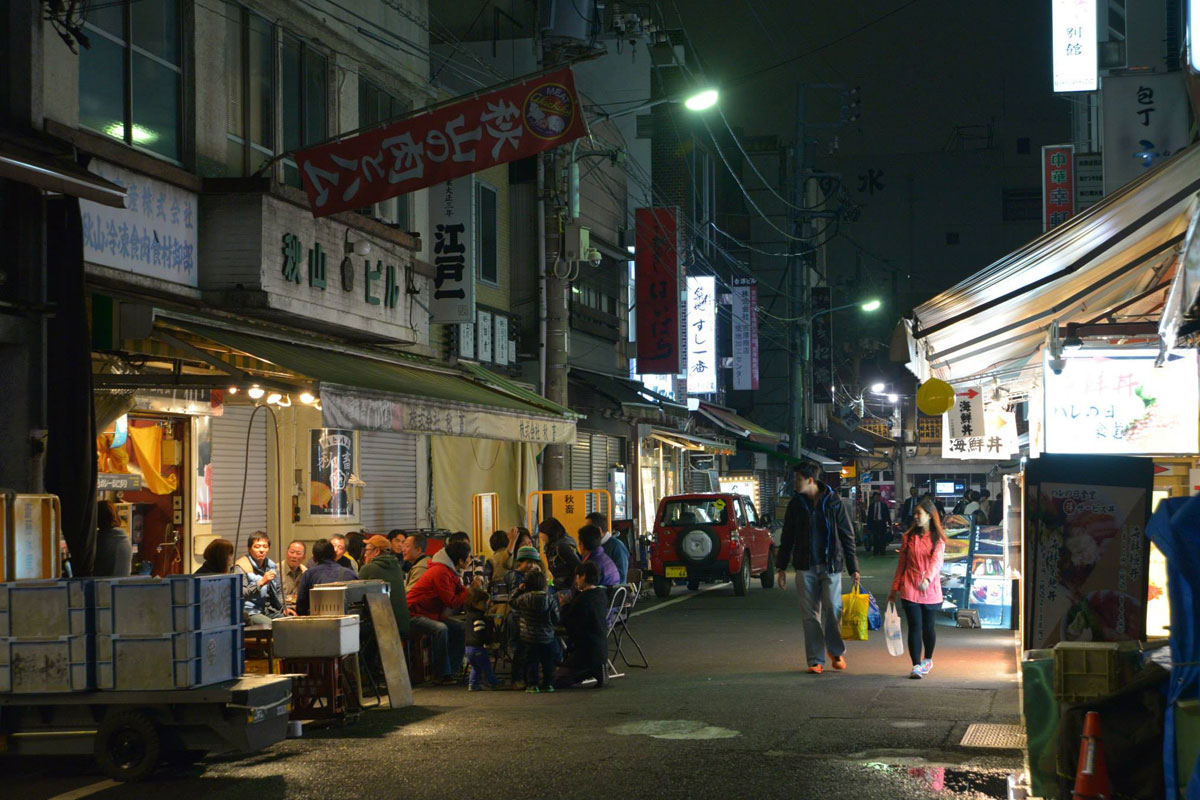
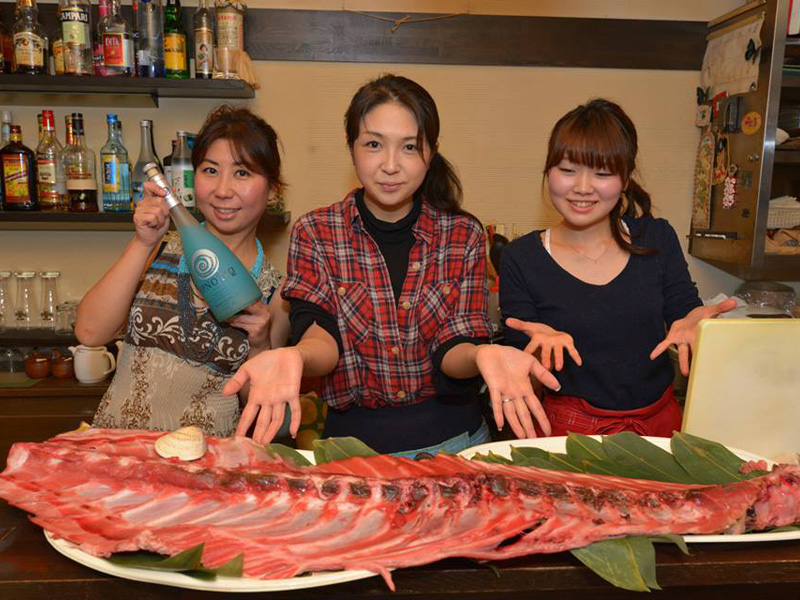

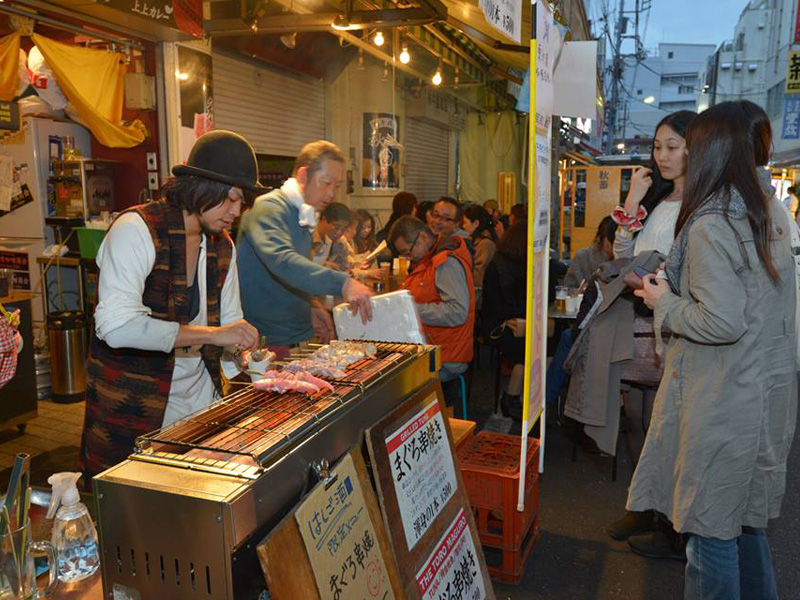
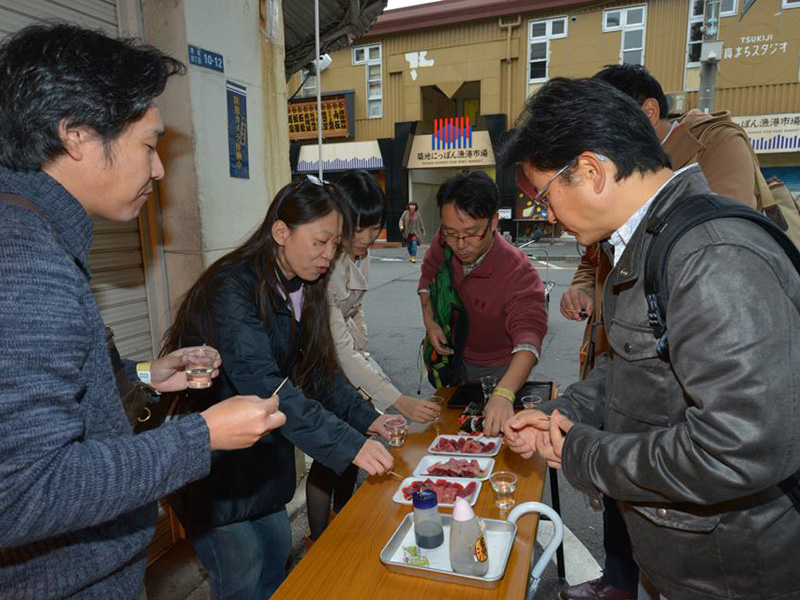
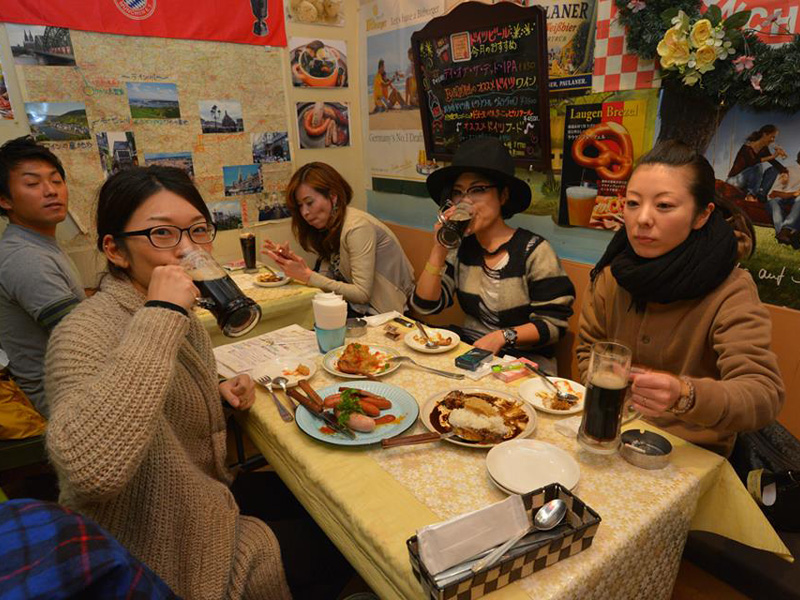
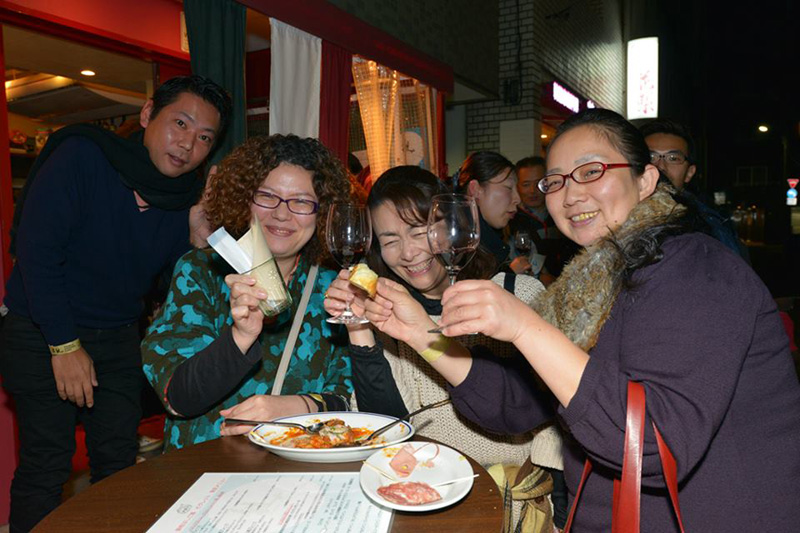
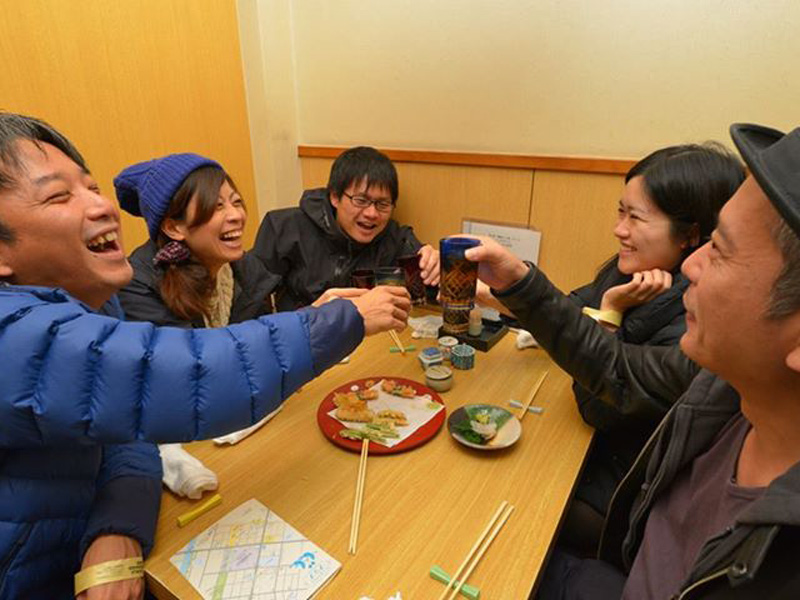

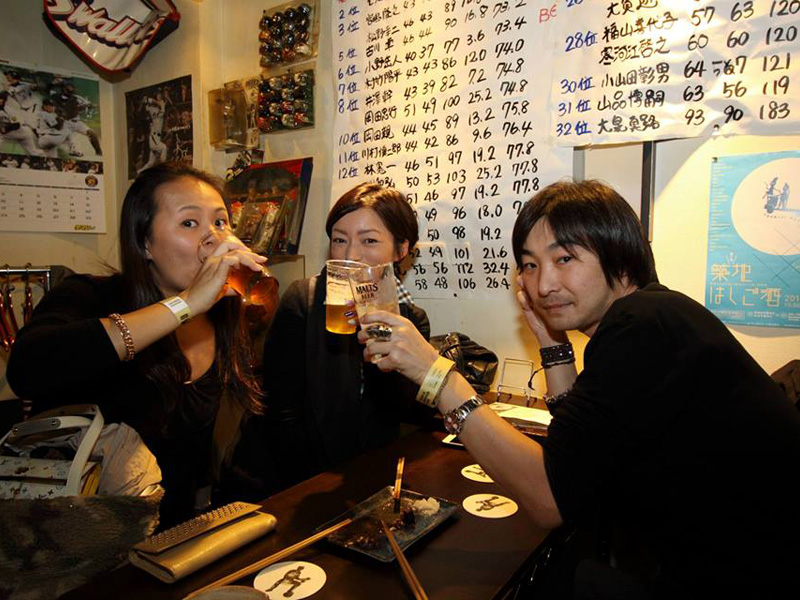
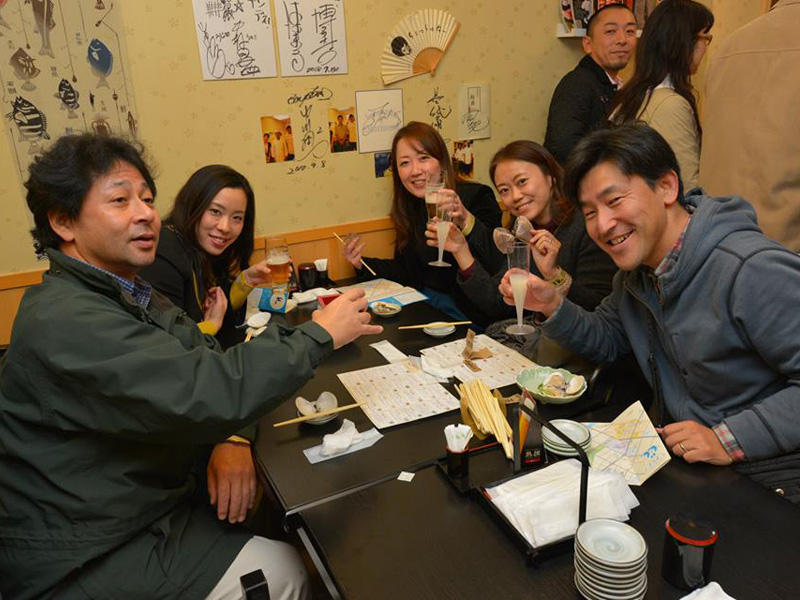
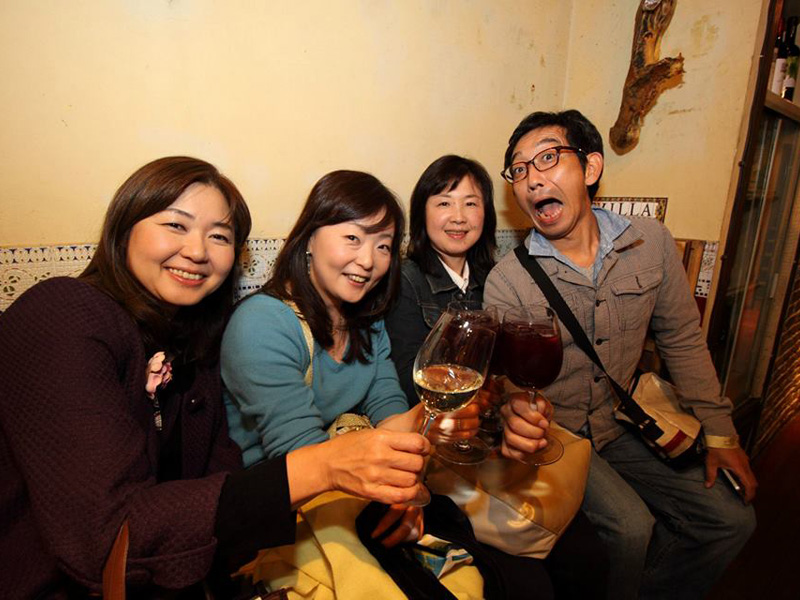


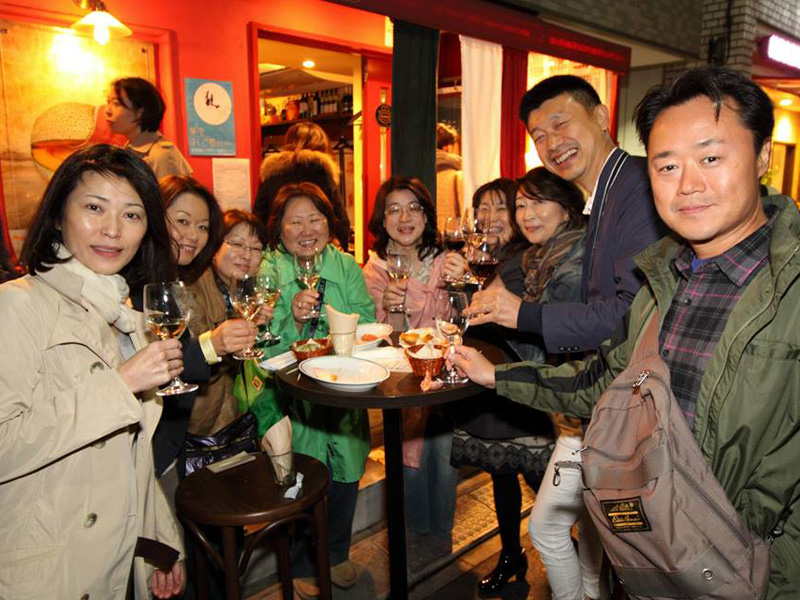
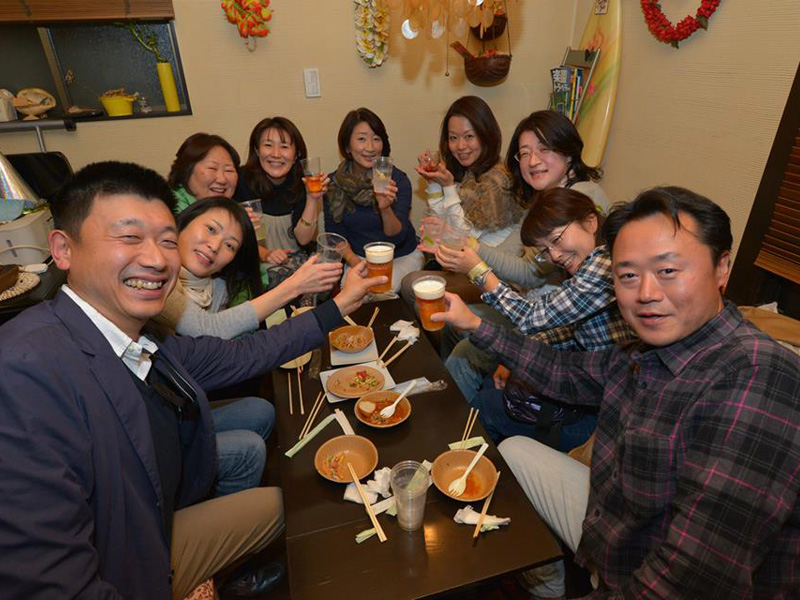

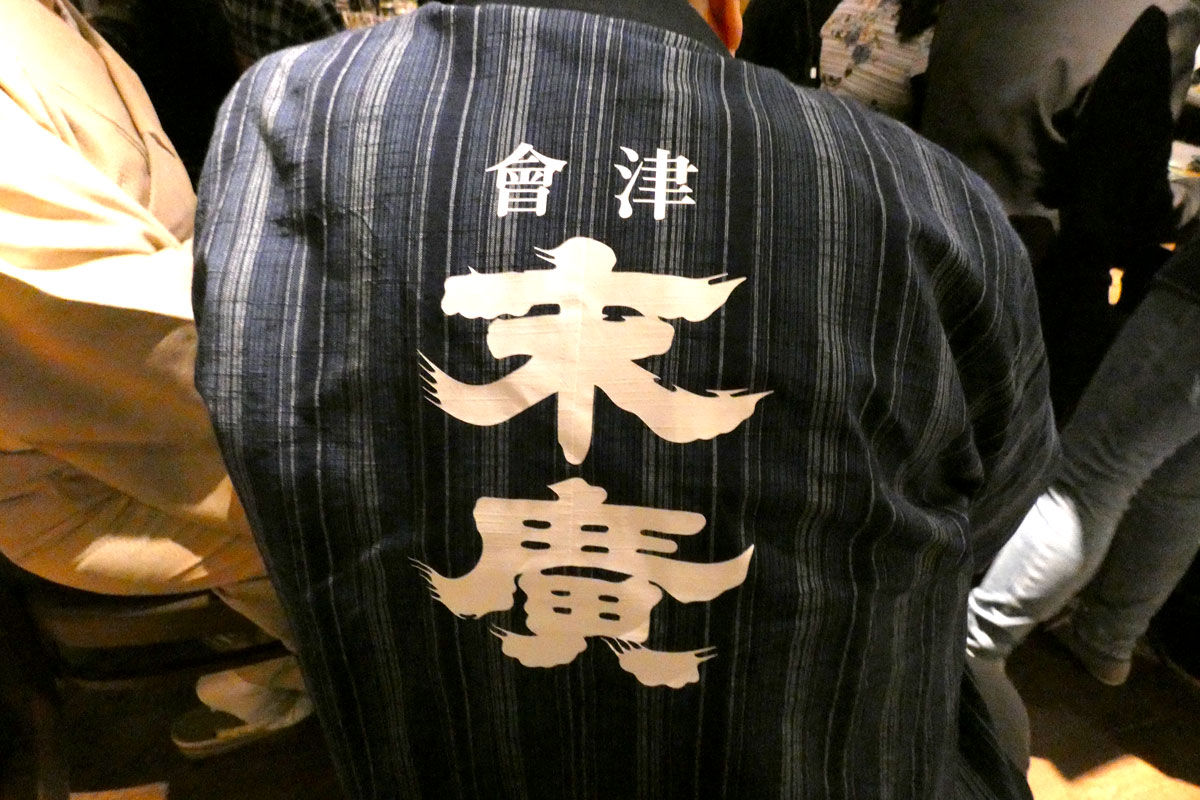

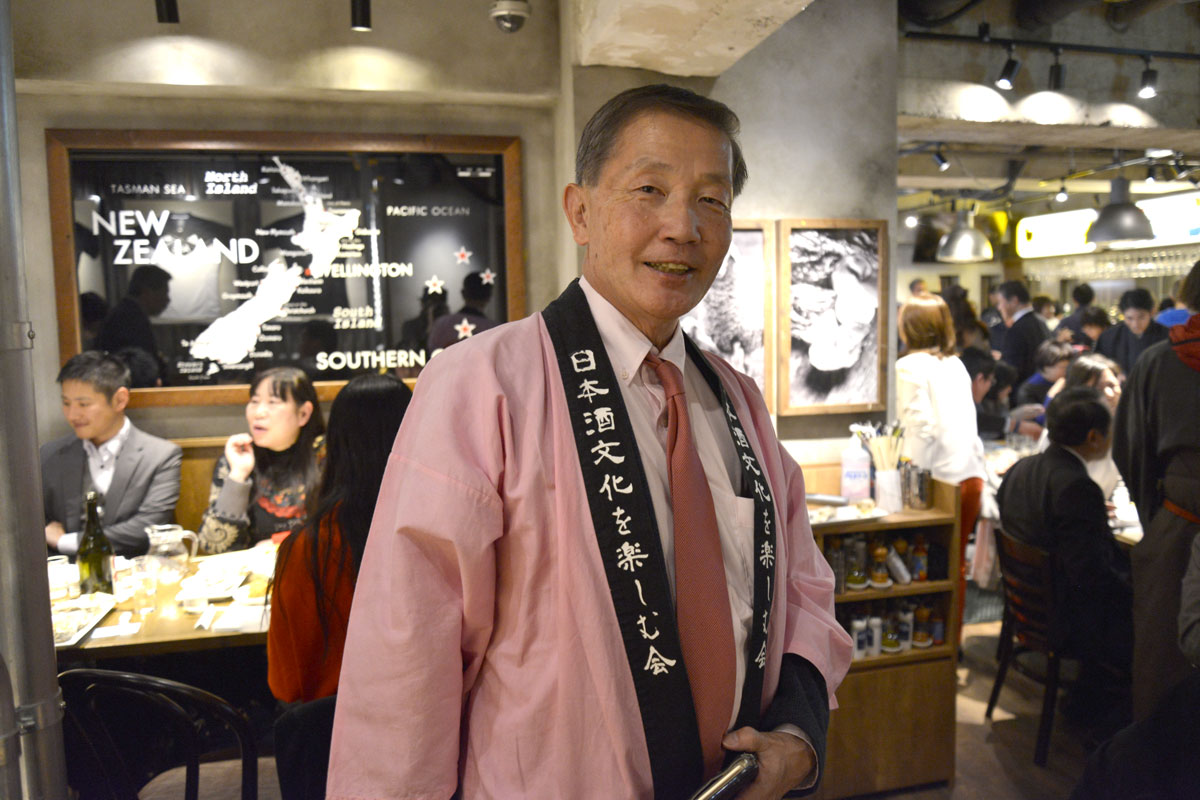

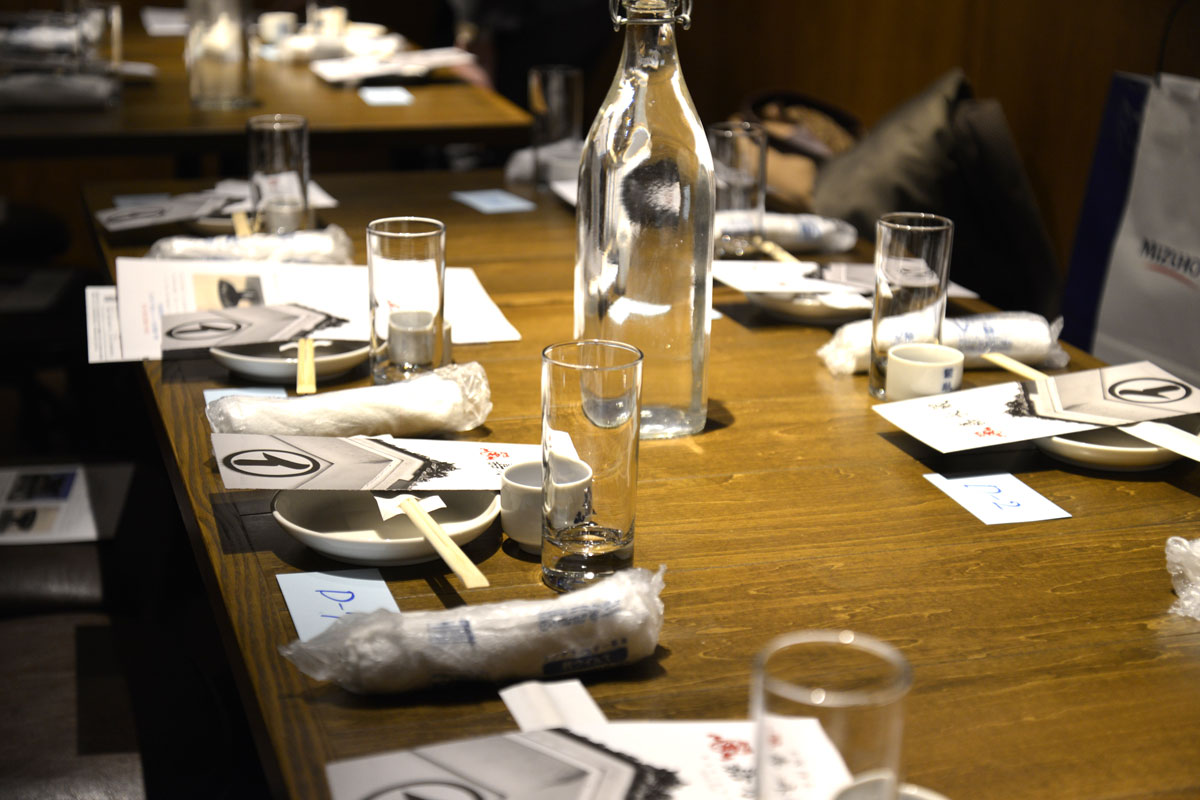
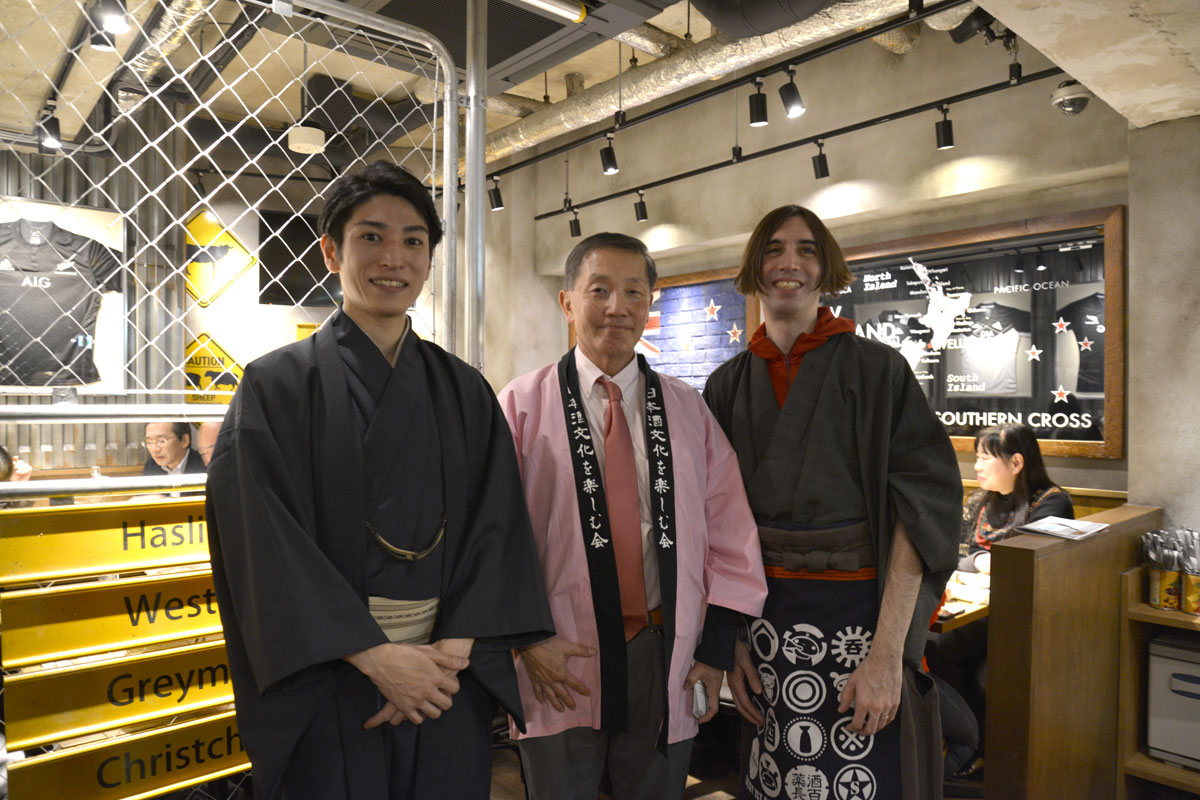

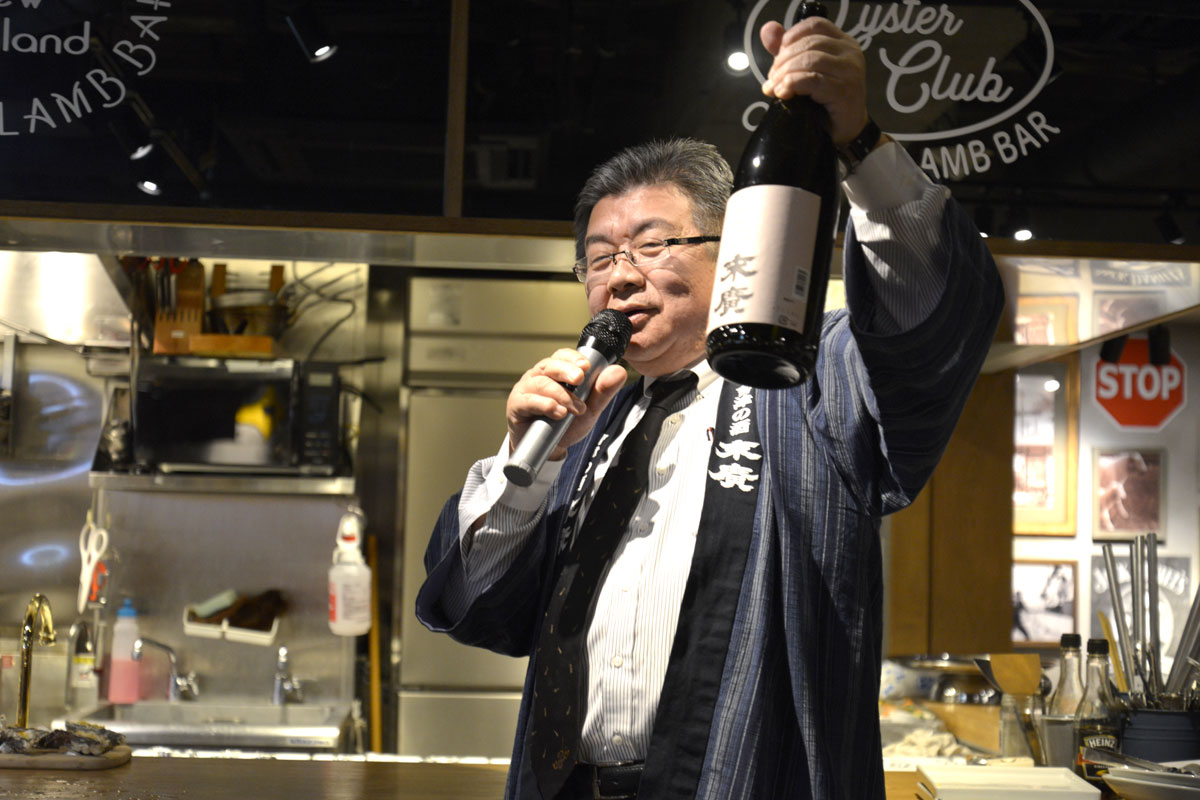

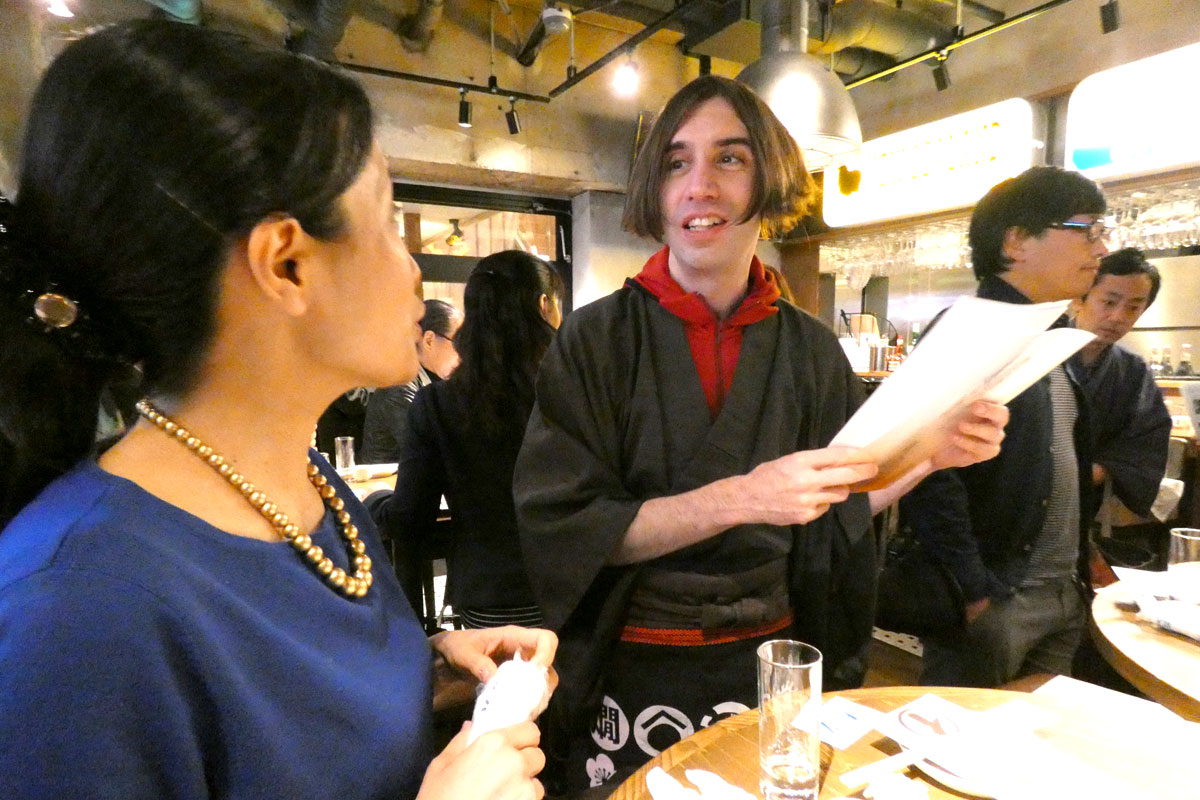


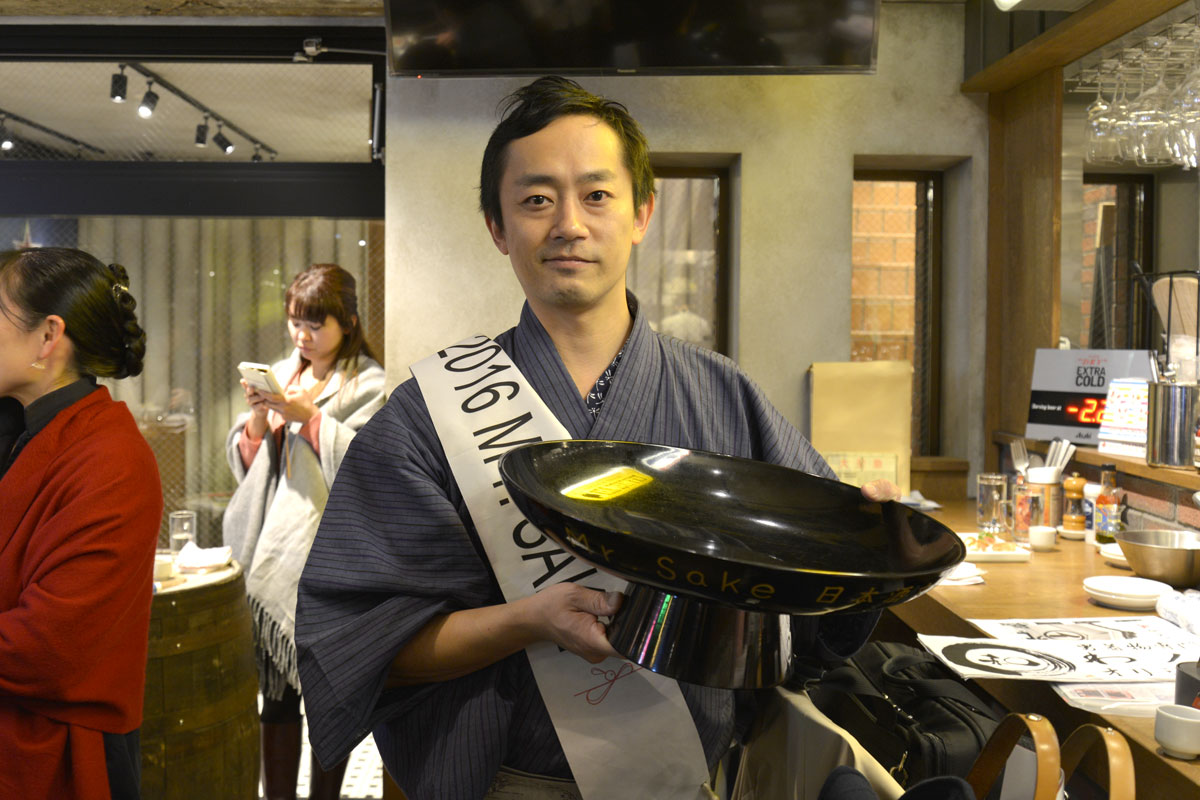
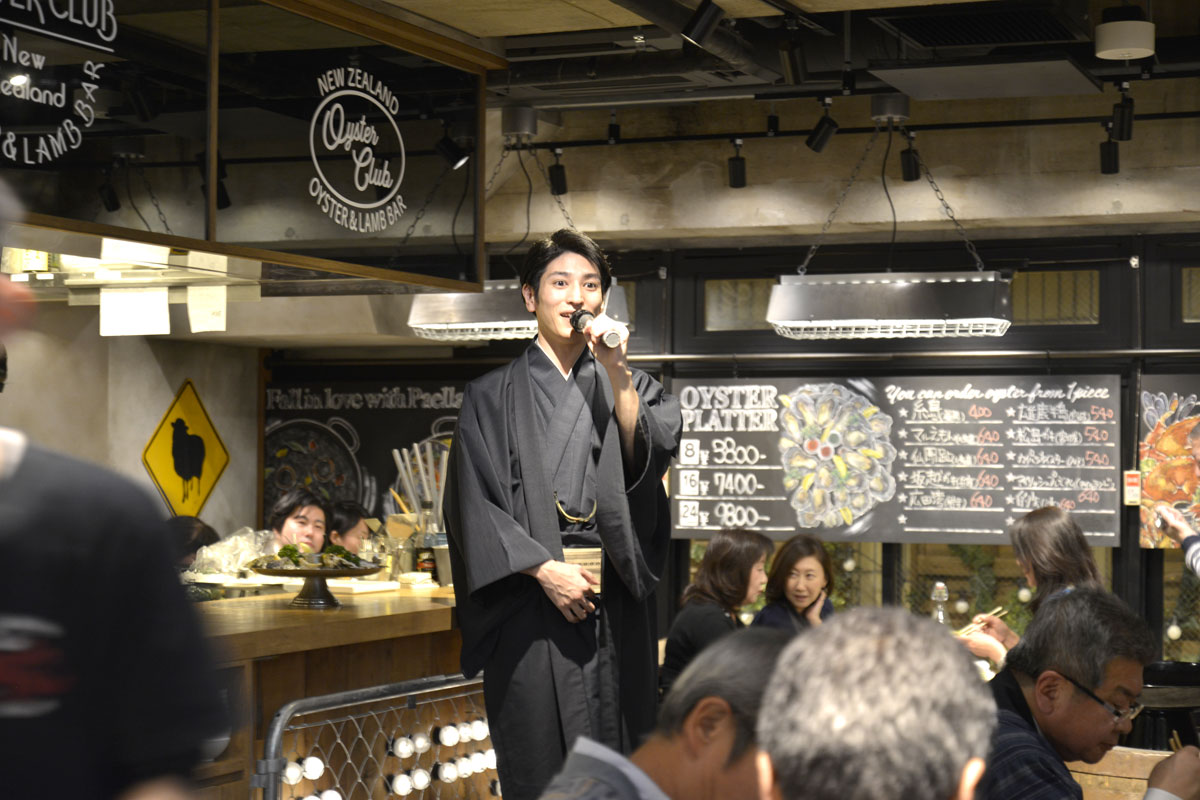
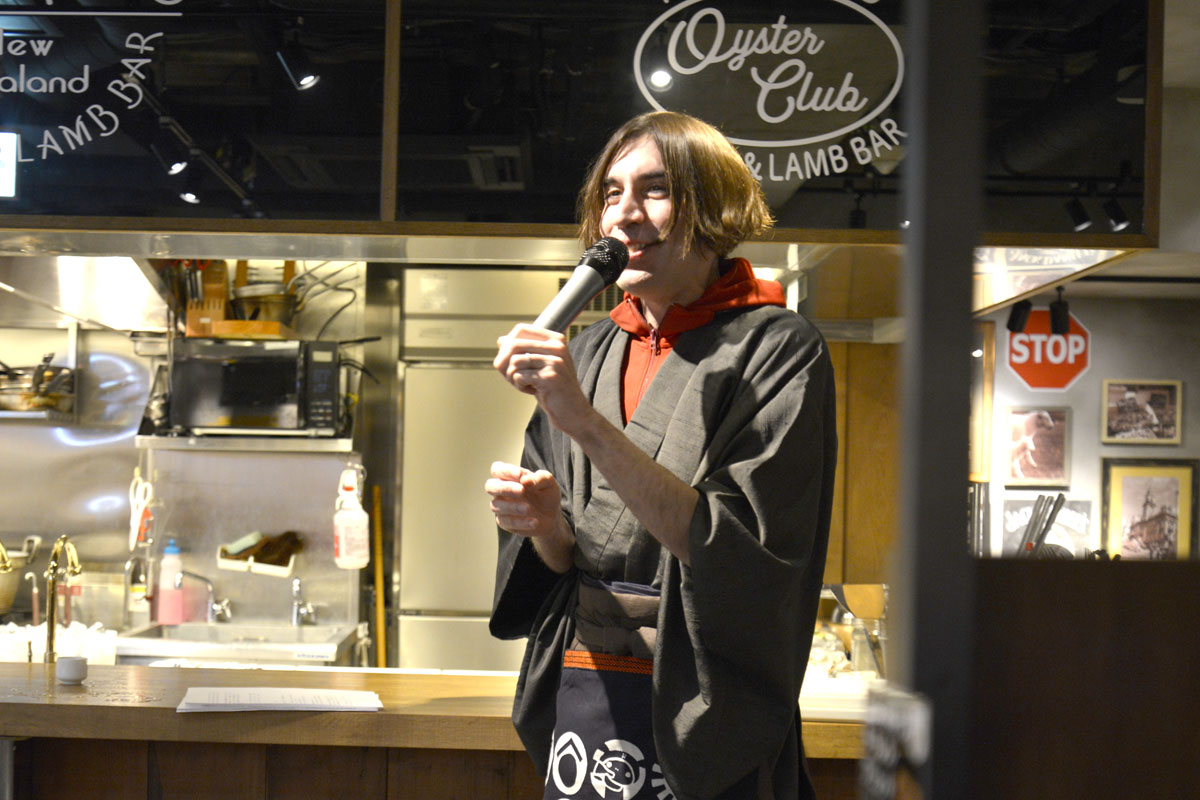
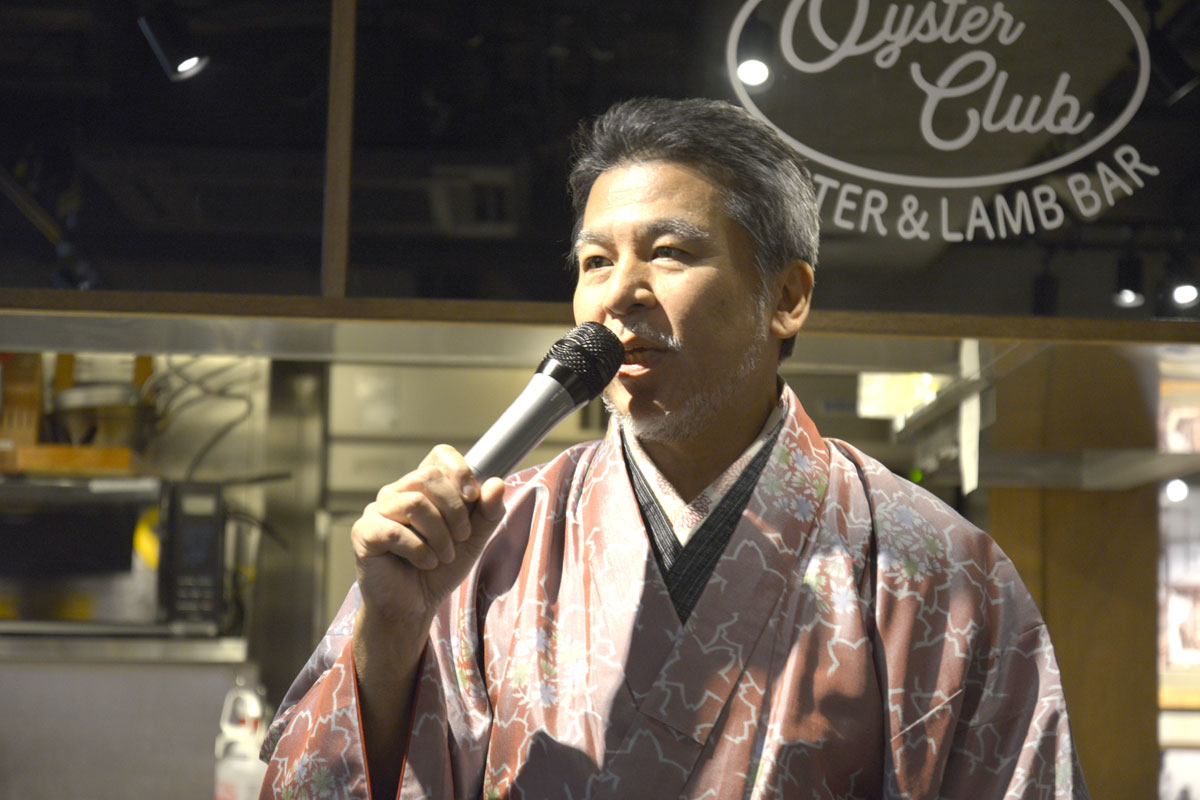
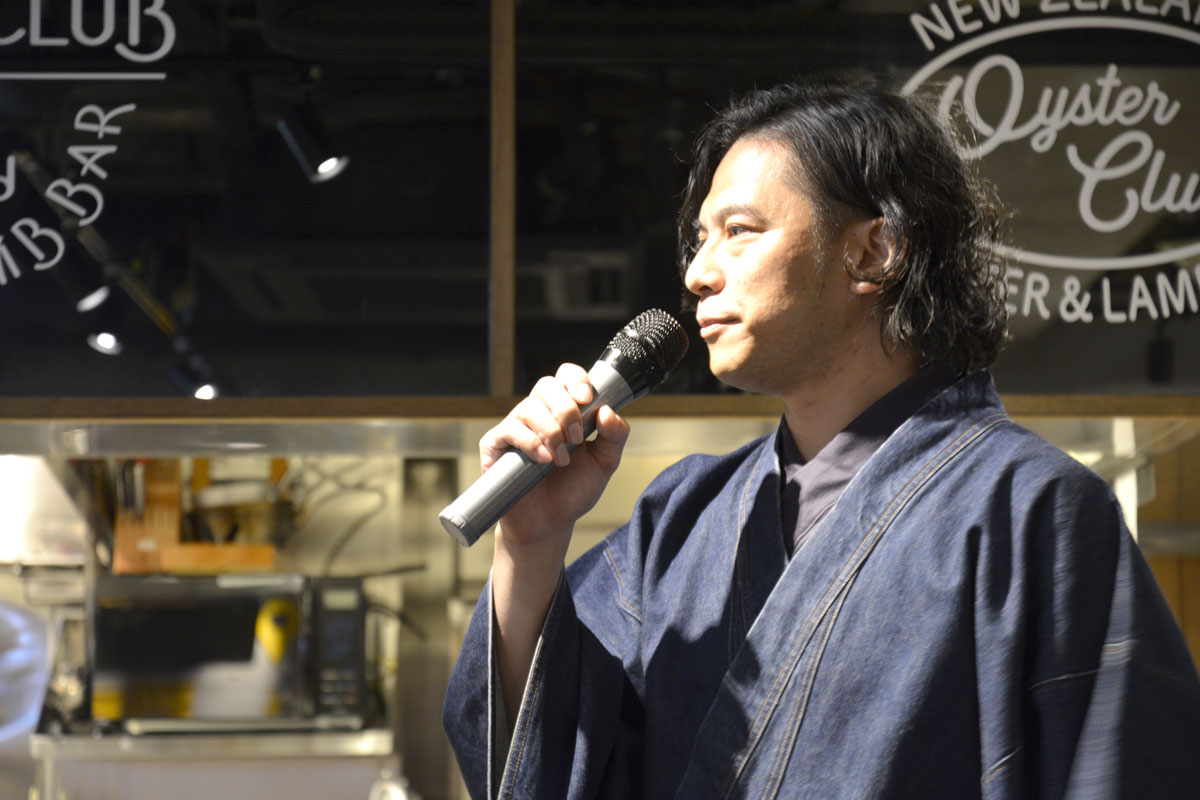

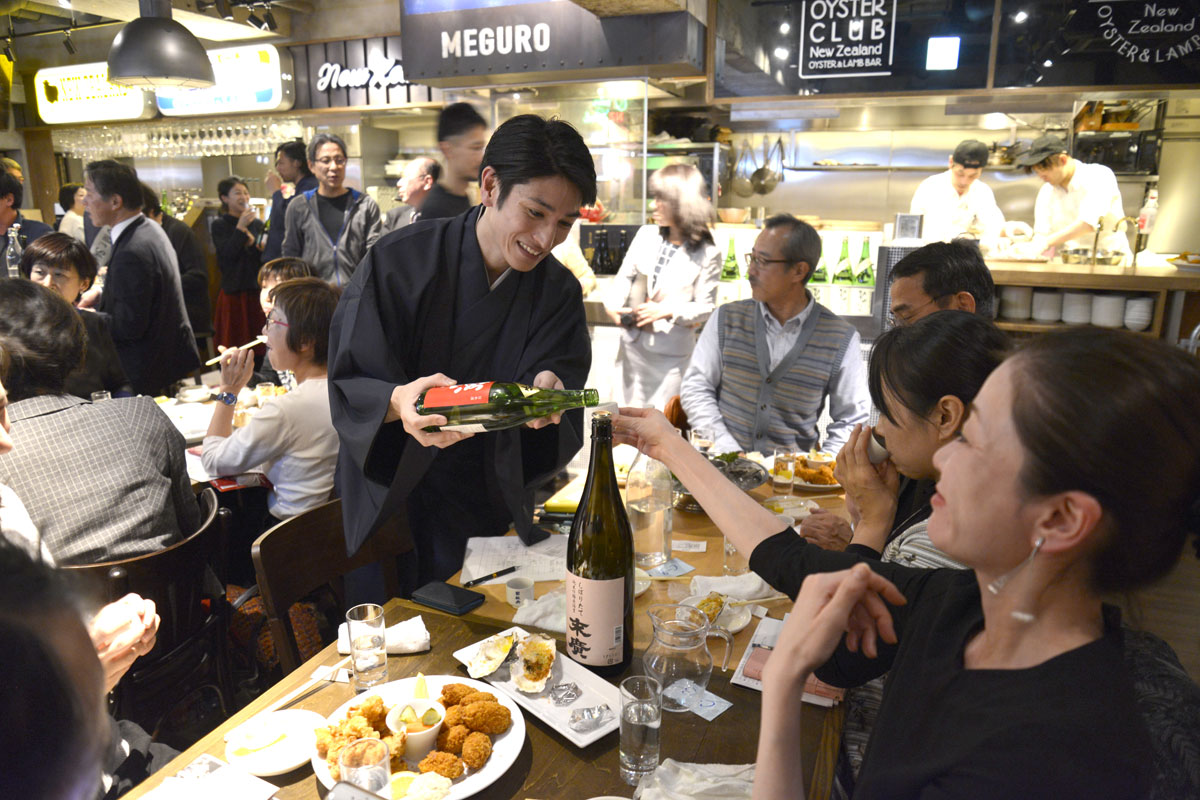
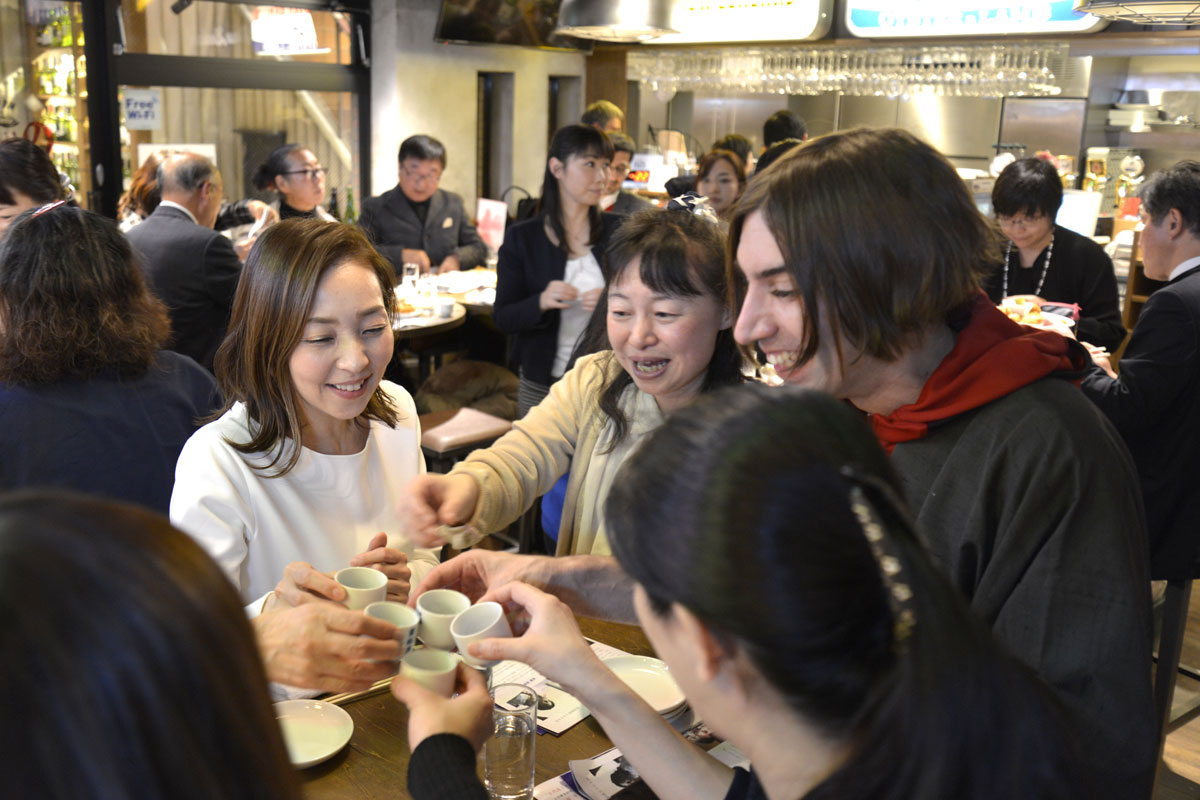
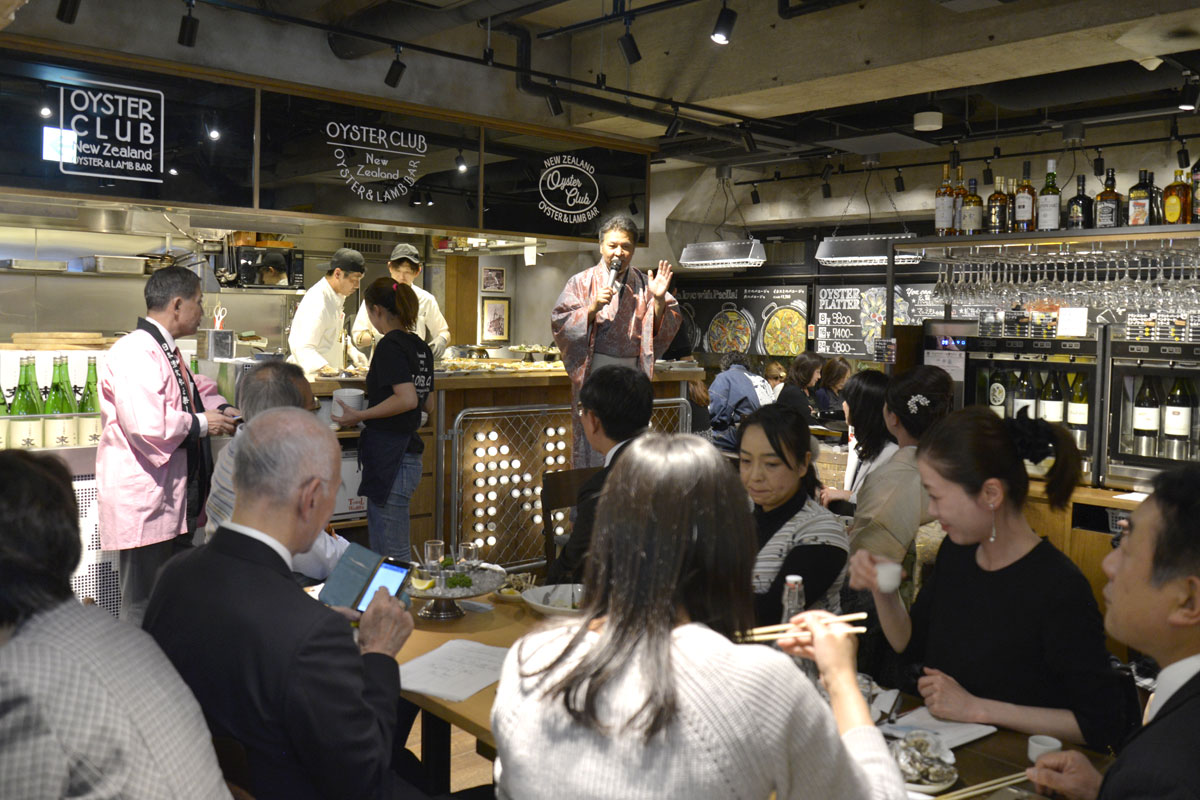
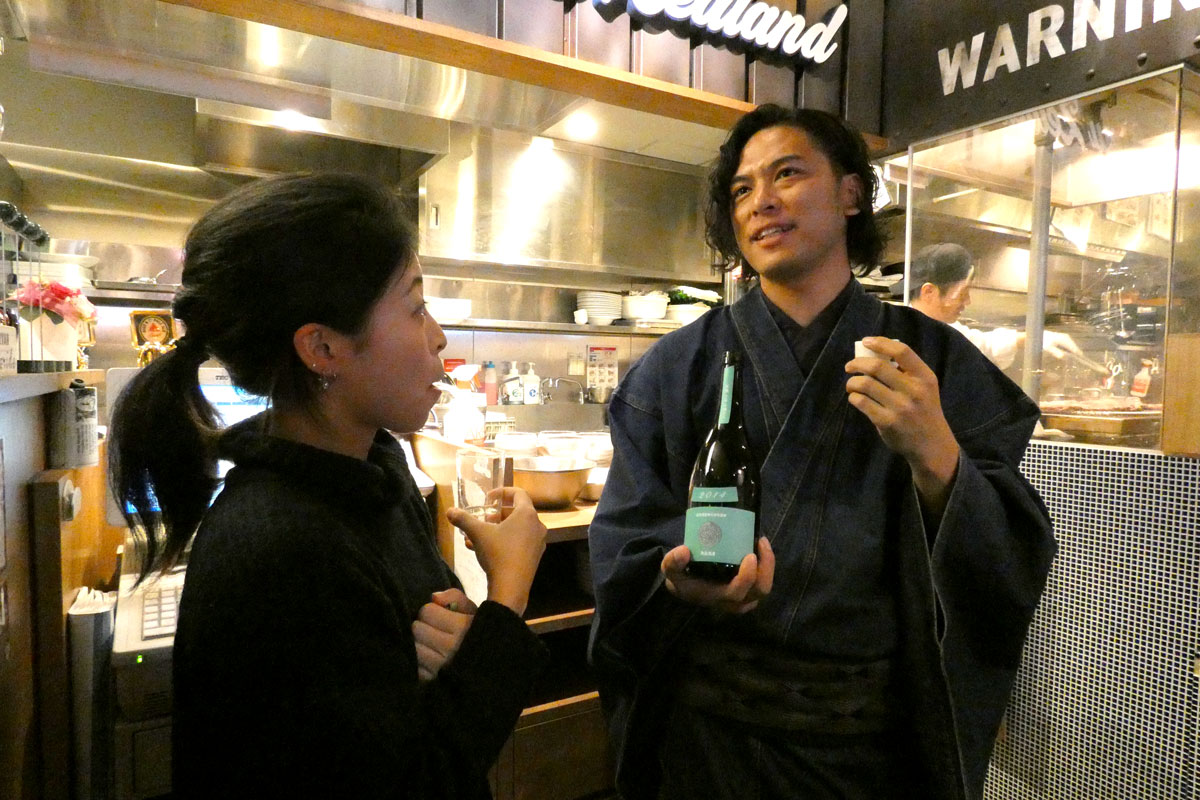

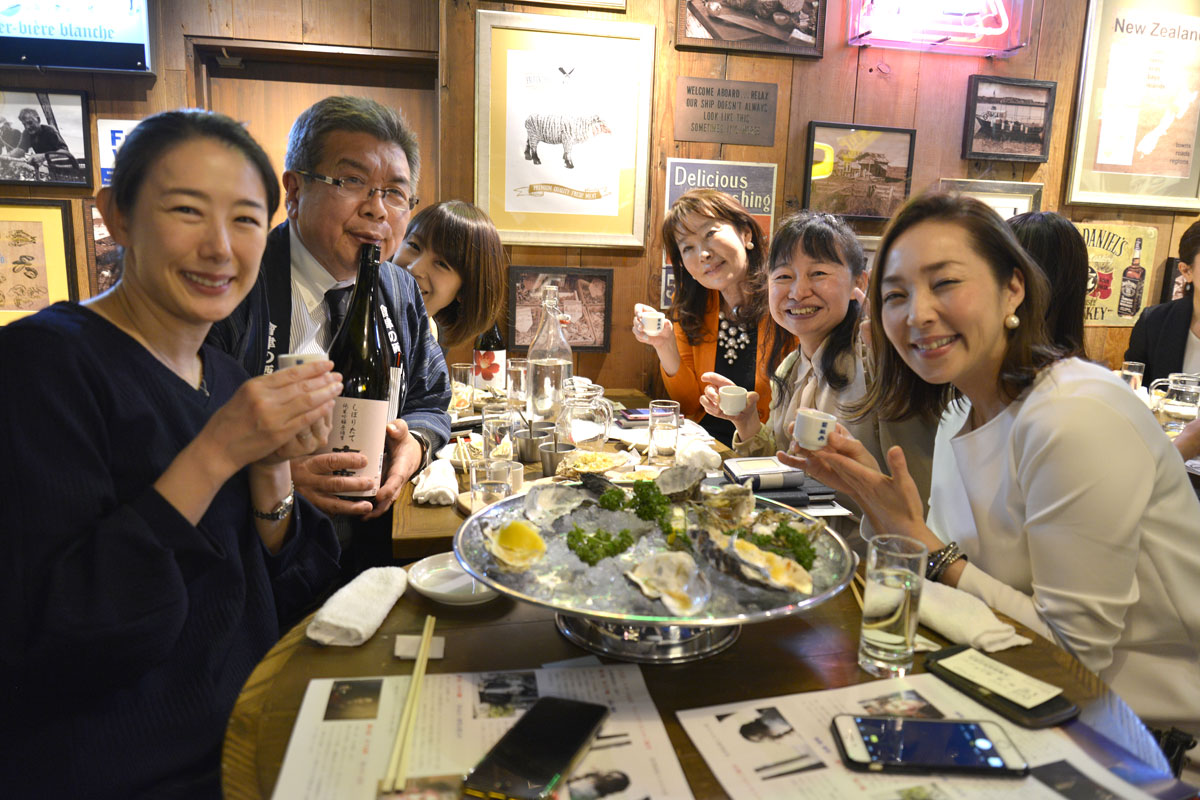
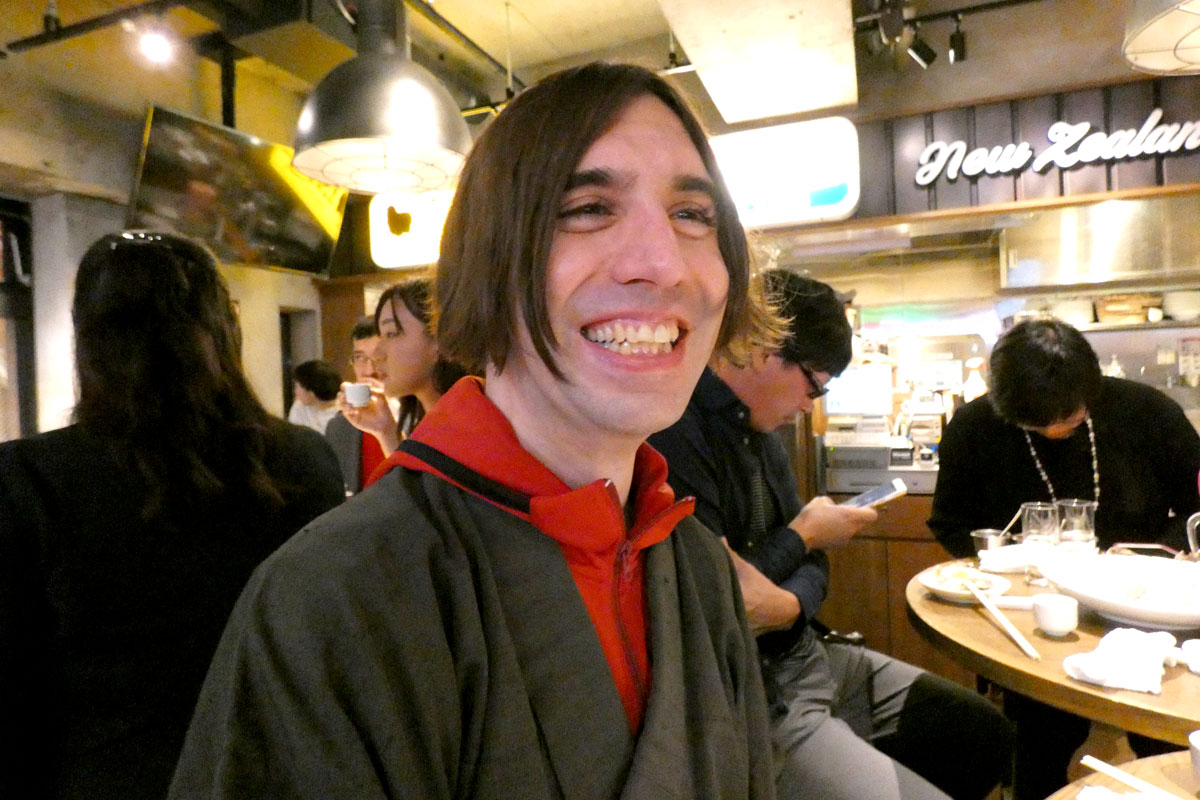


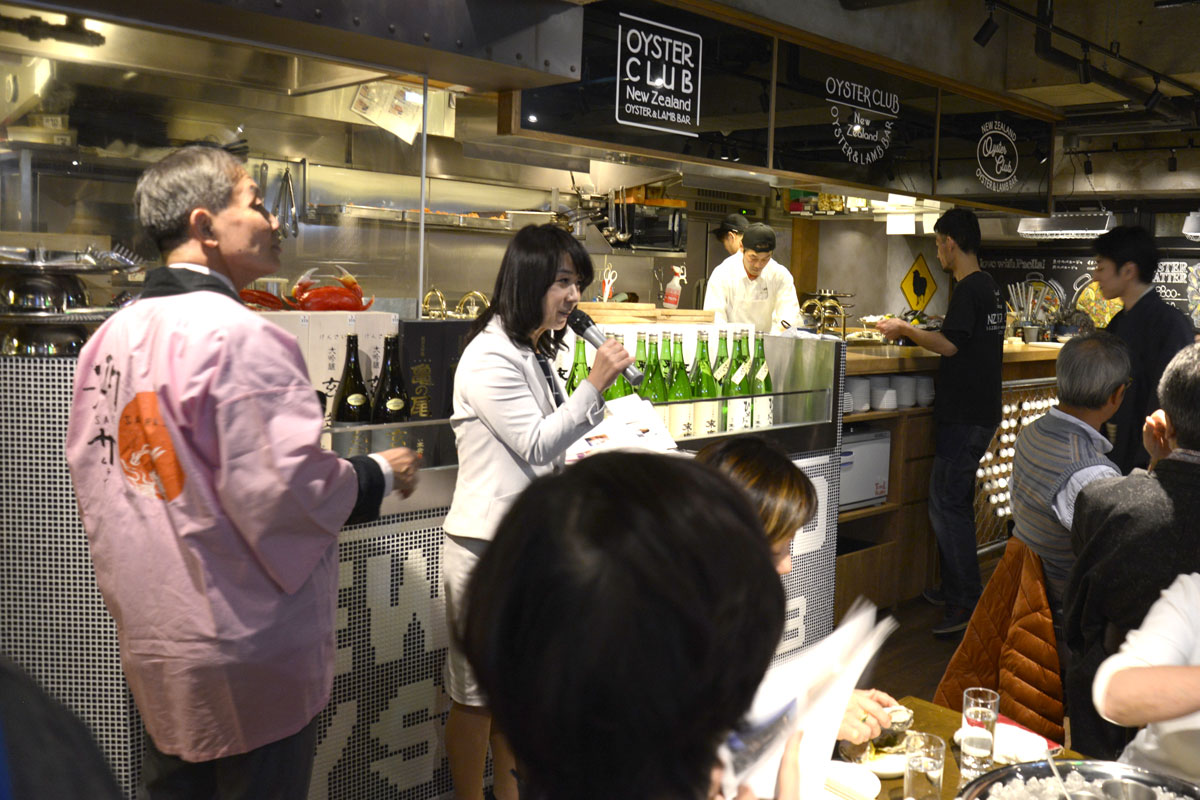

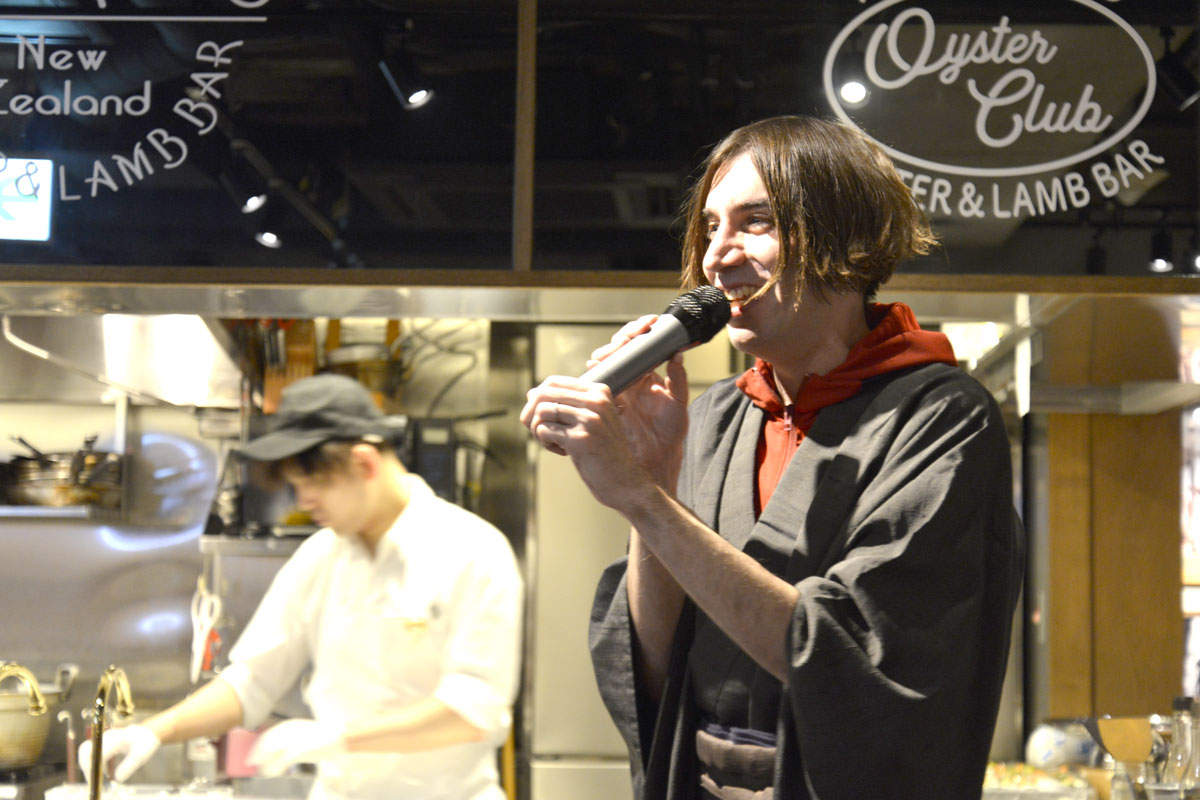
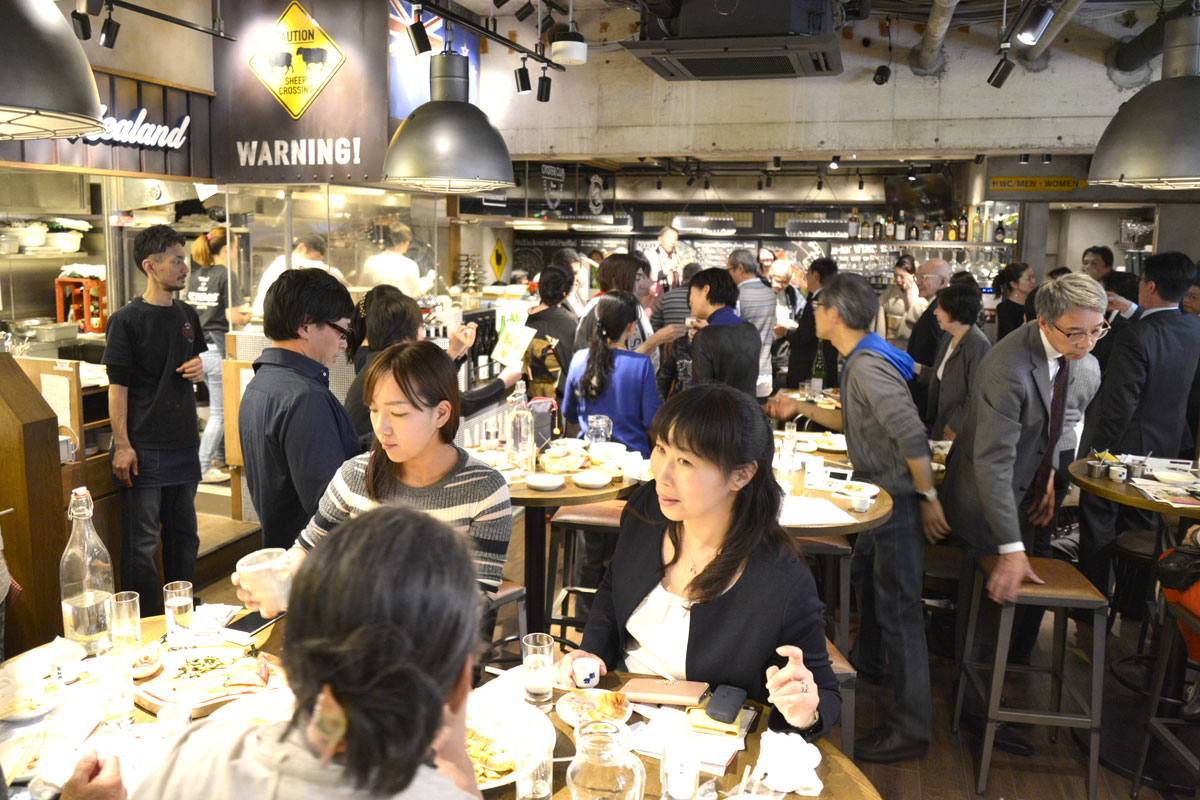

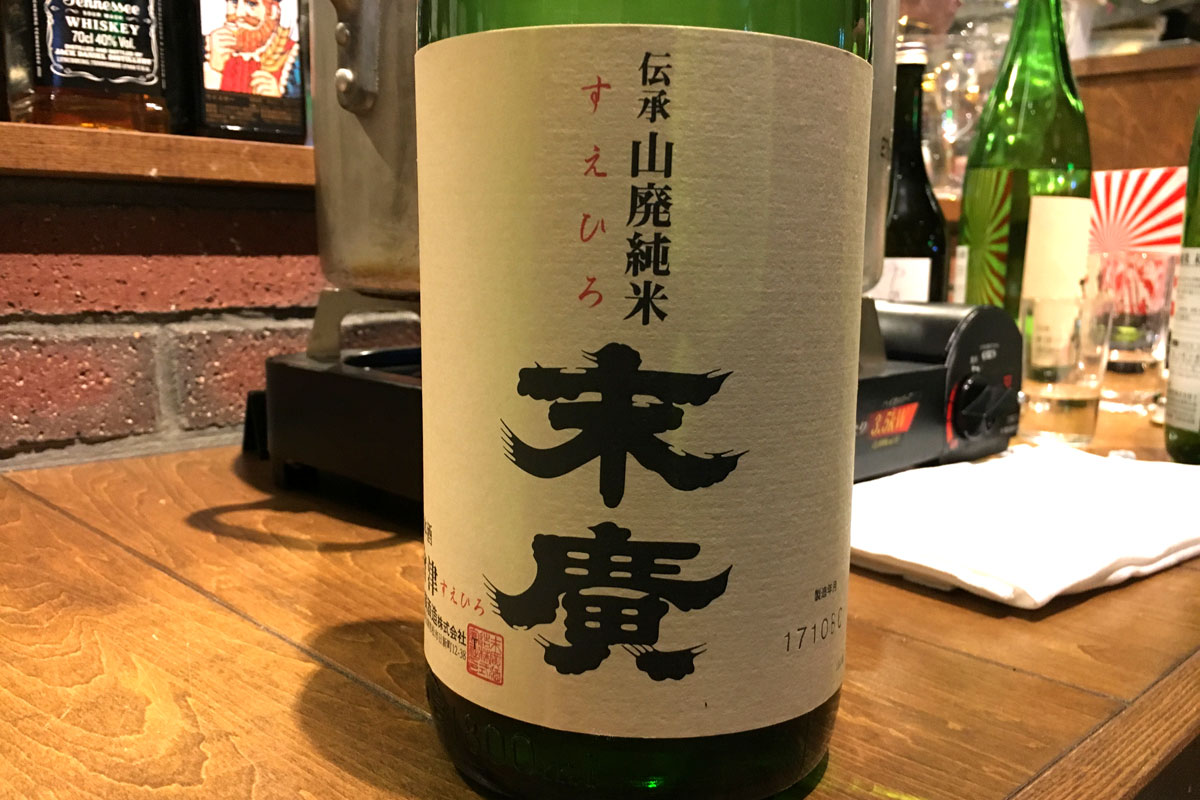
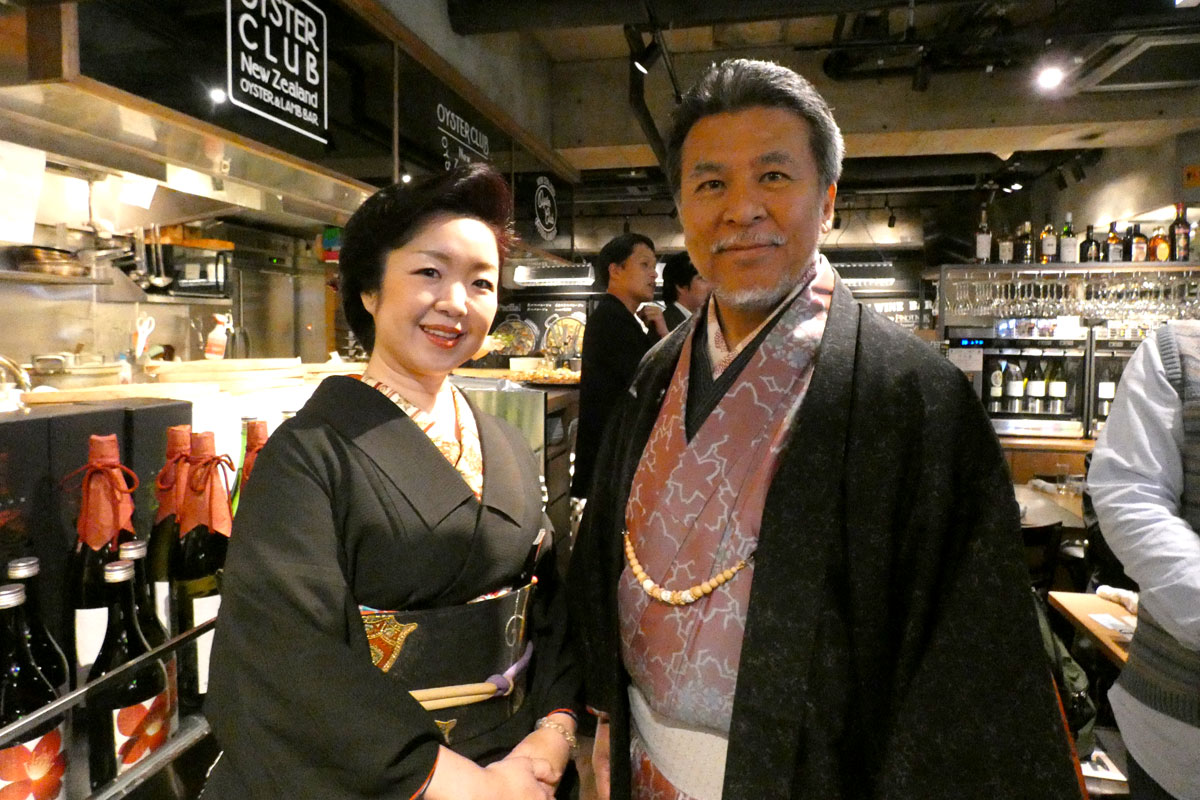

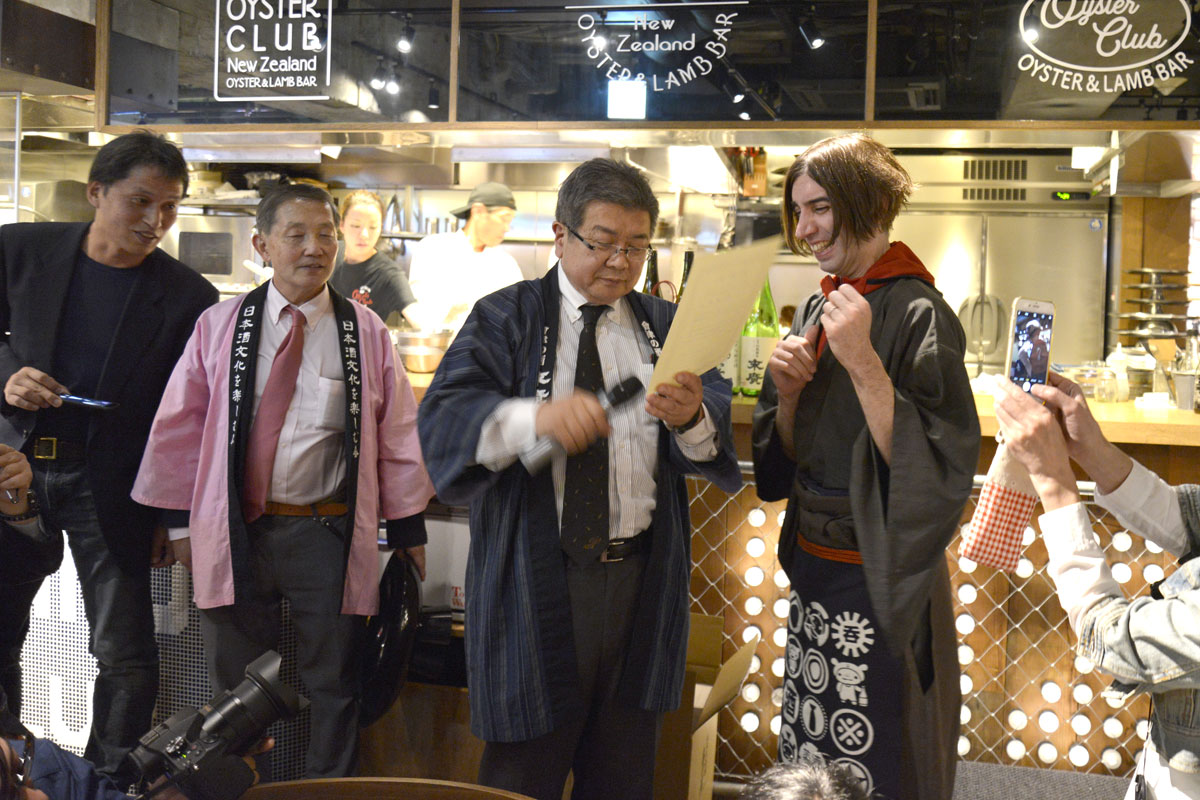
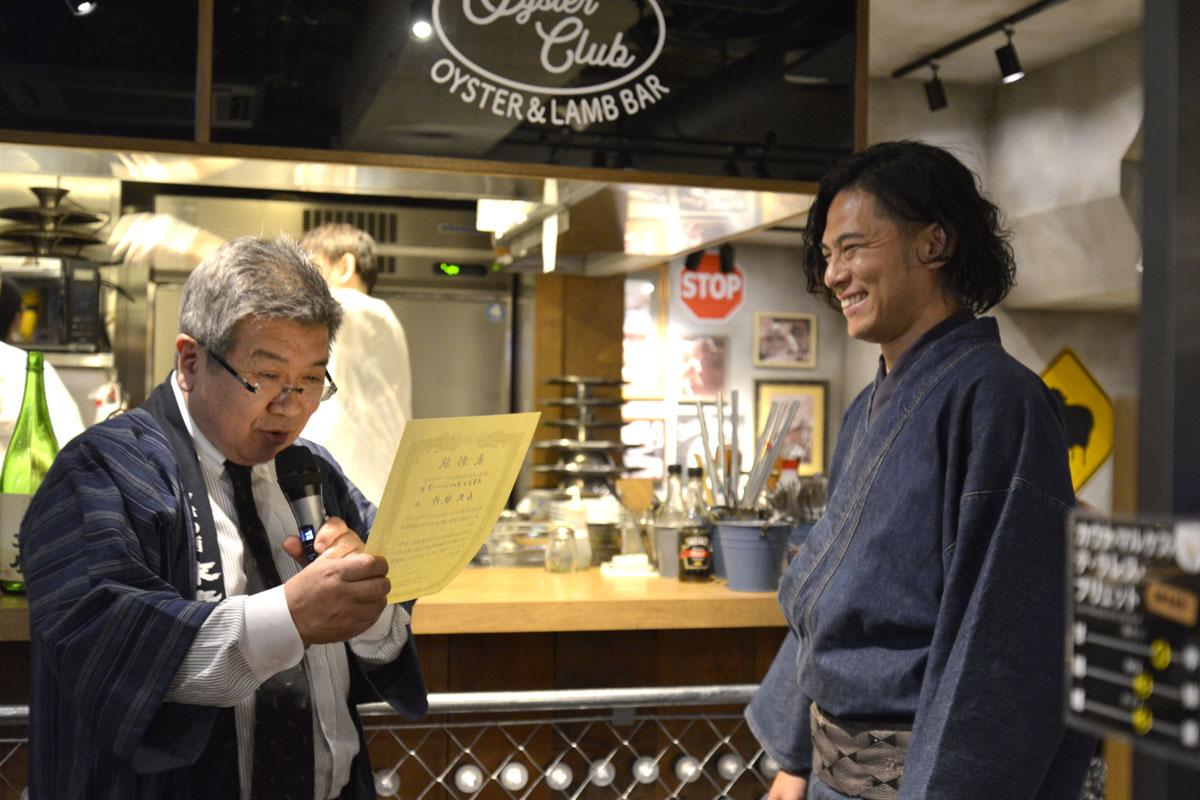
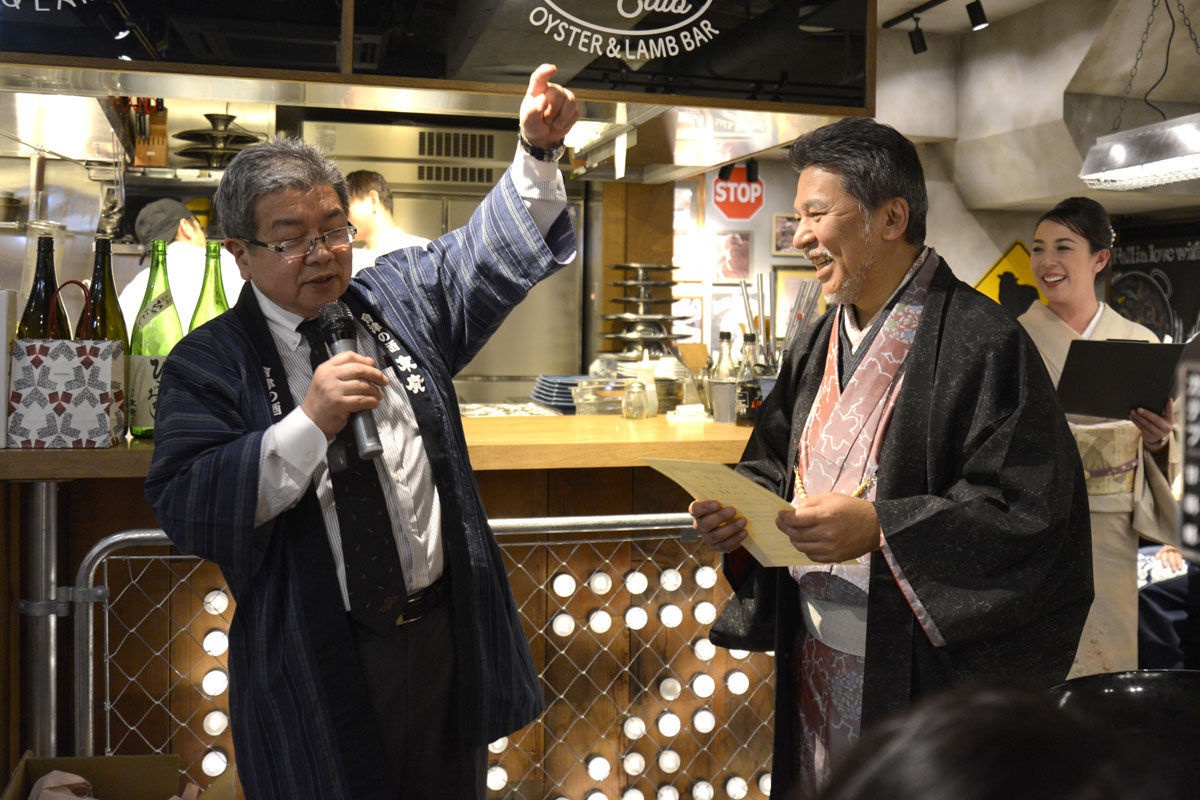
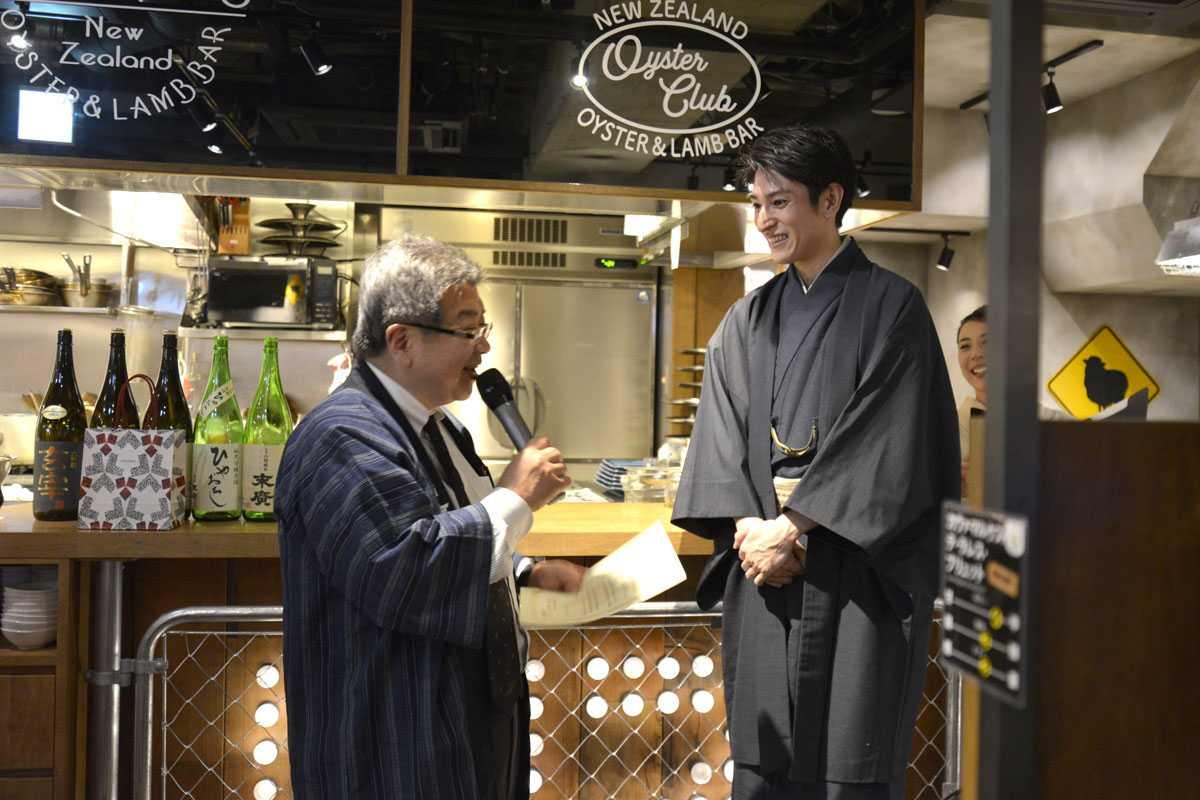

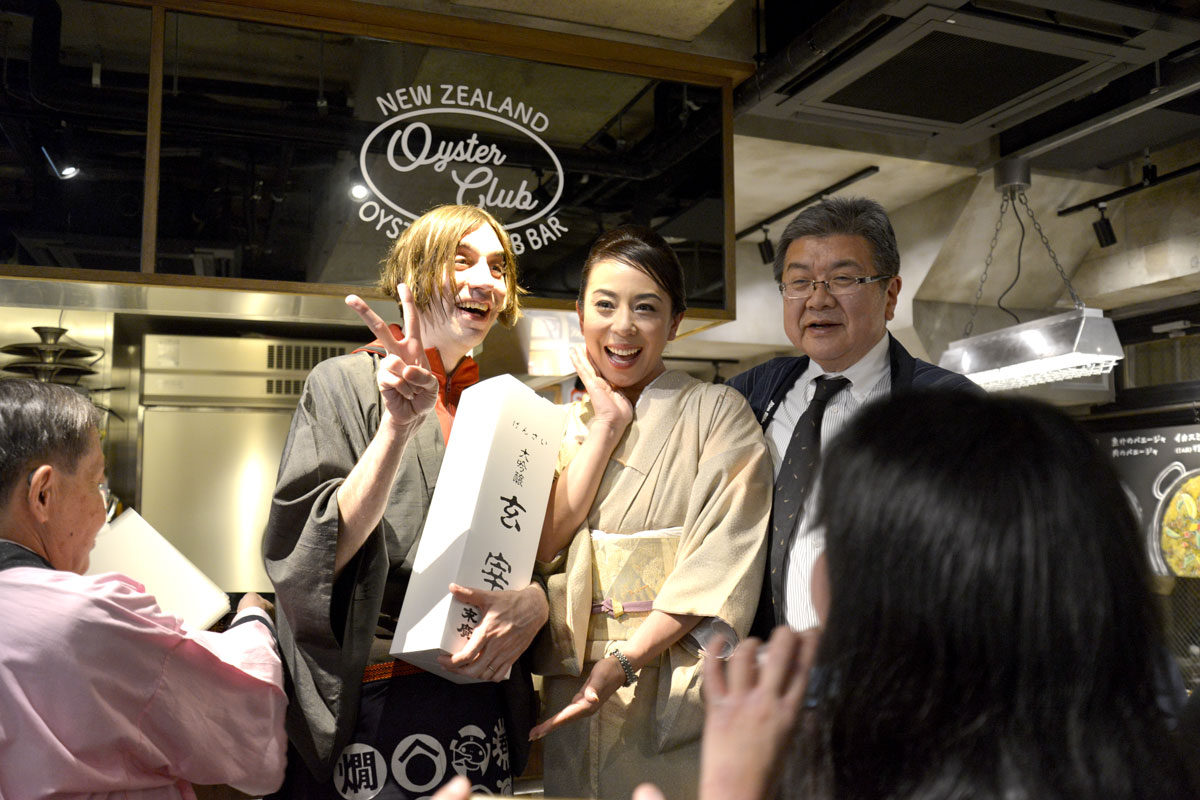

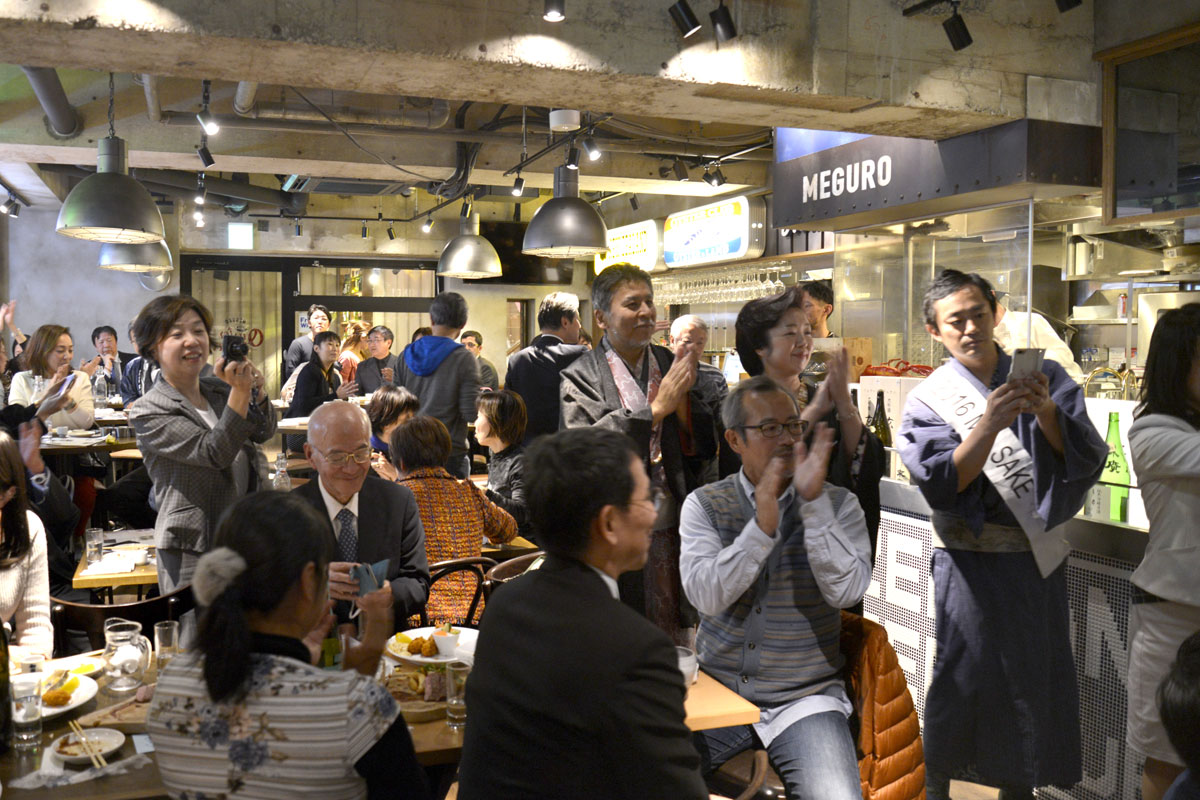
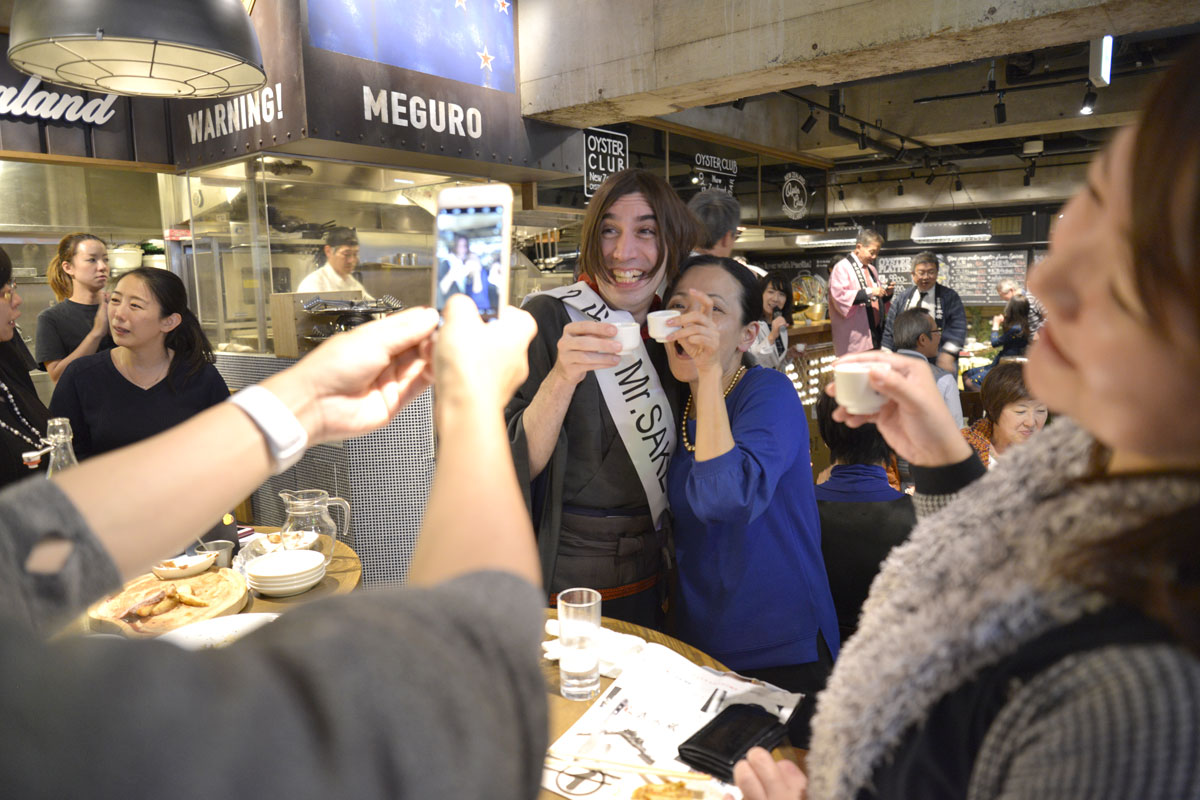
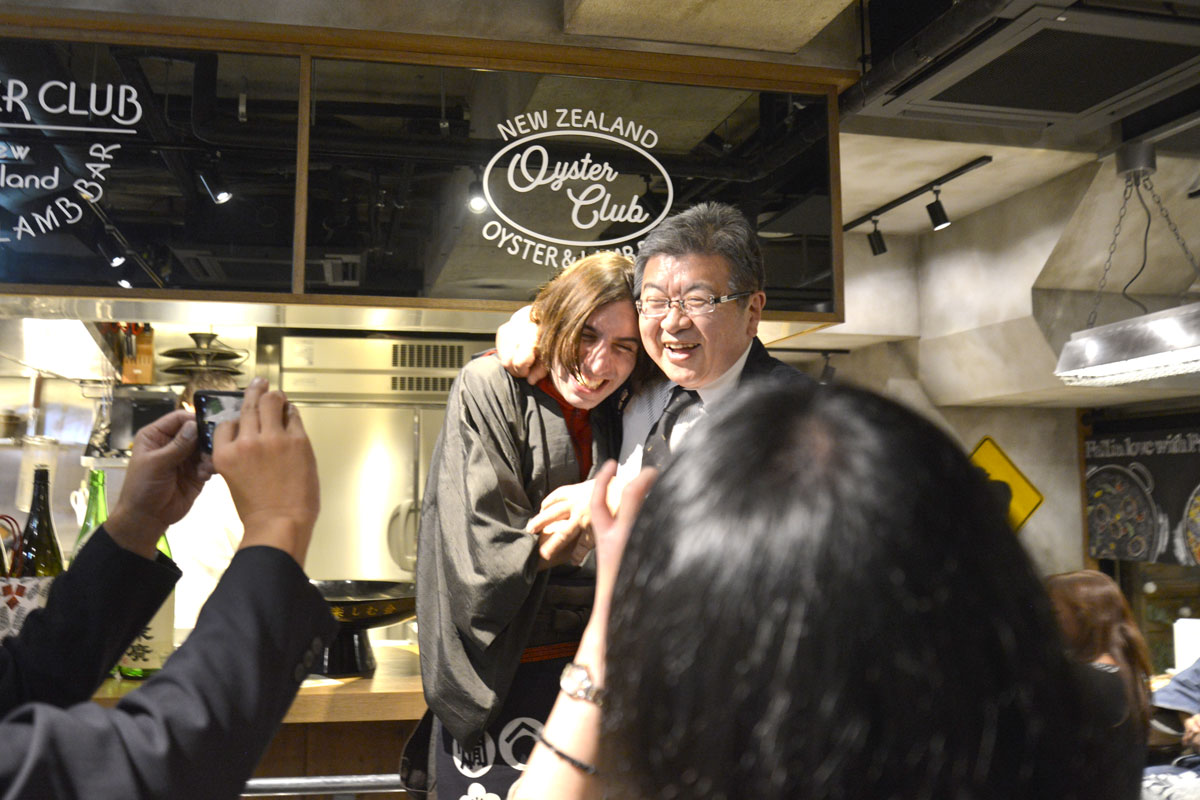

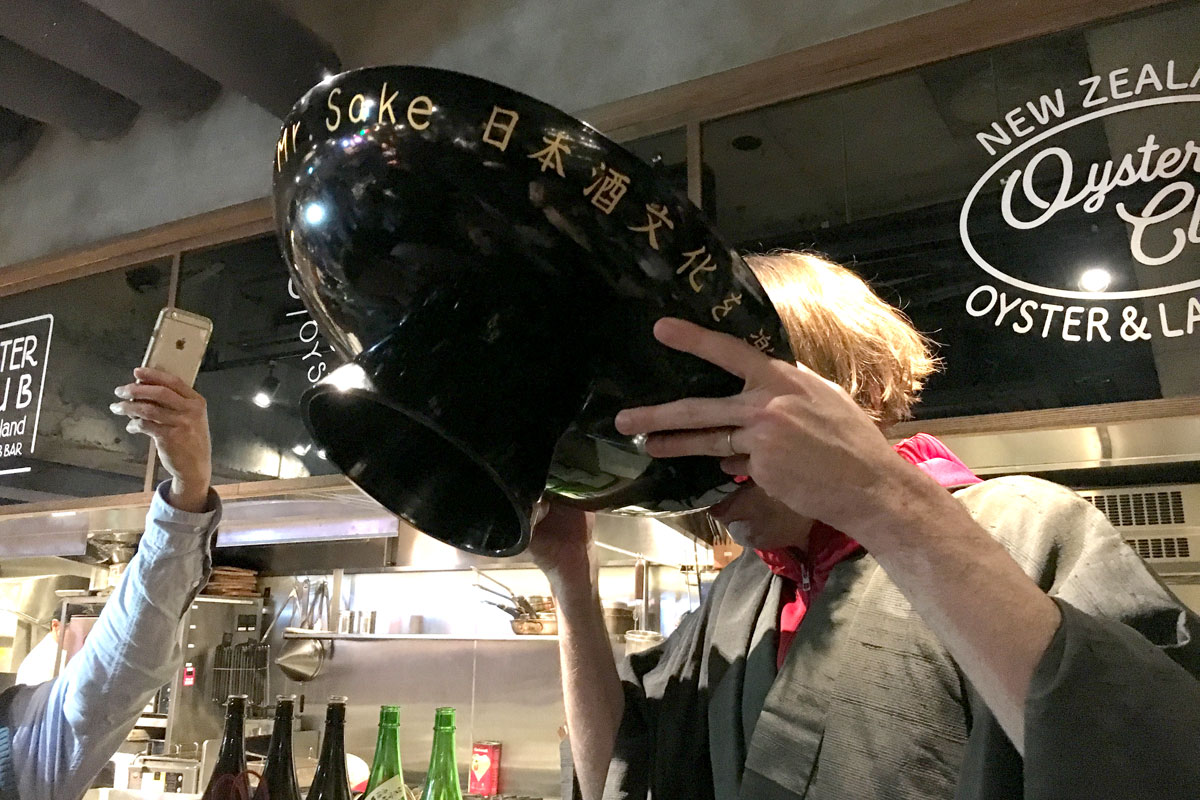

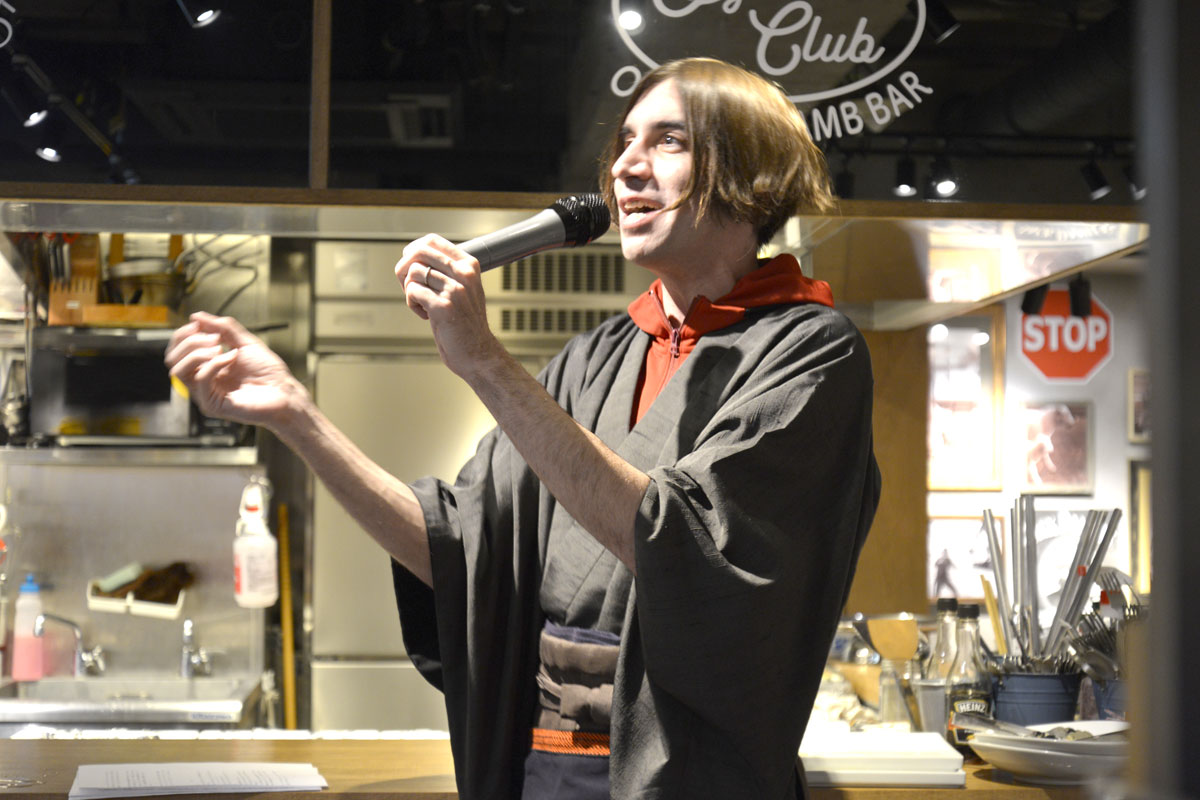
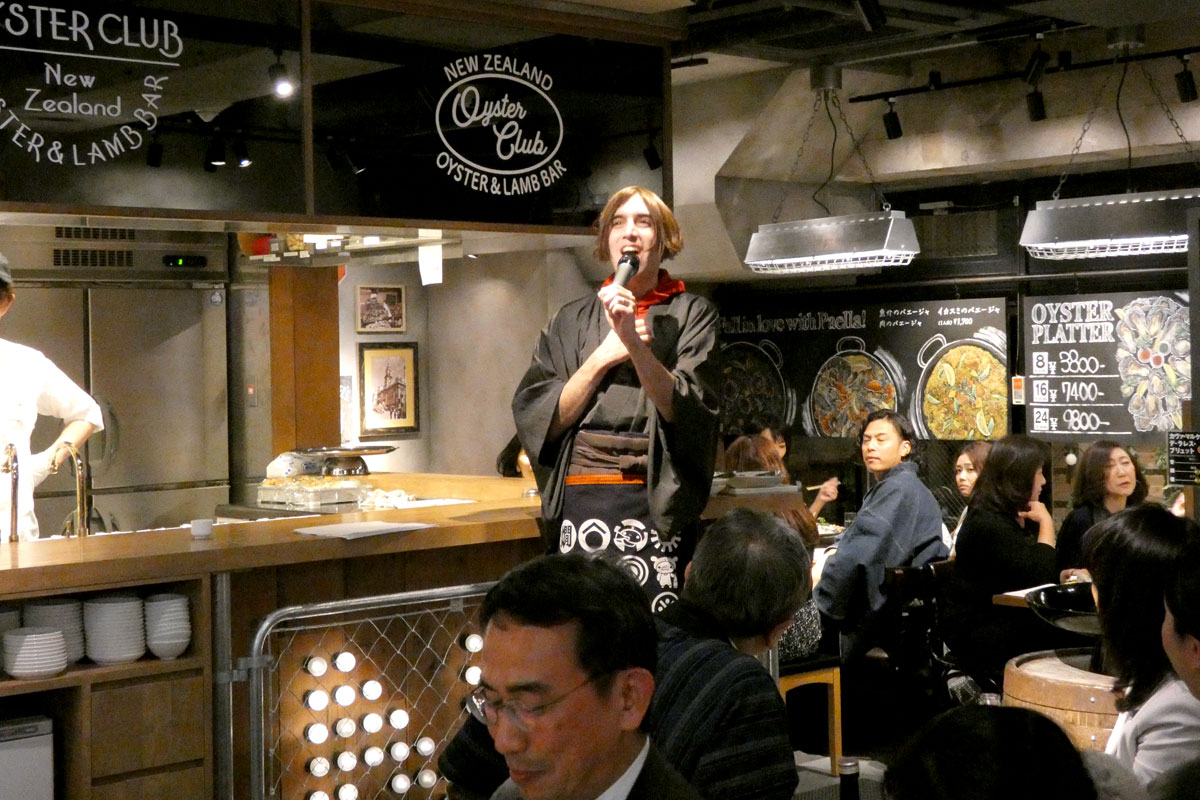
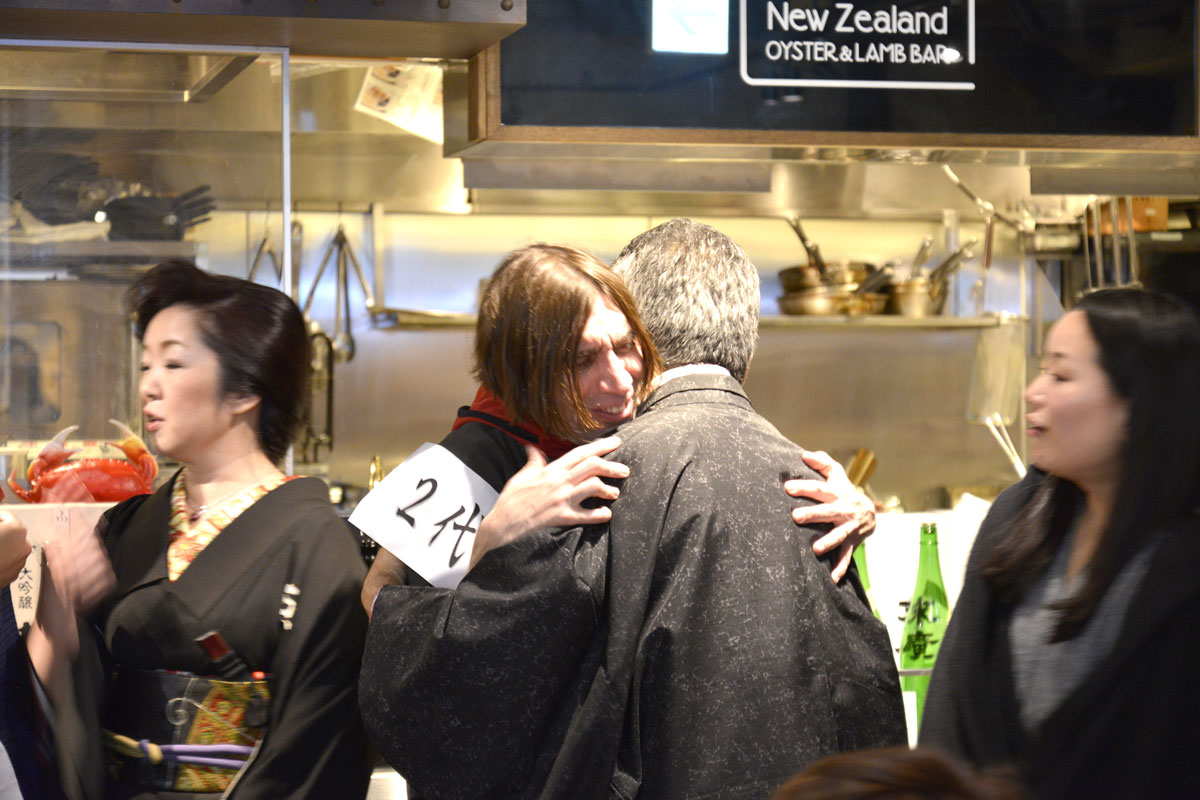
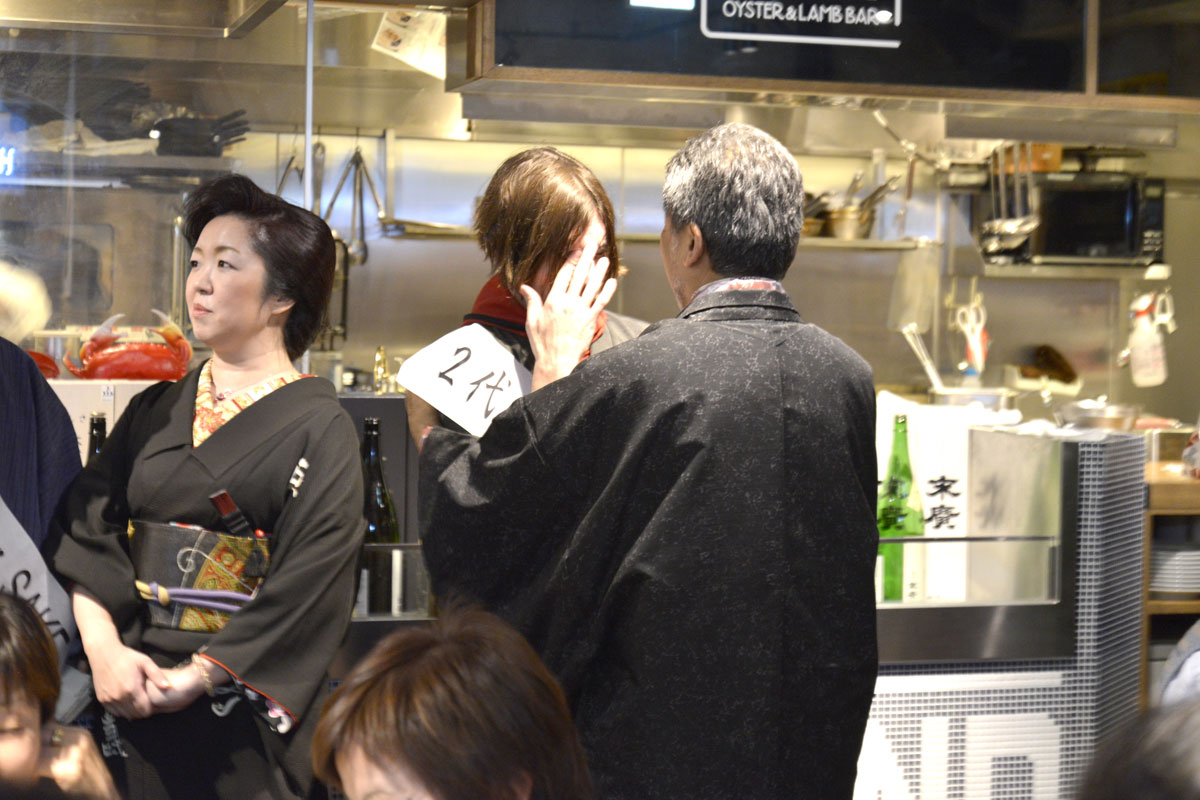



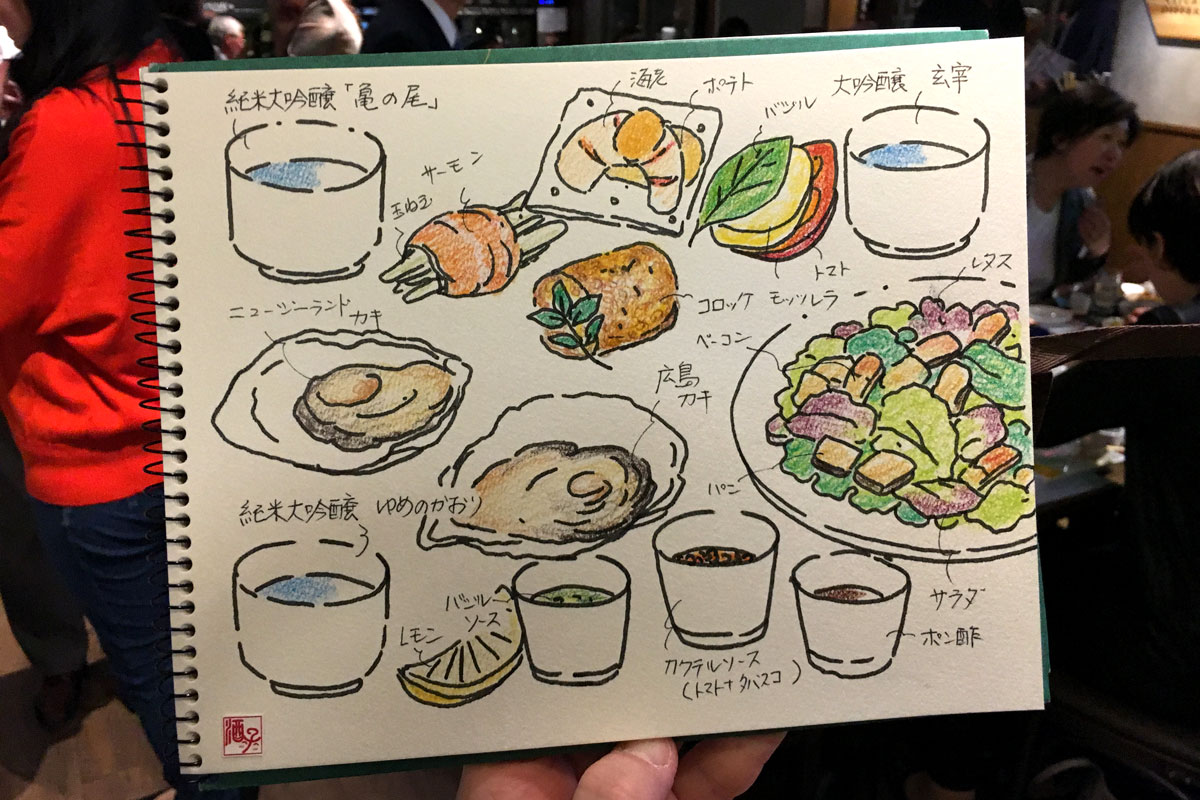

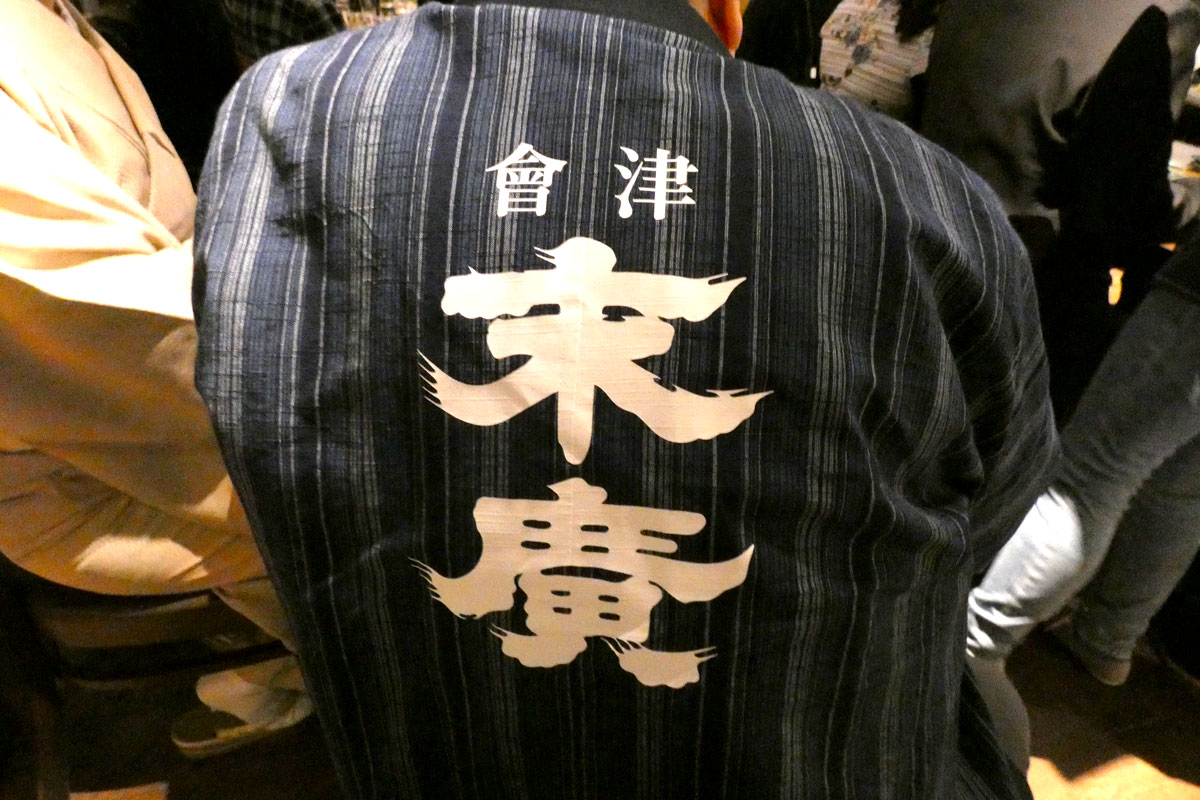
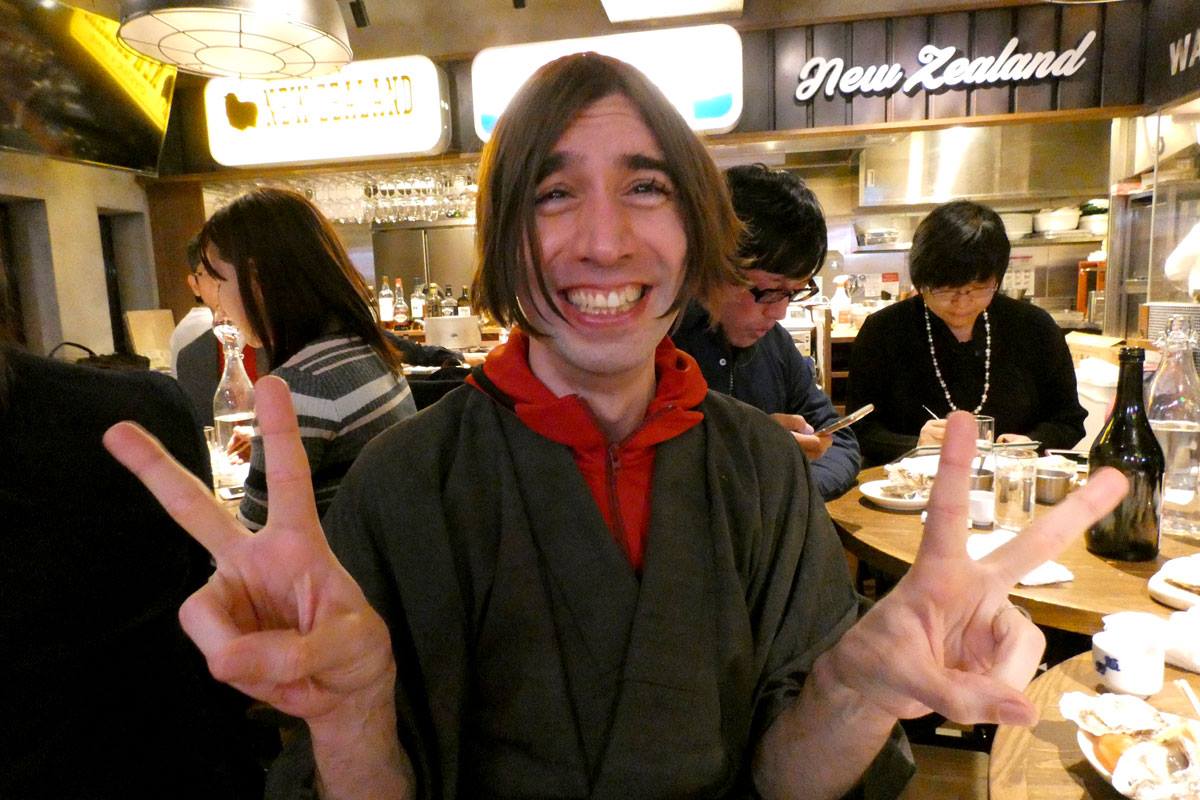
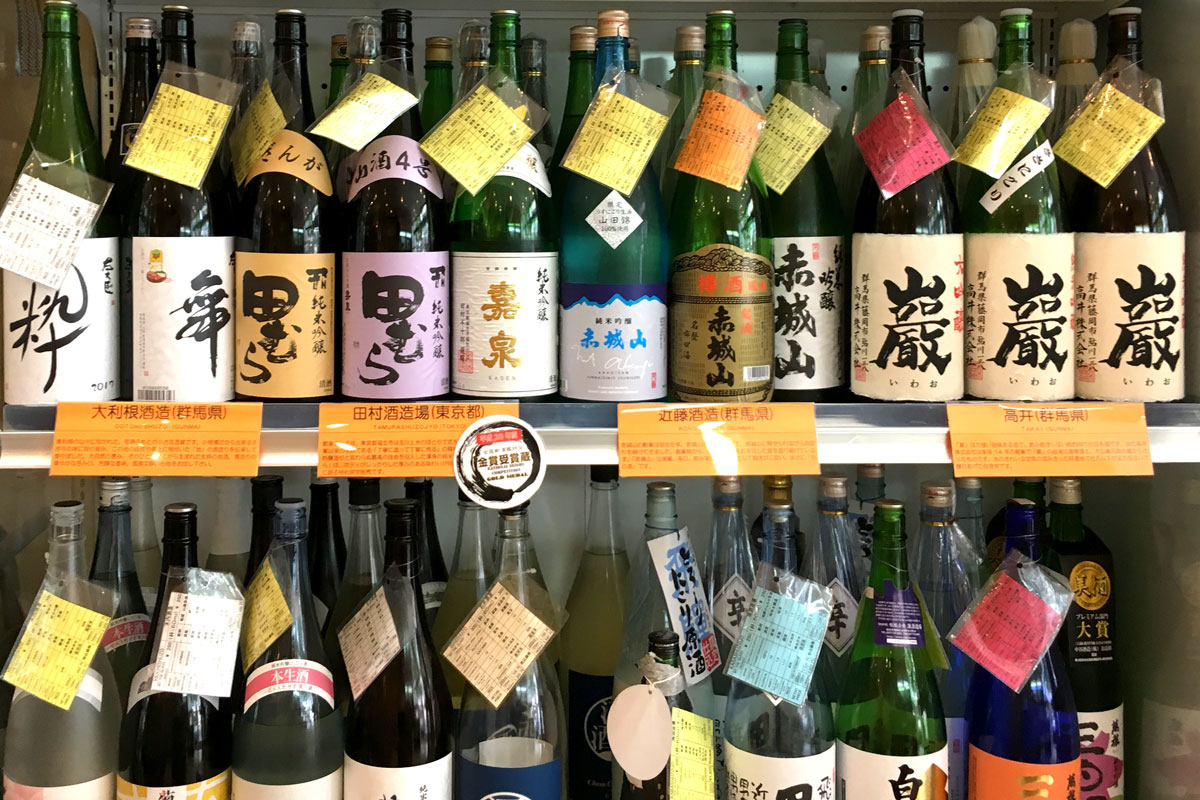


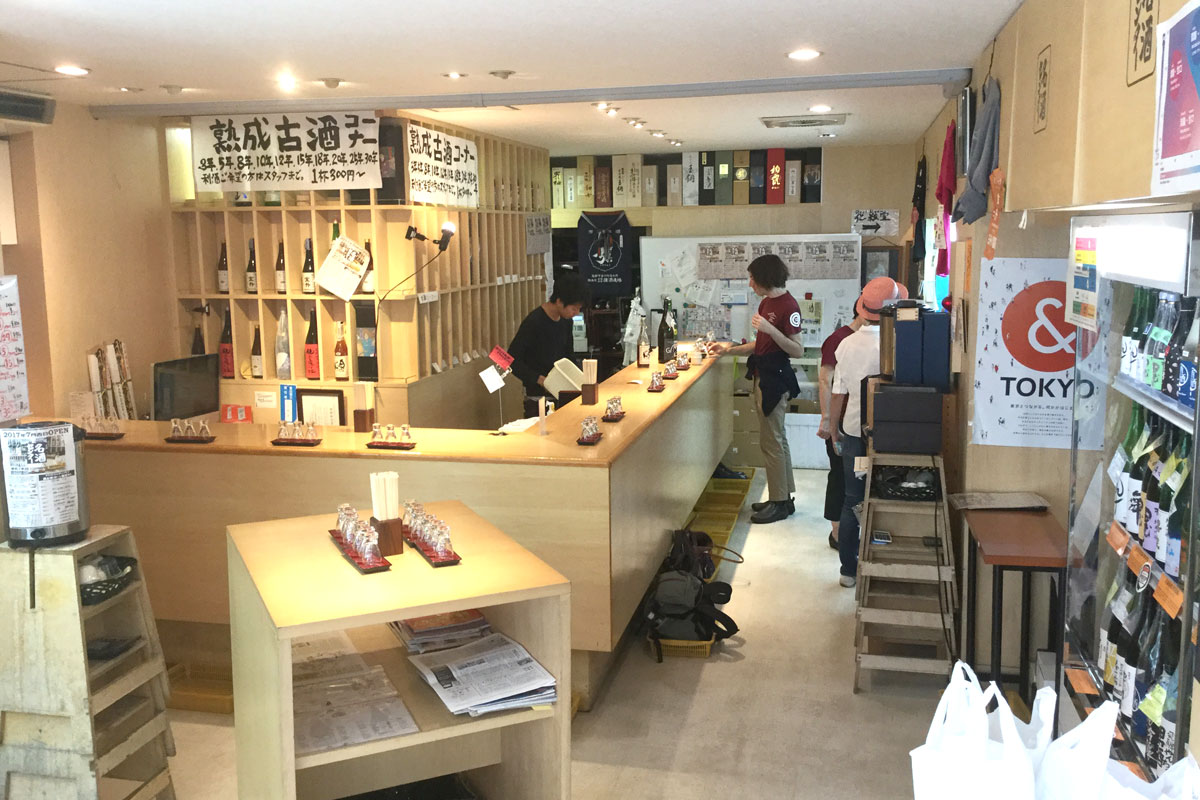
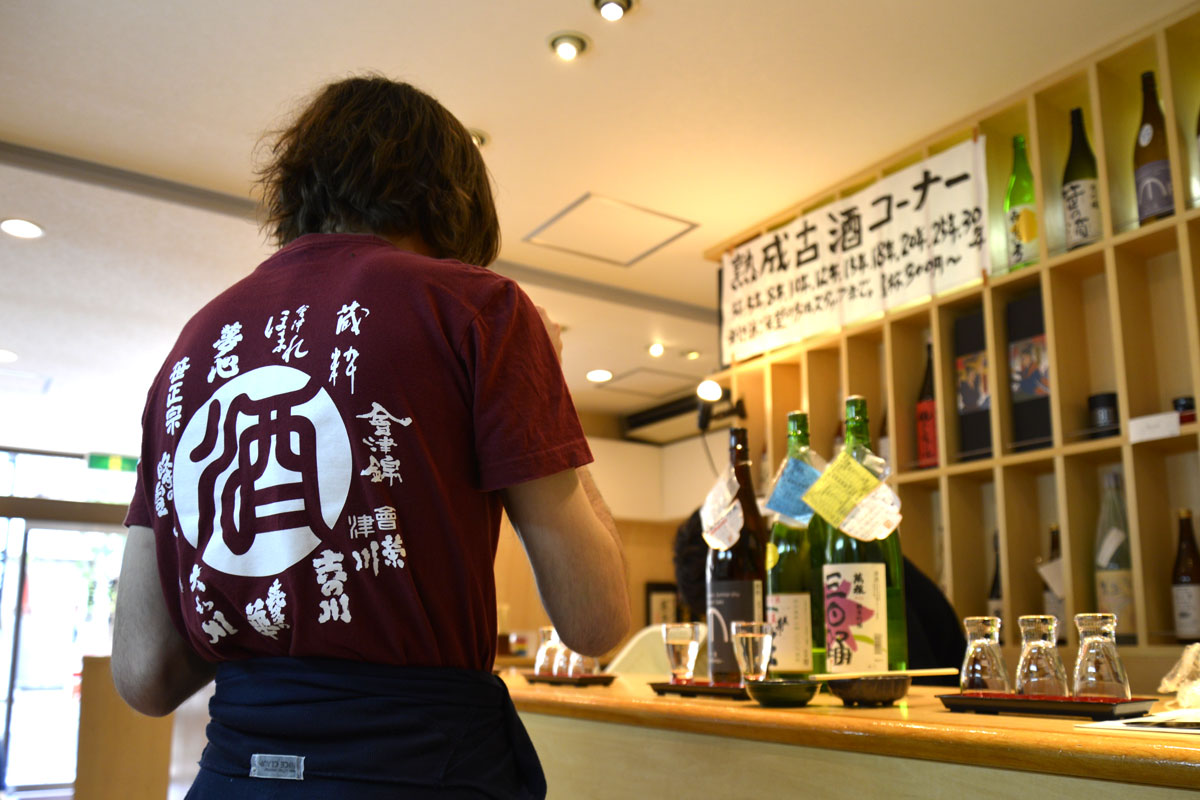
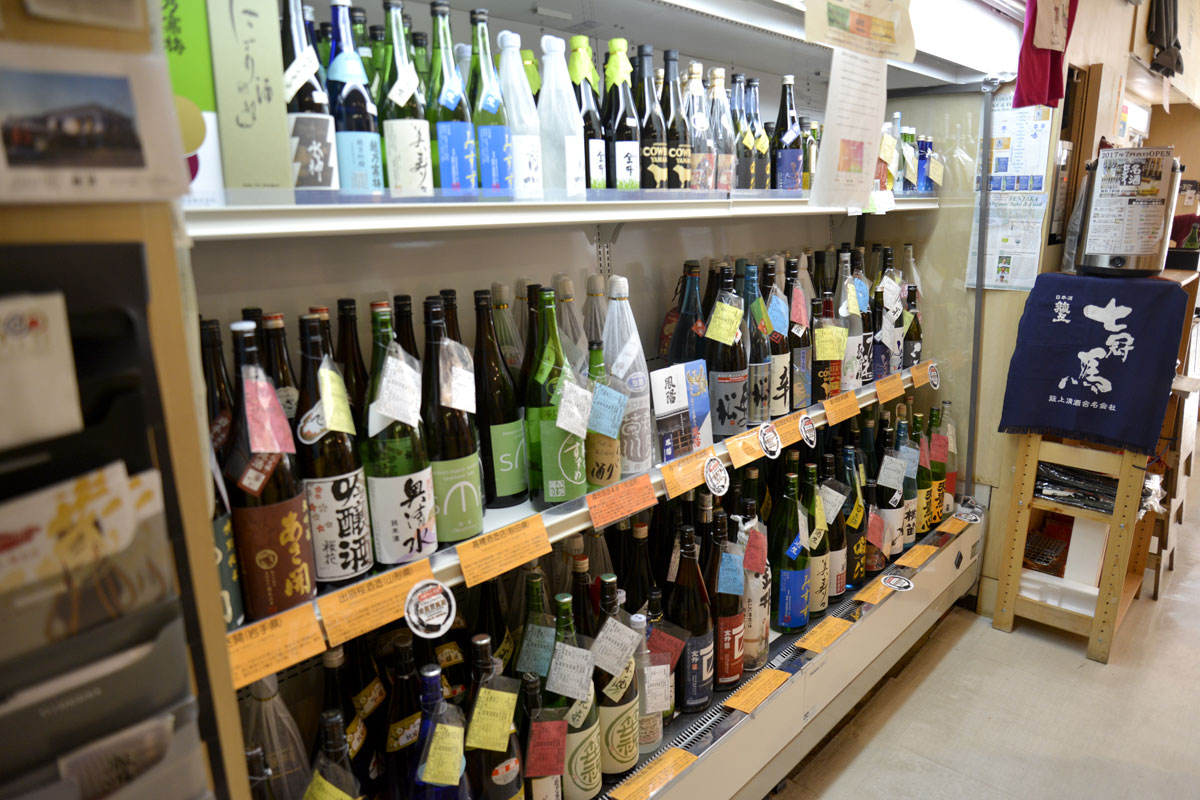
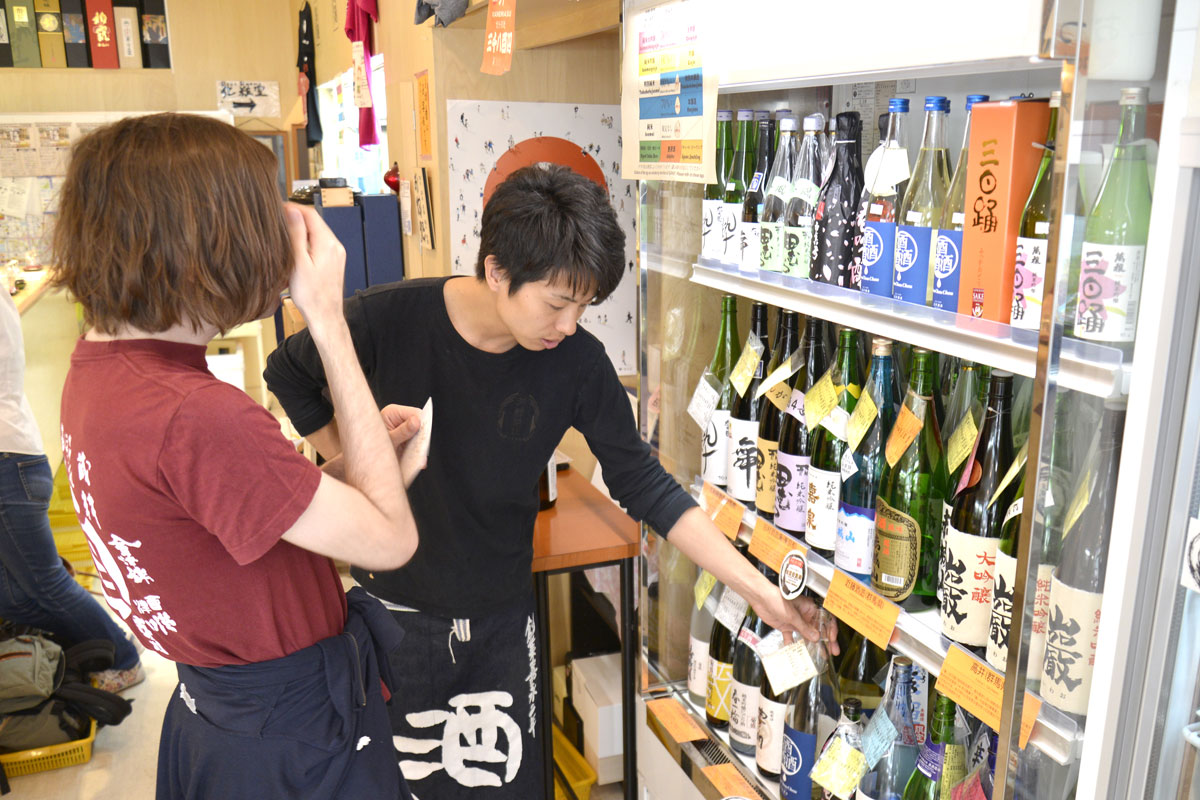




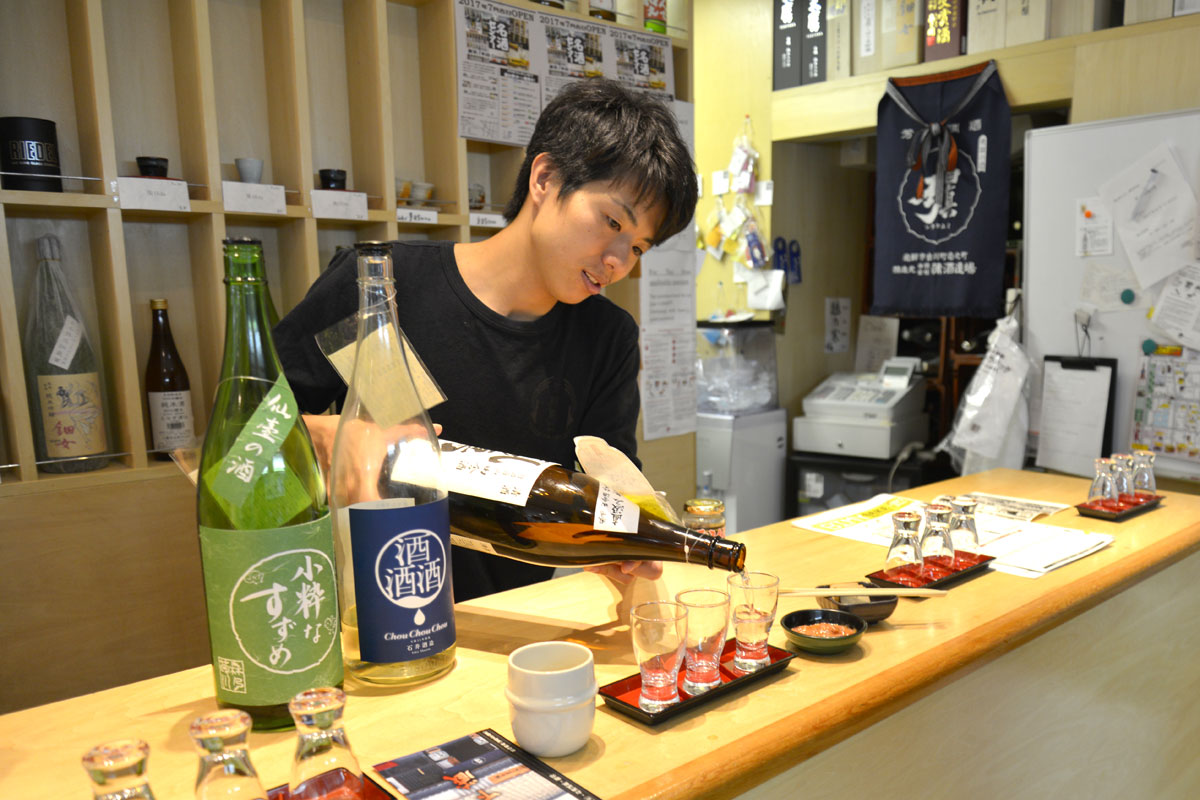
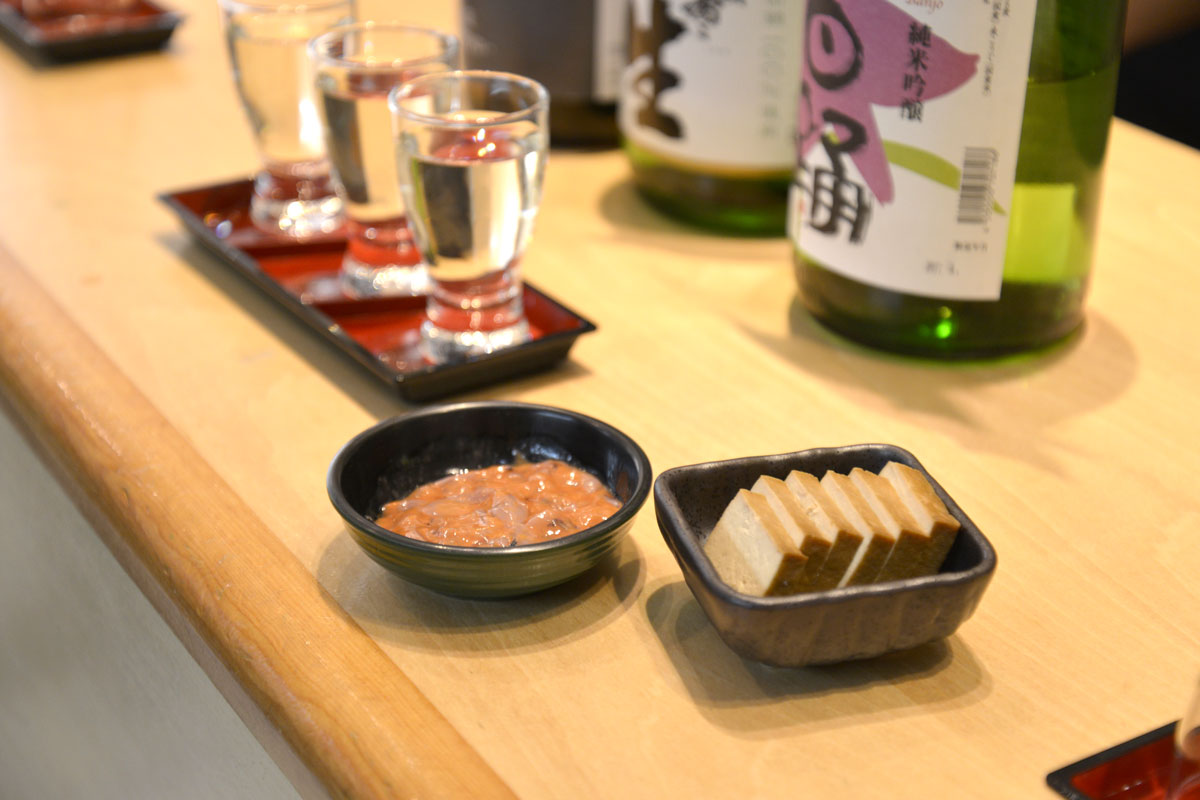
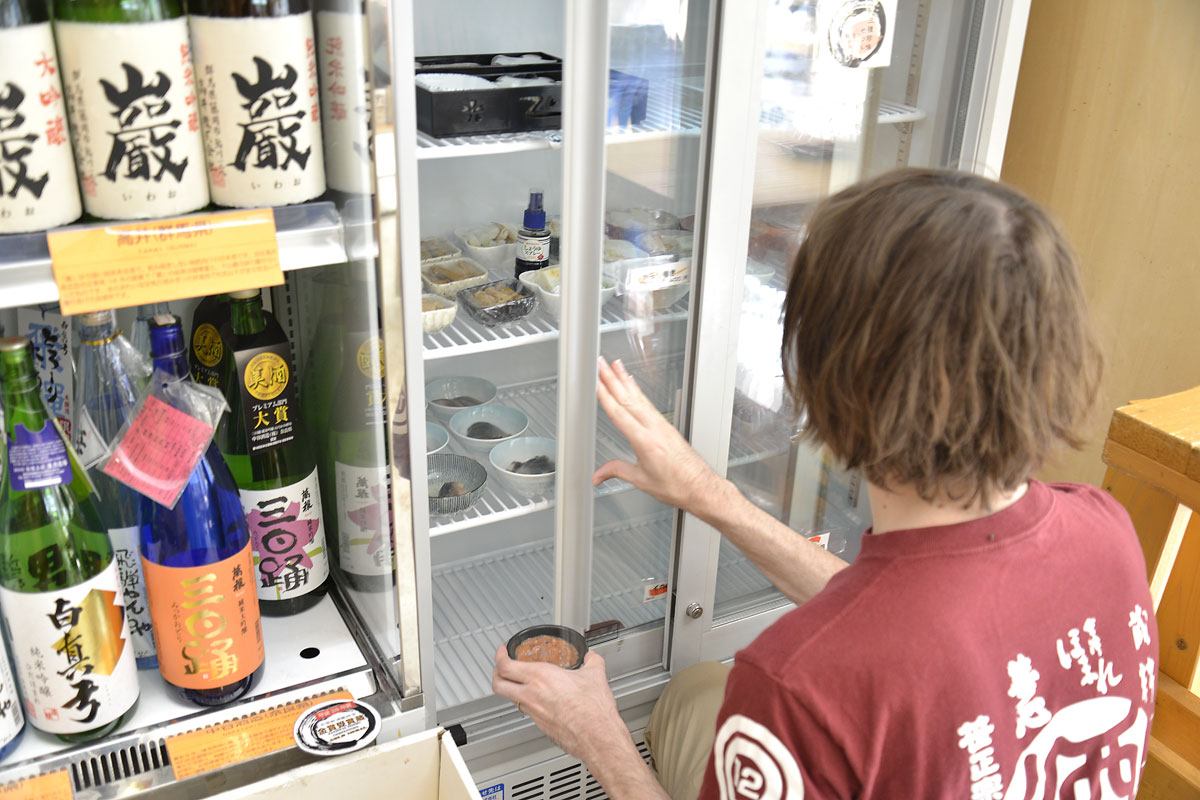
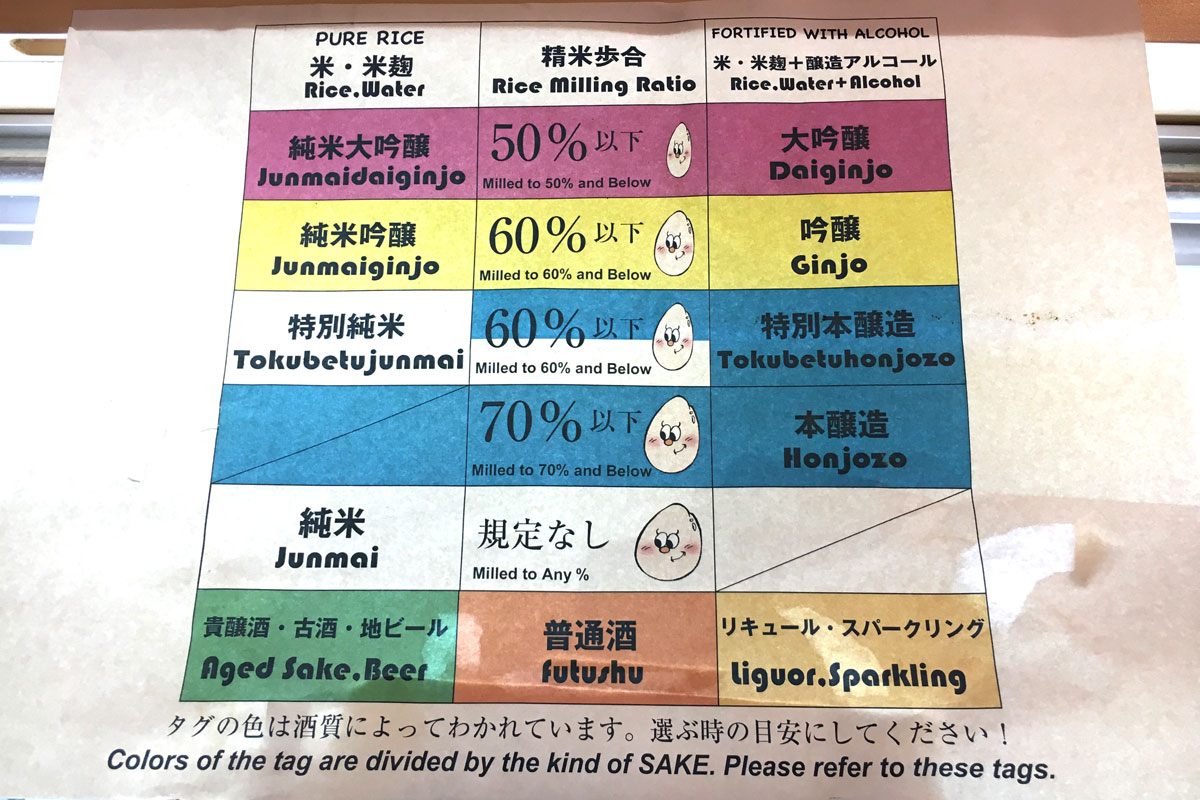
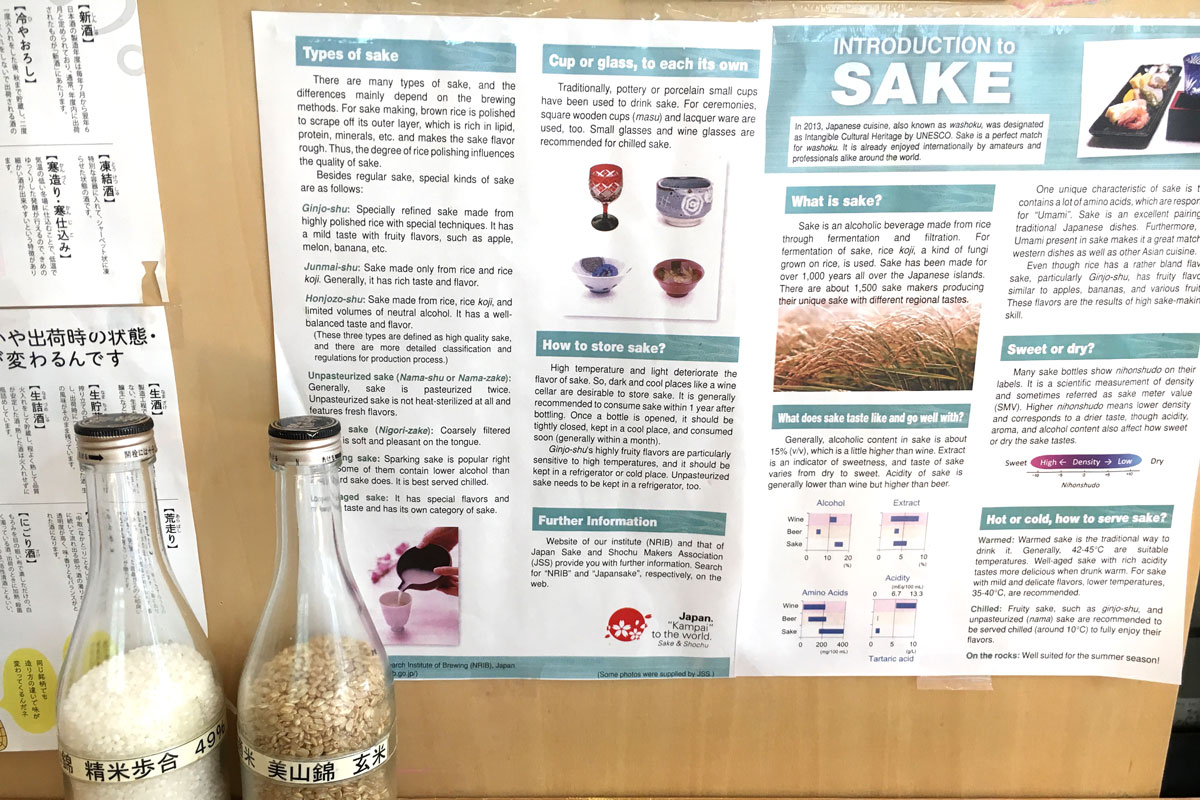
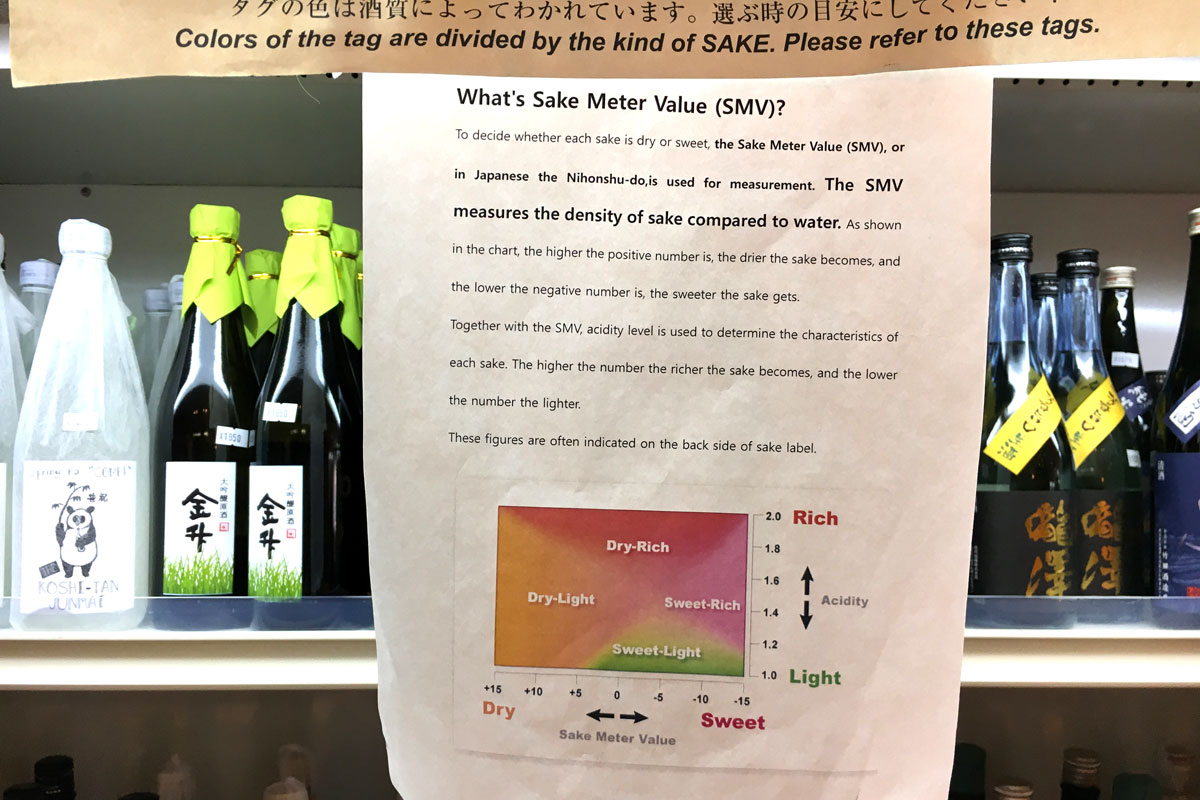
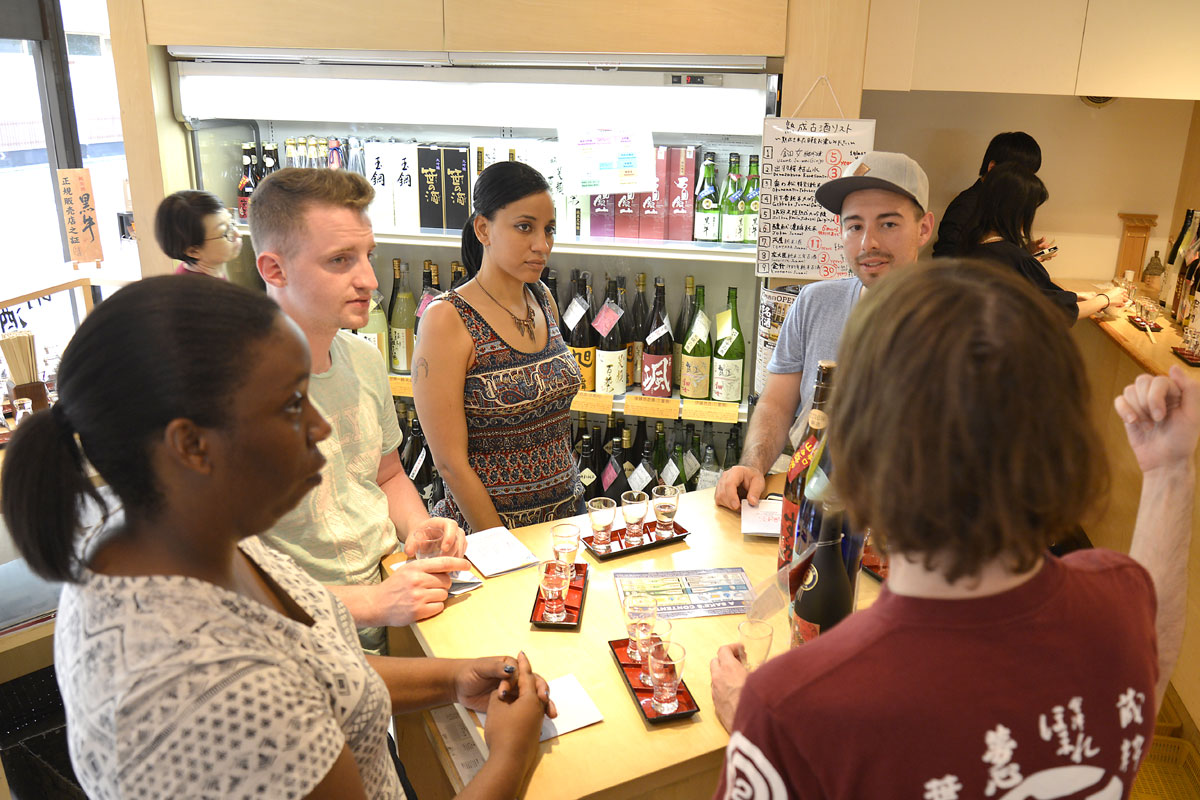

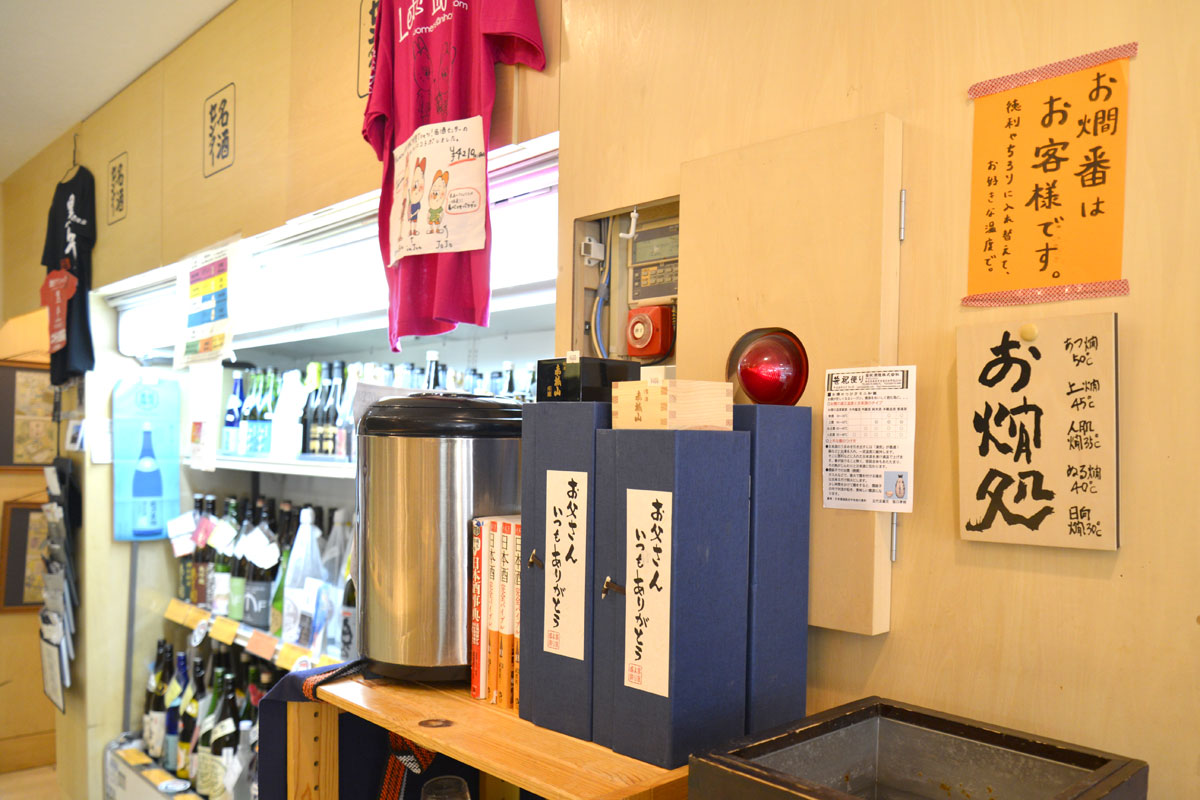
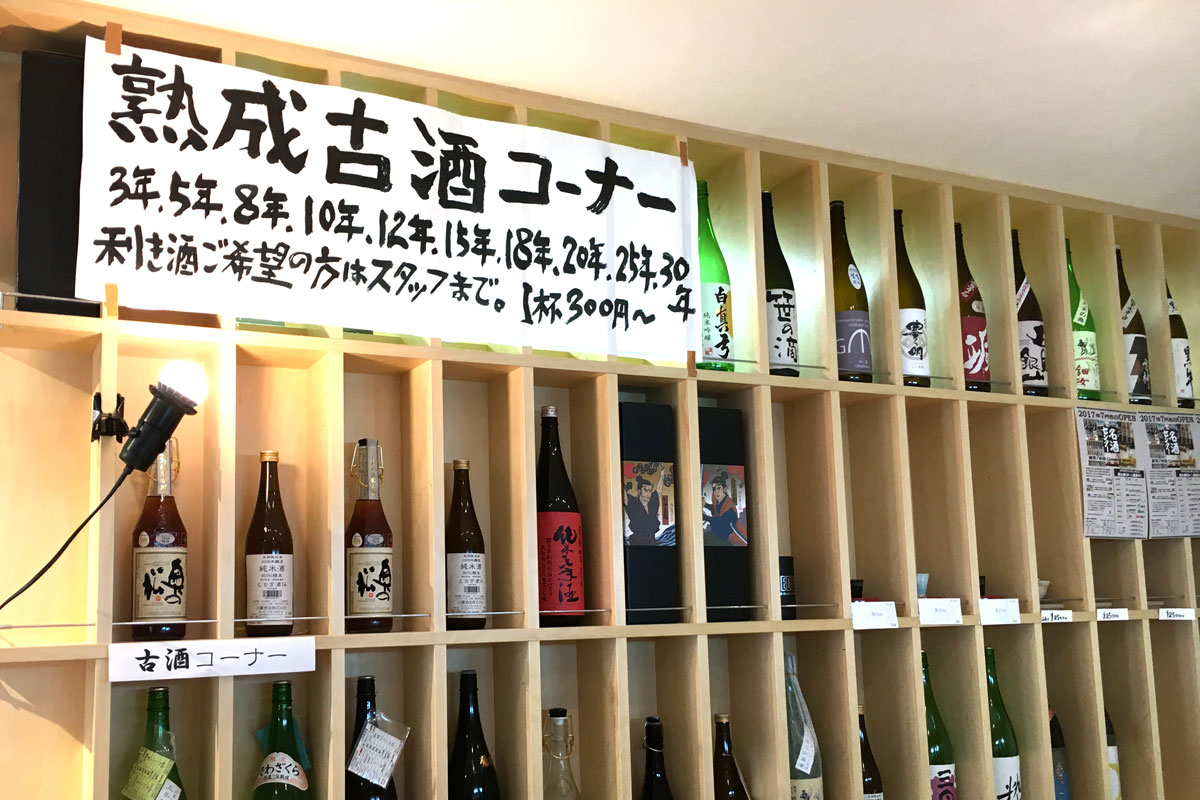
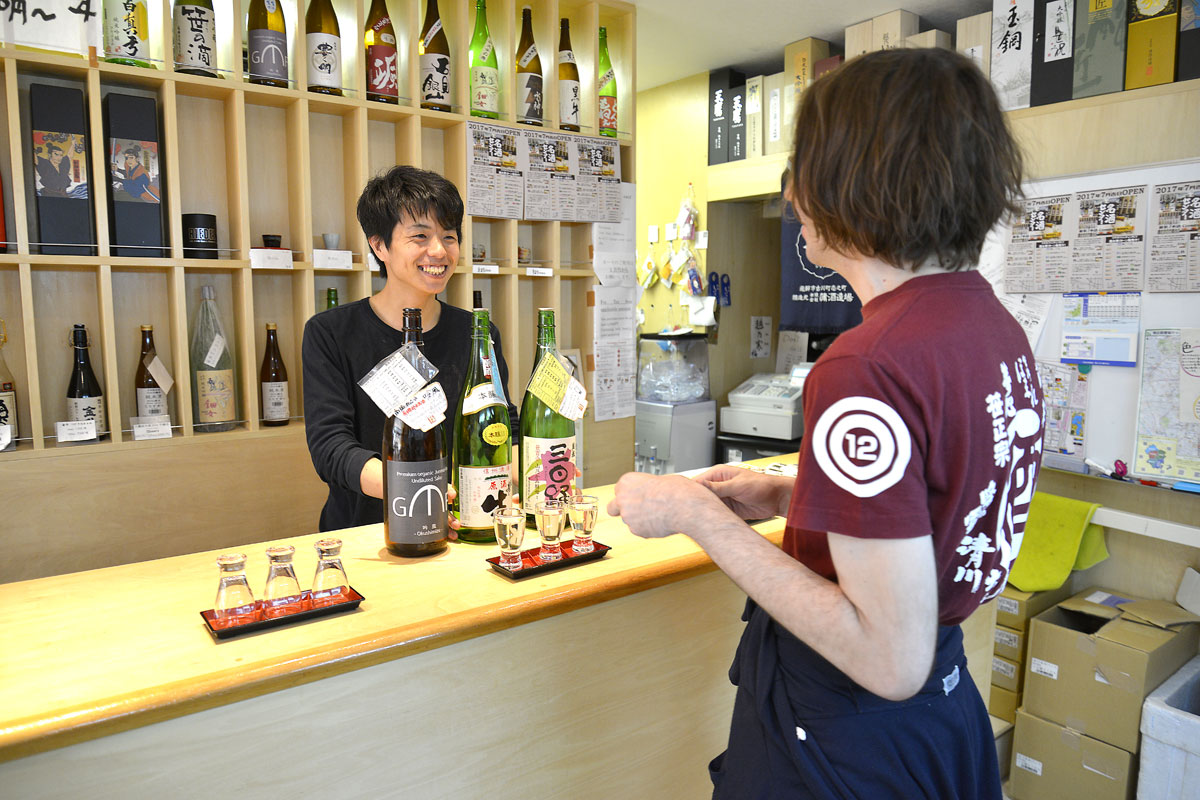
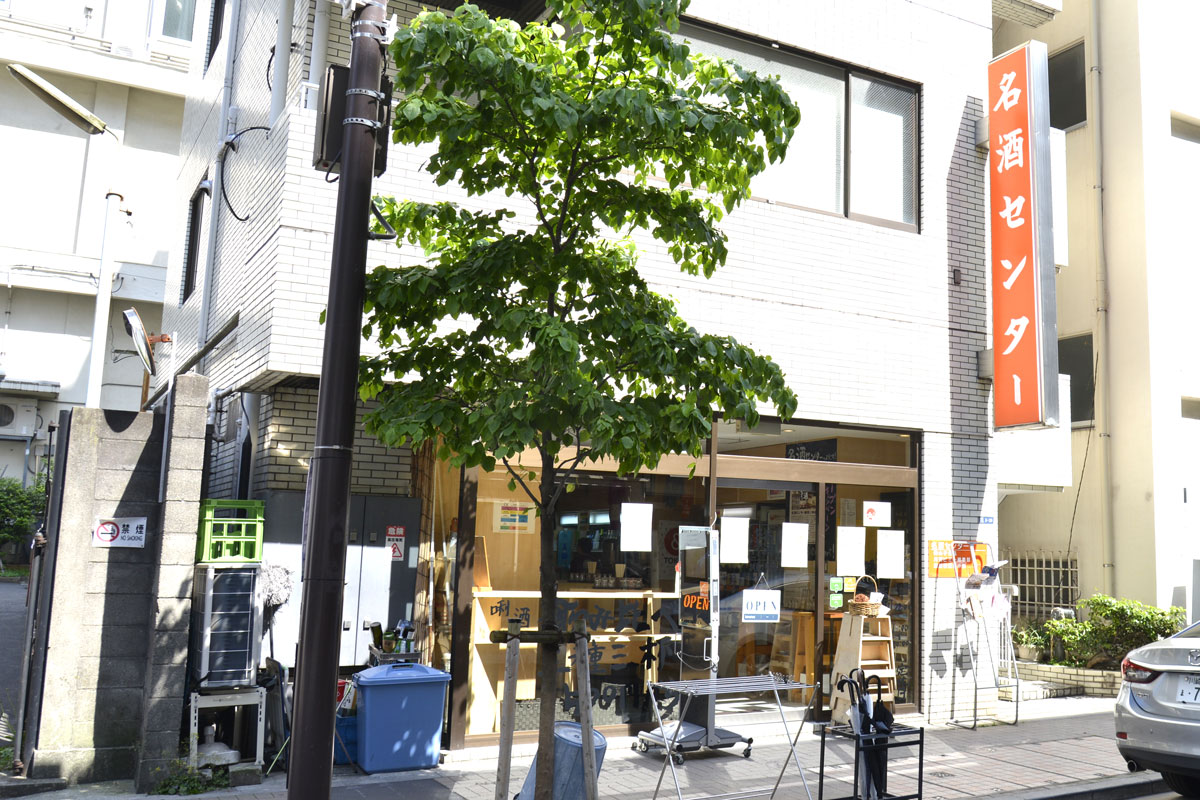
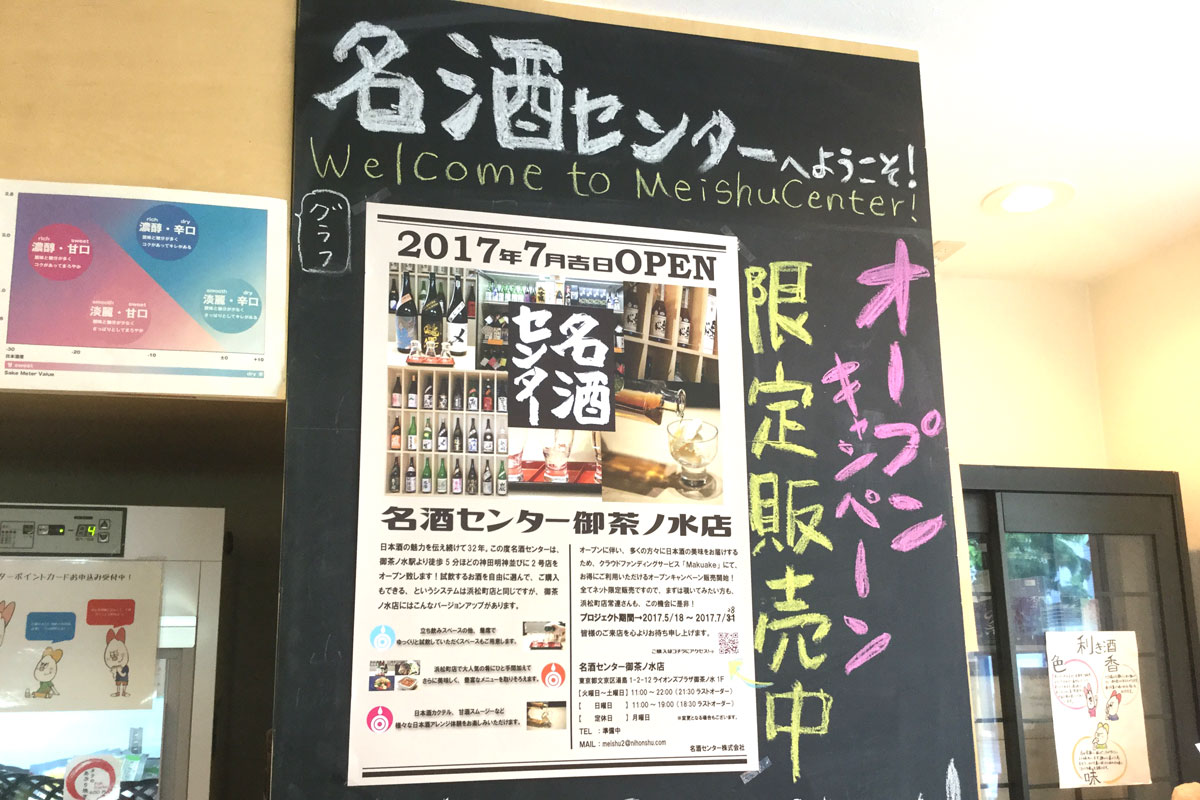

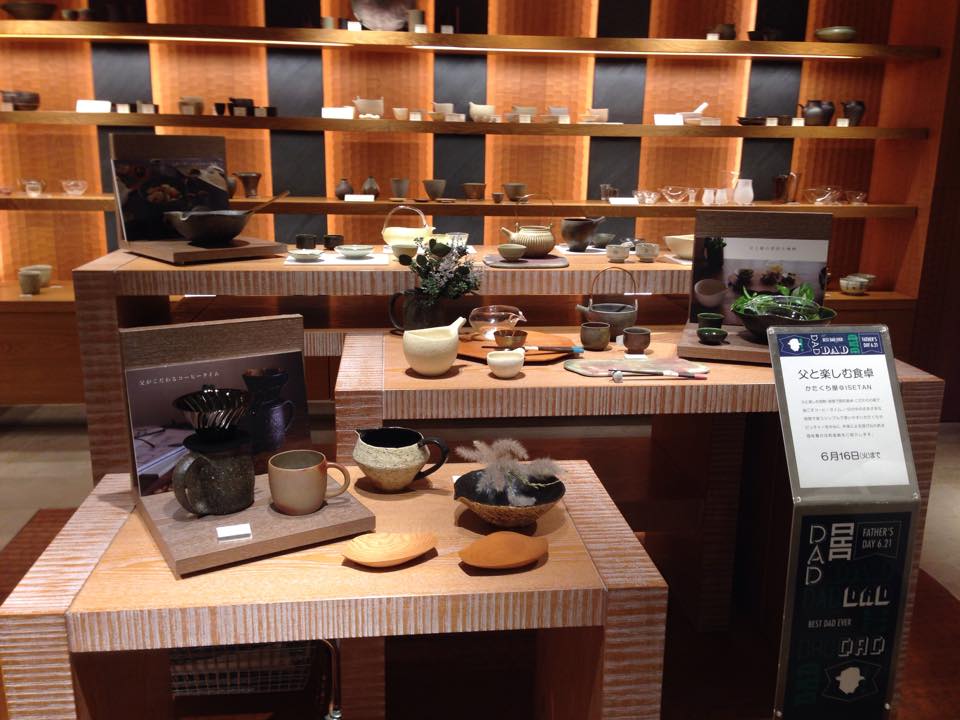
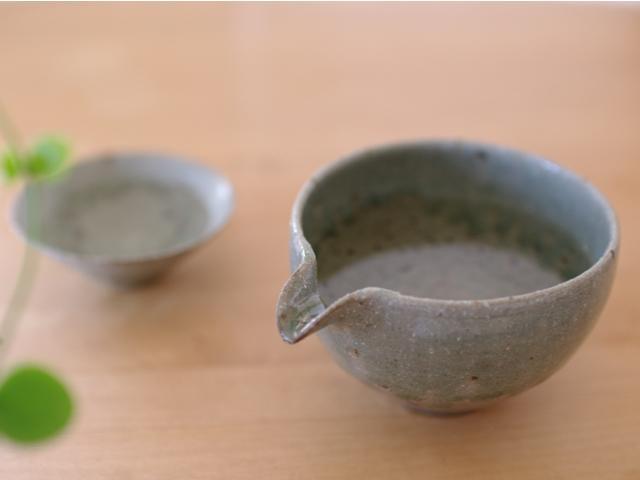
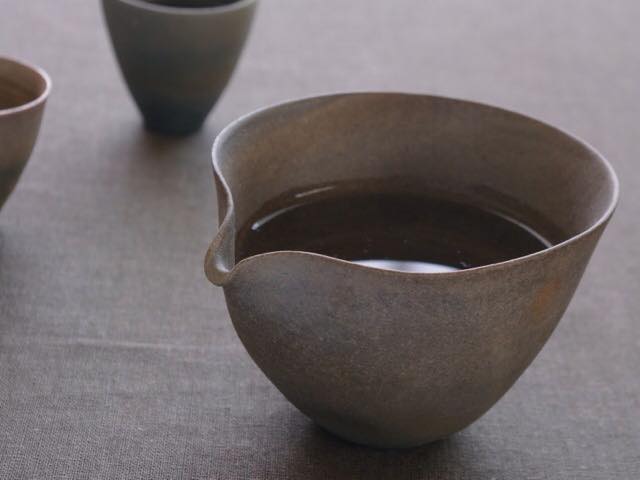
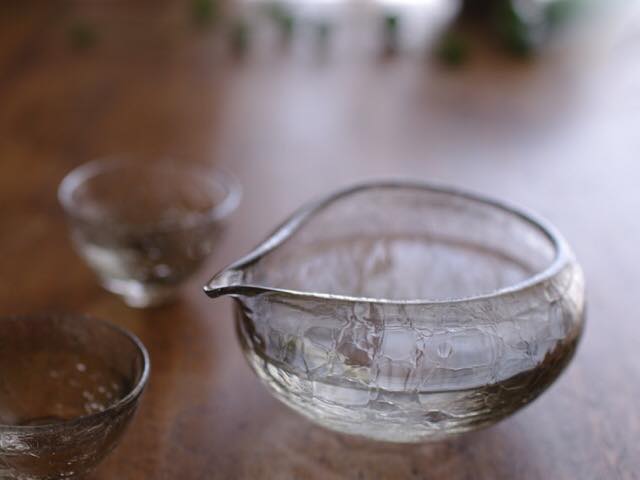
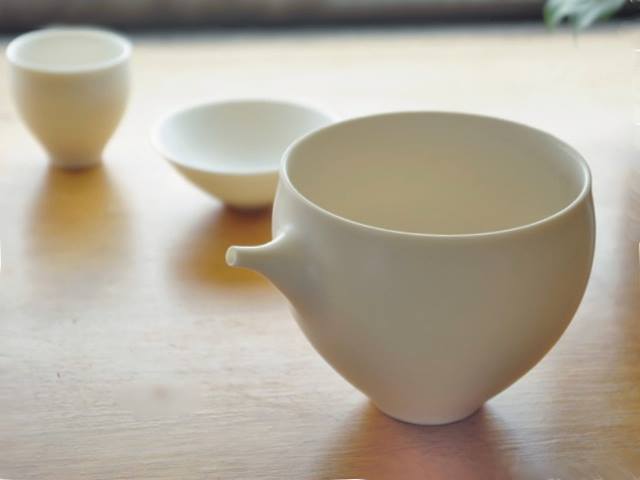
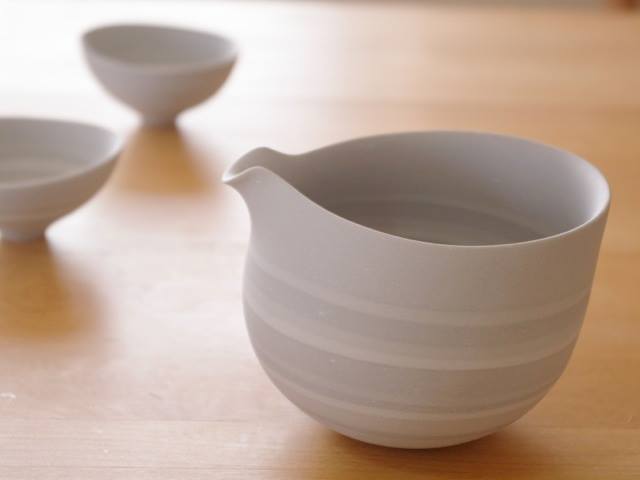
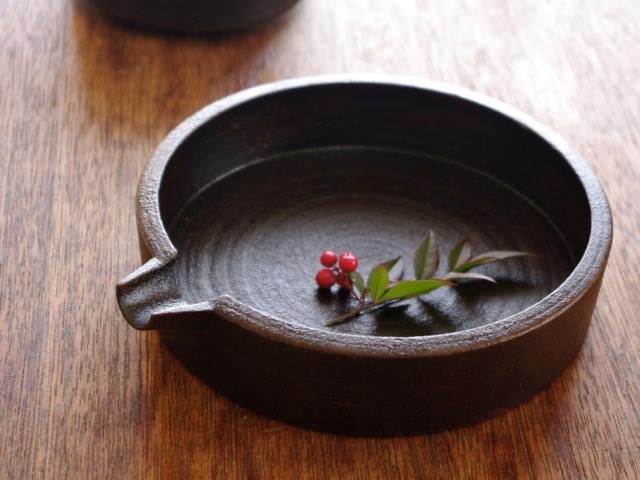
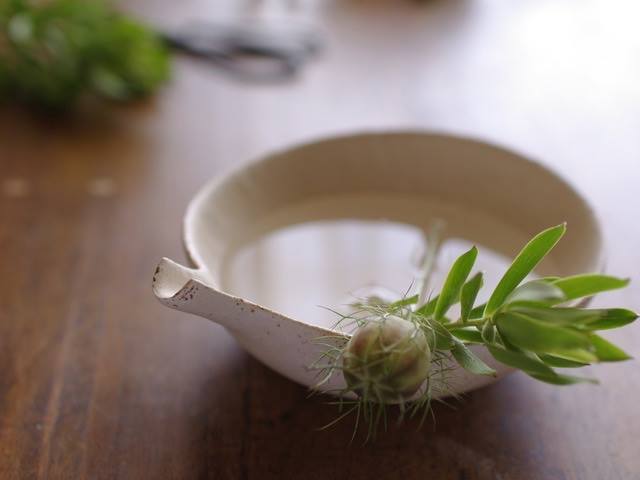
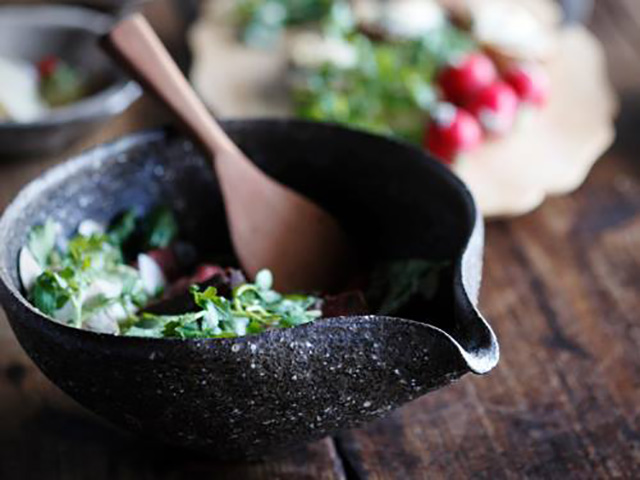

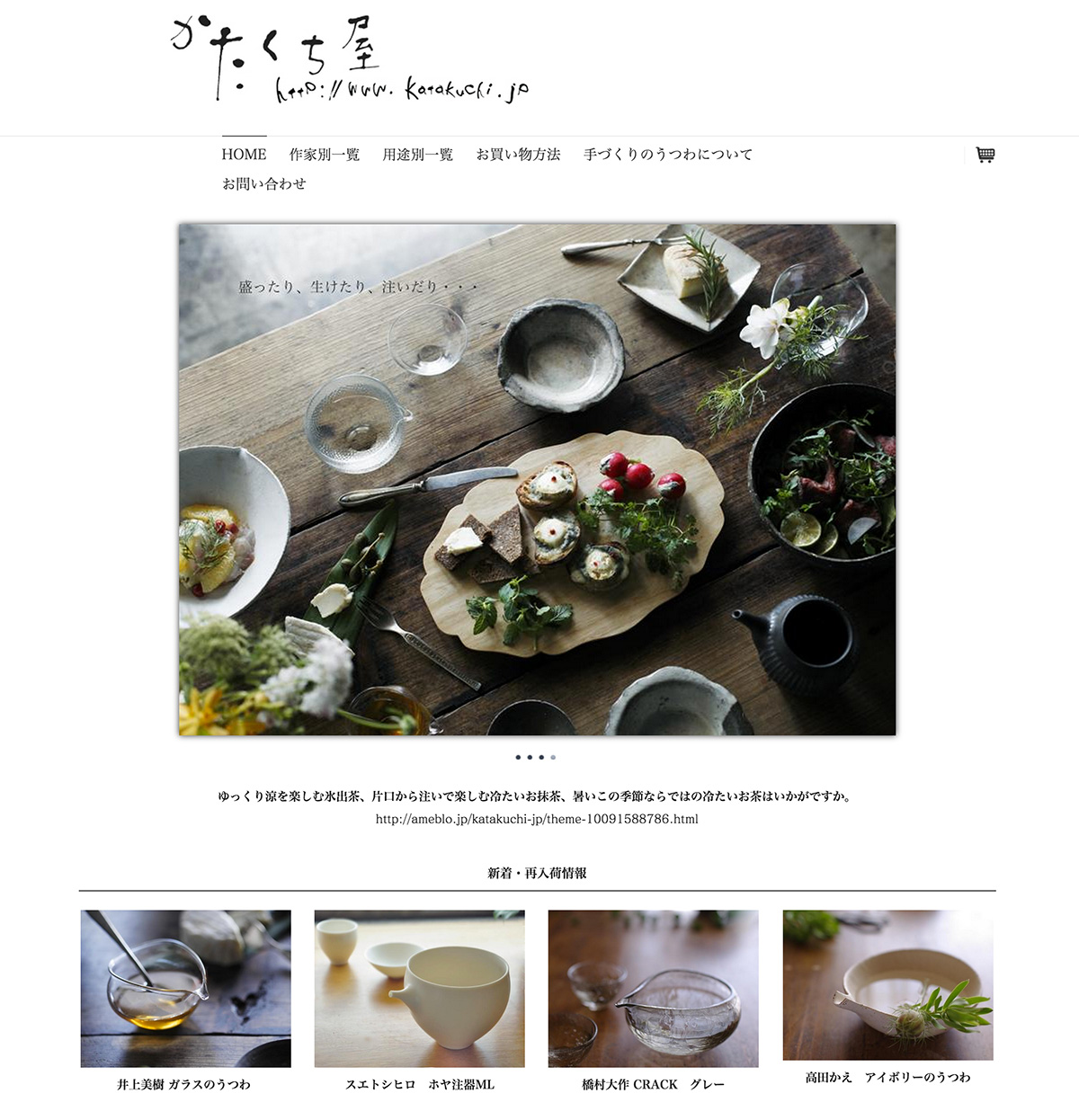
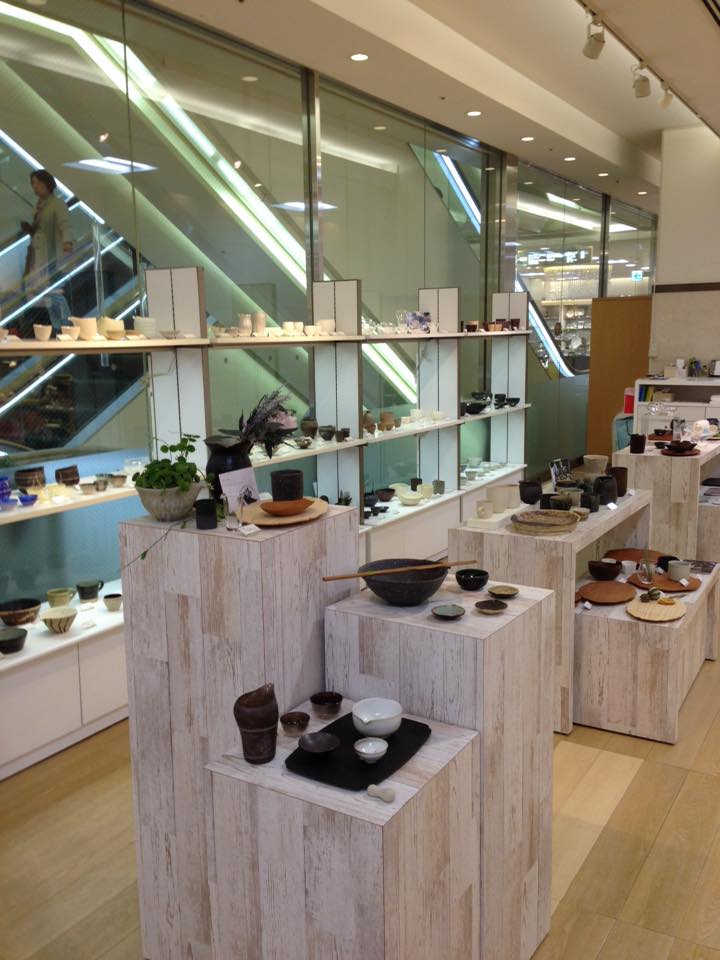
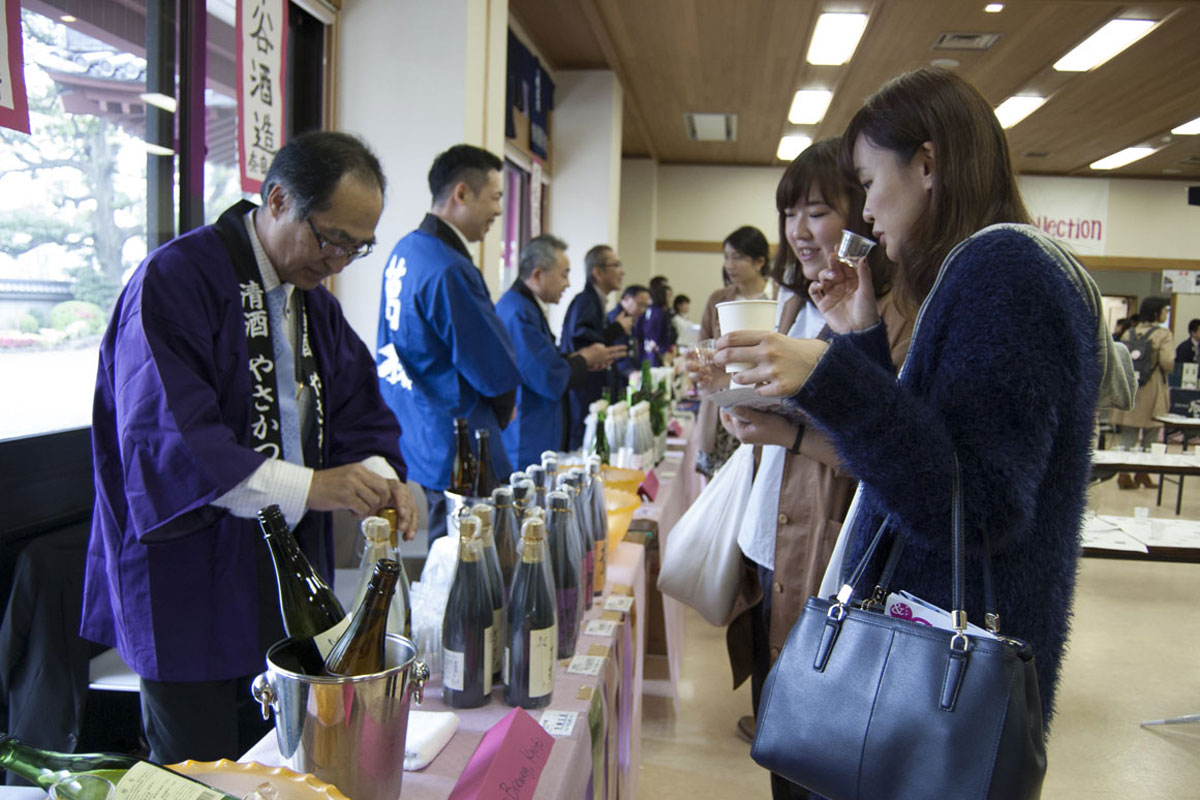
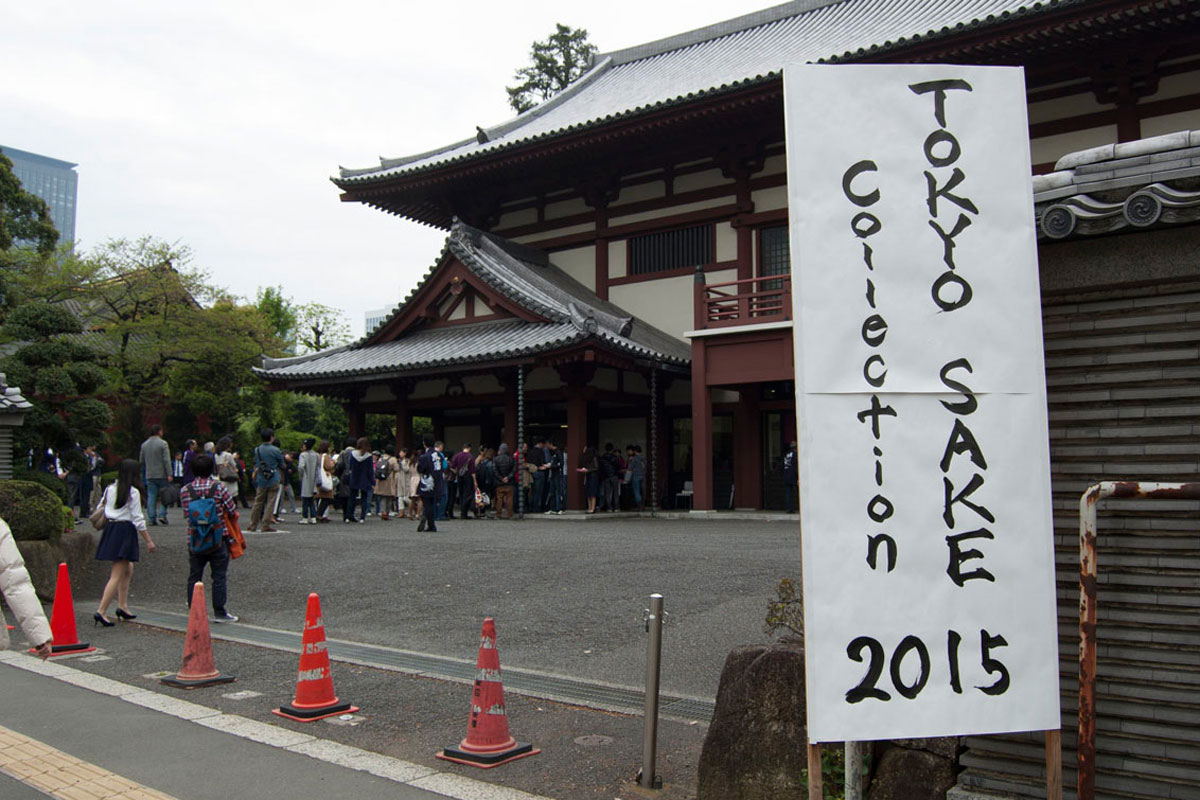

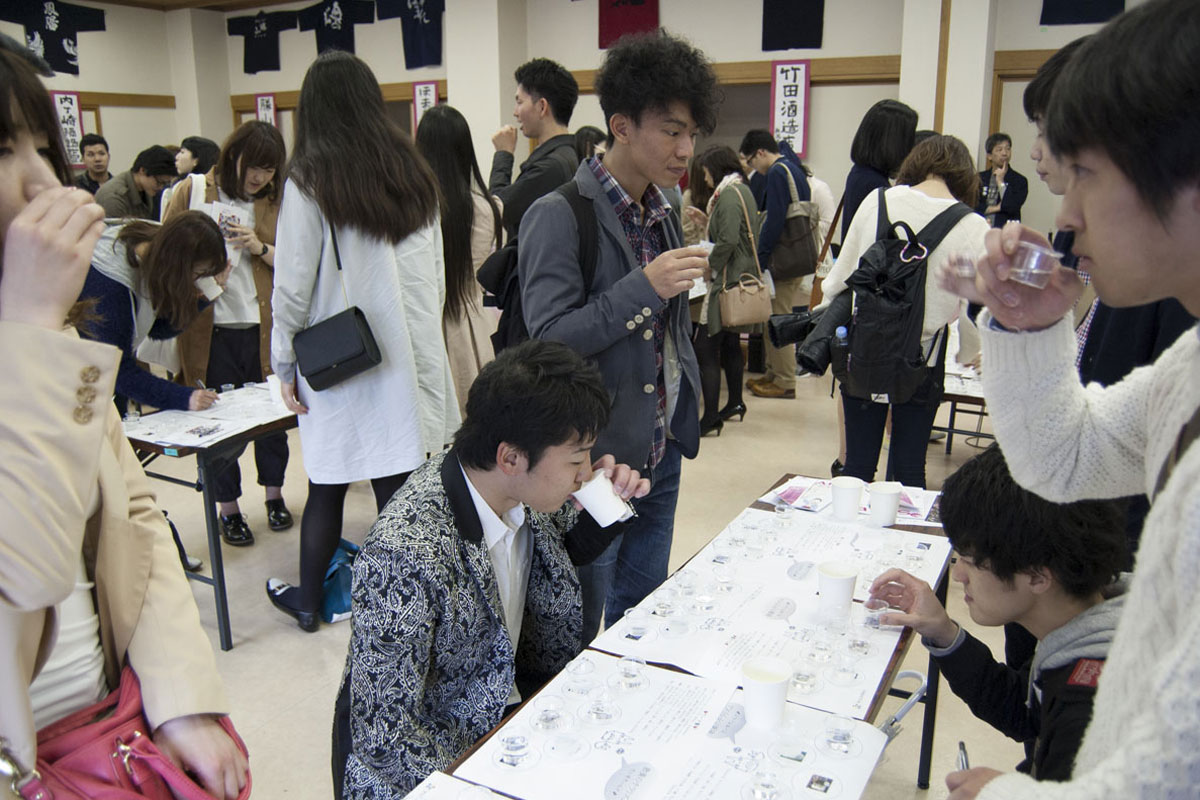
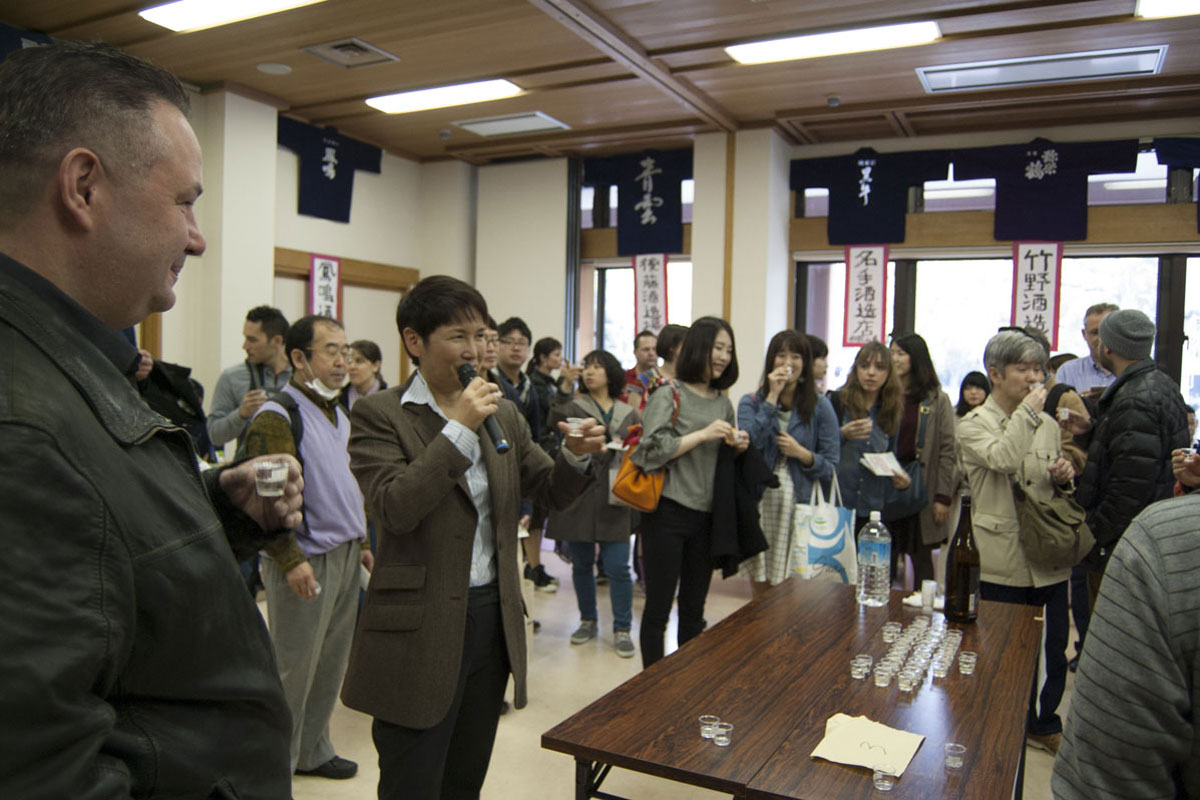
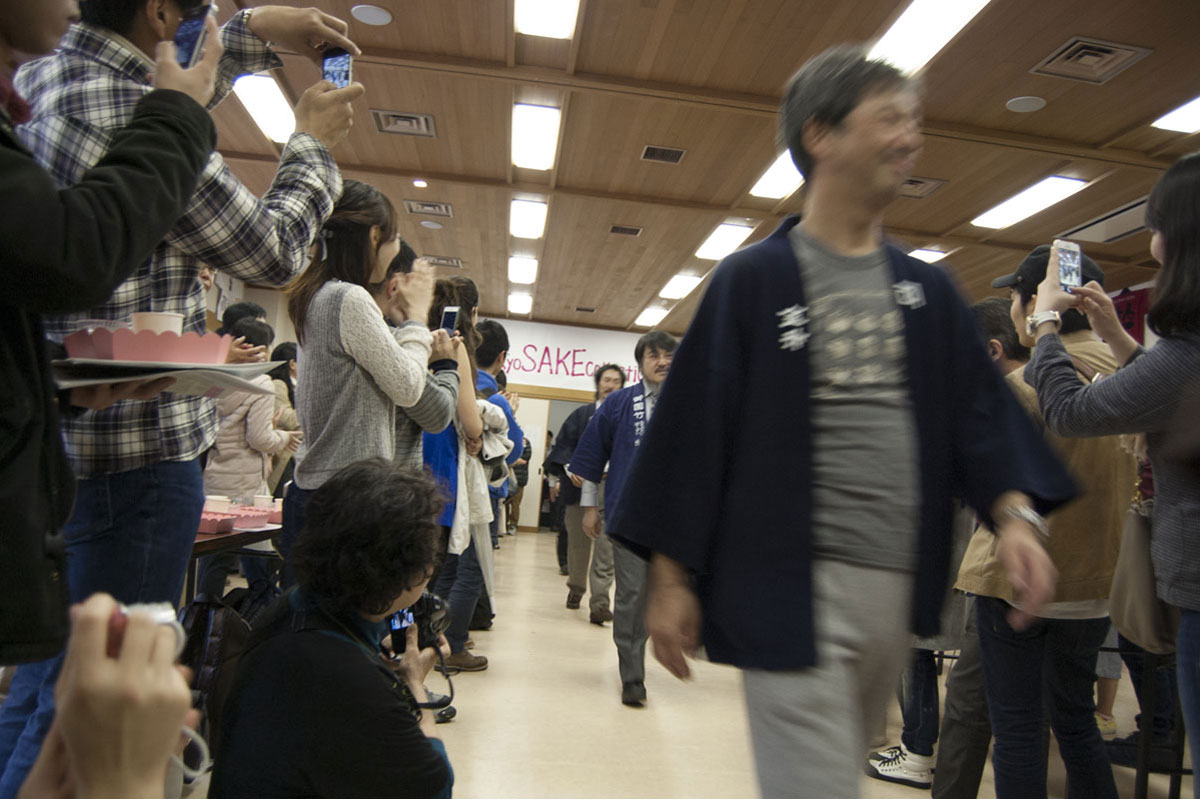


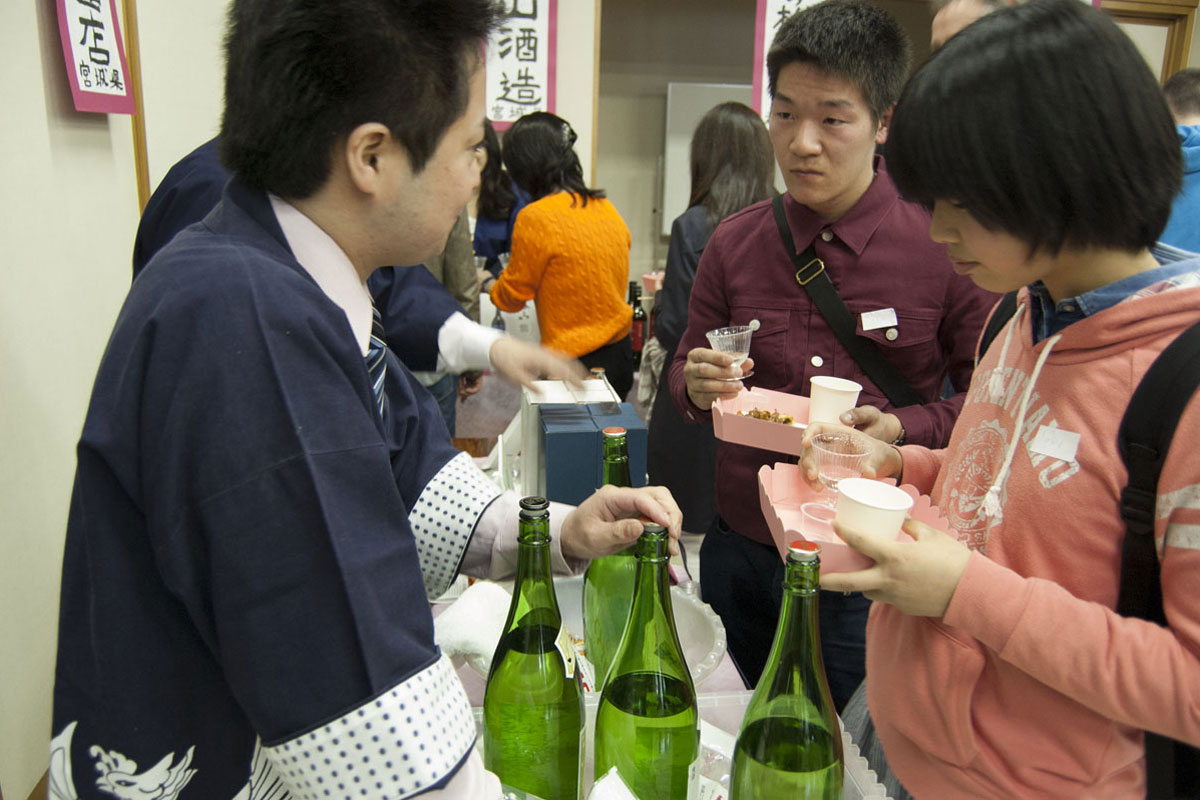
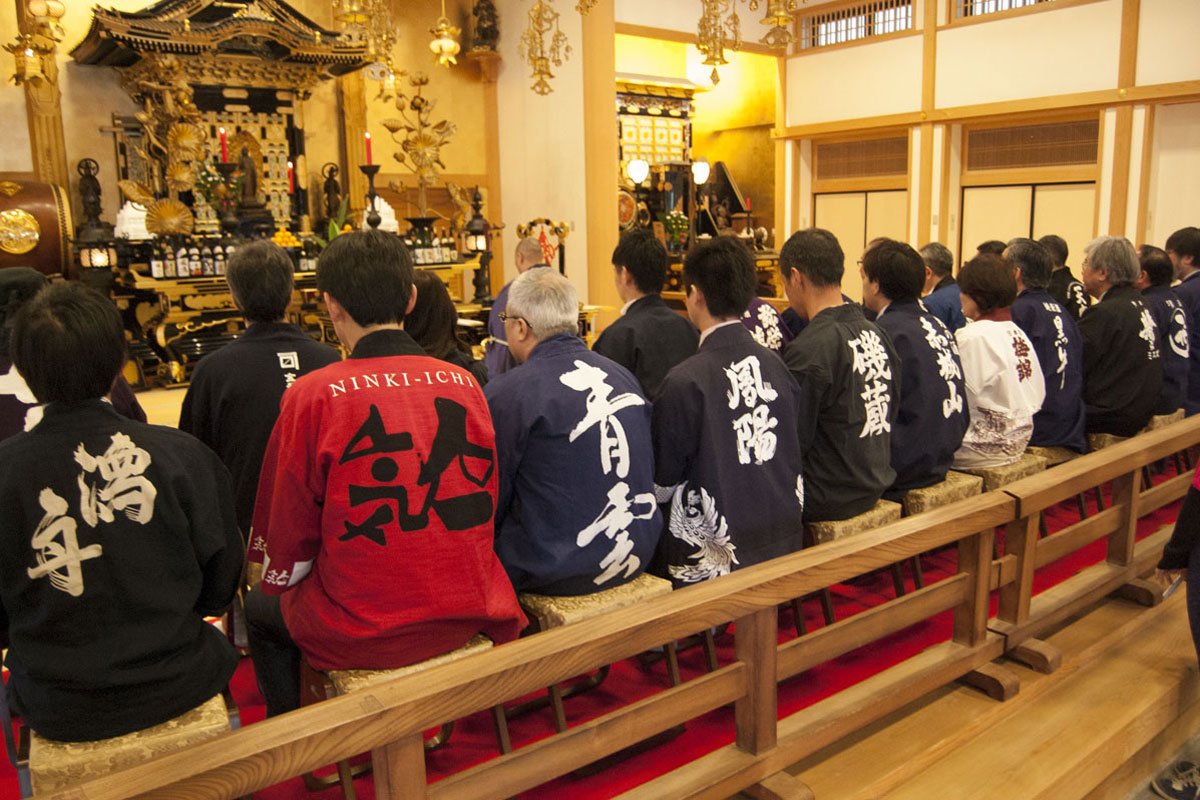 ▲During a break from the festivities, representatives from each brewery make an offering of fresh sake and a prayer at Zojoji Temple.
▲During a break from the festivities, representatives from each brewery make an offering of fresh sake and a prayer at Zojoji Temple.